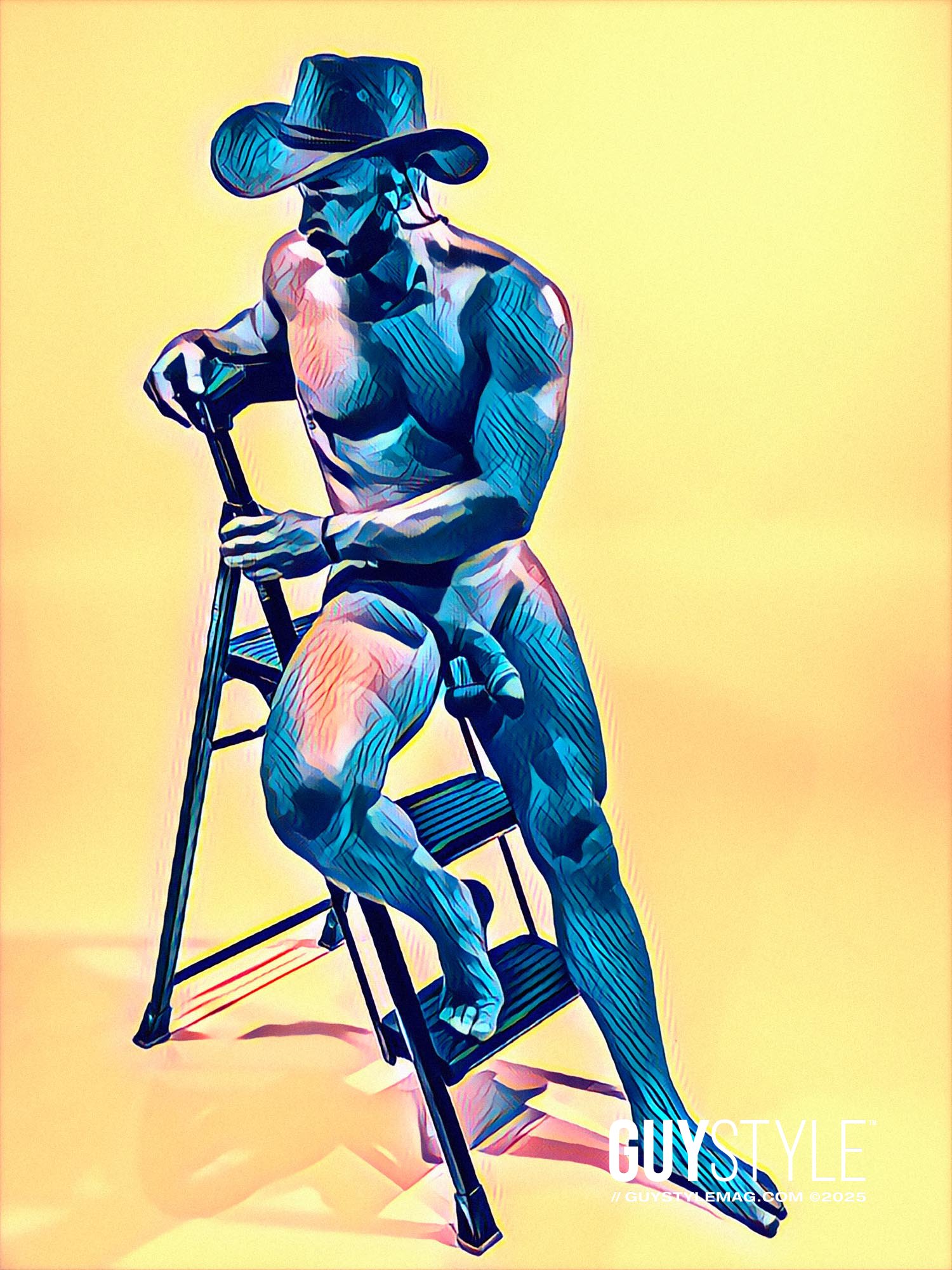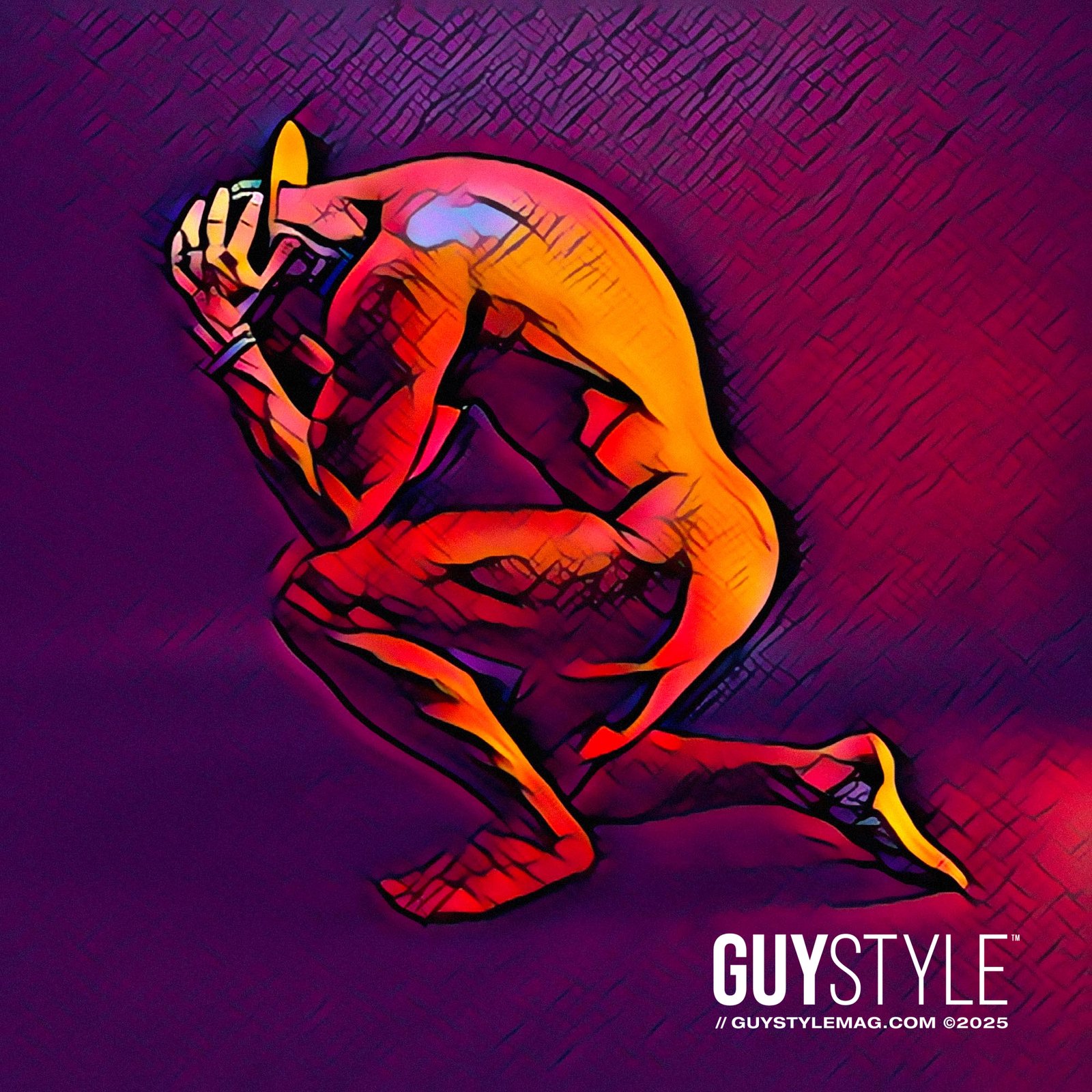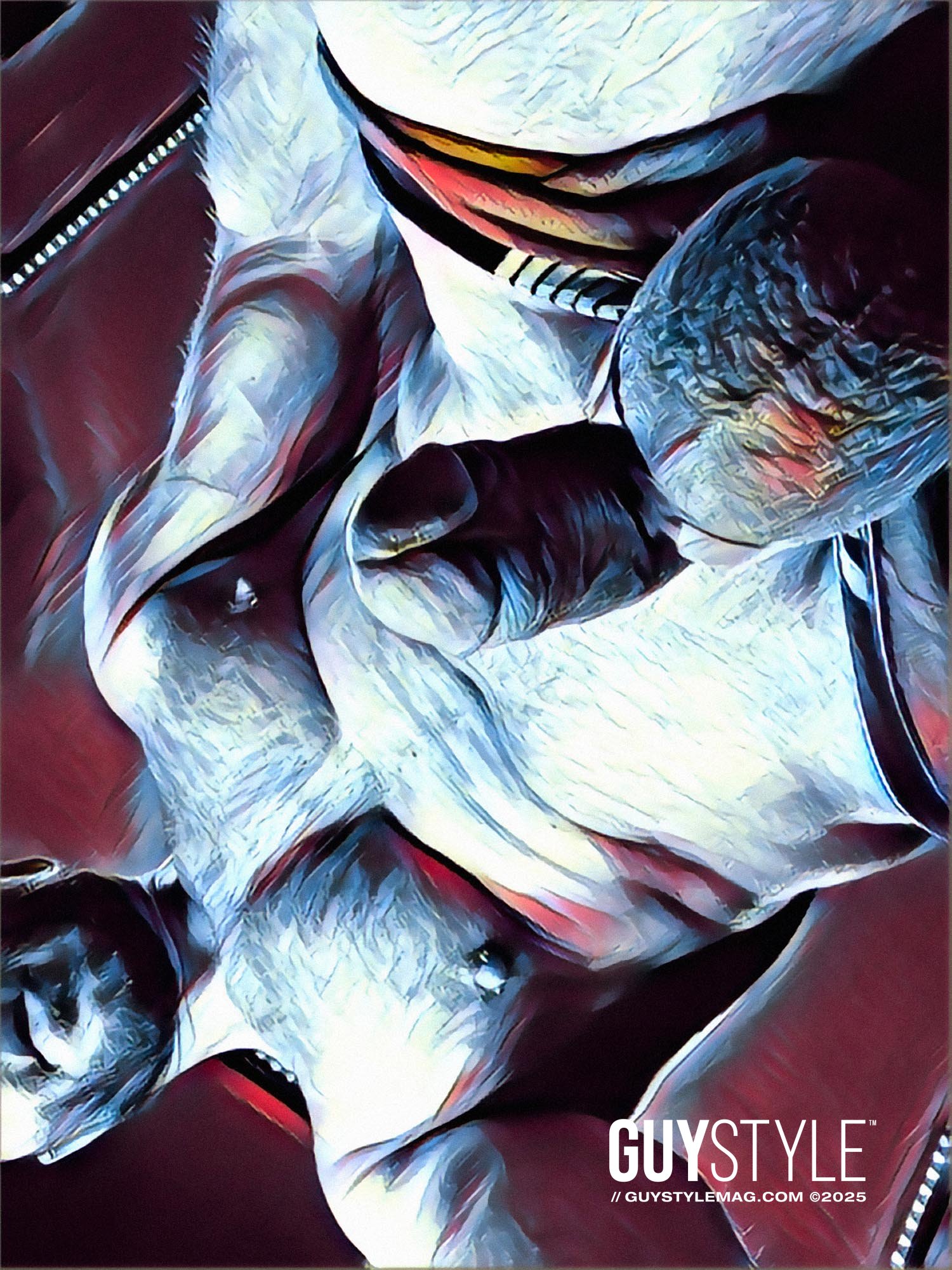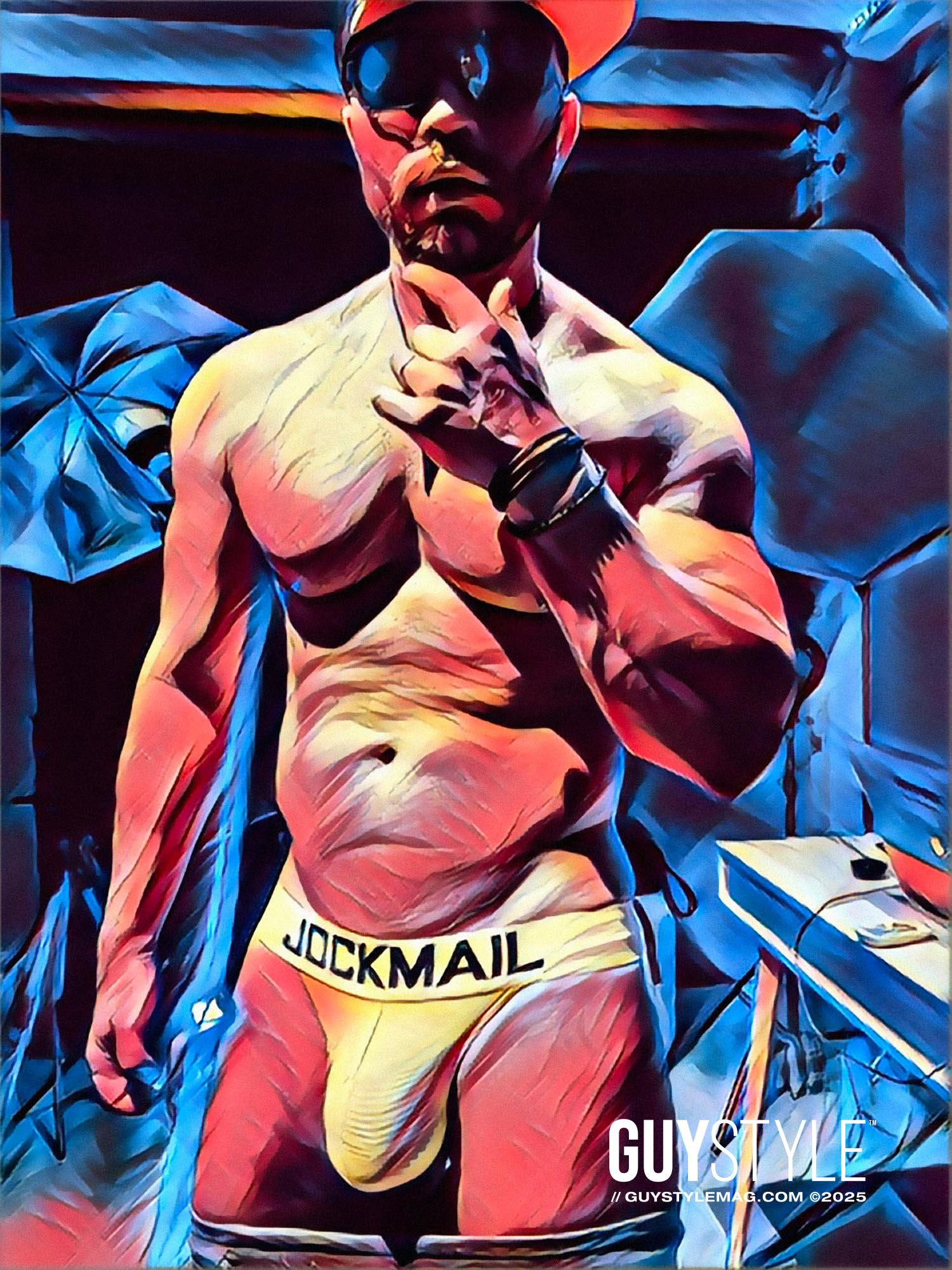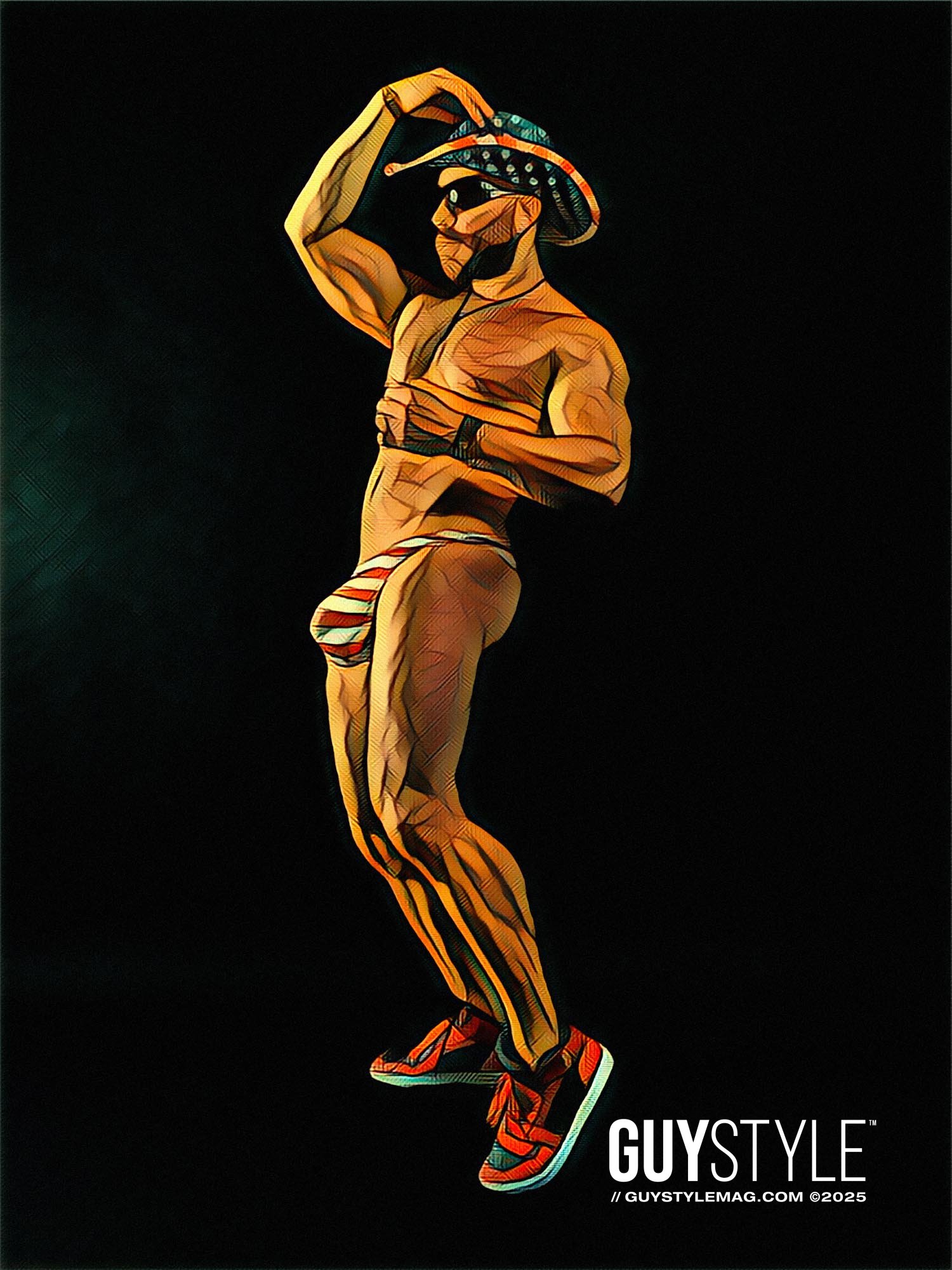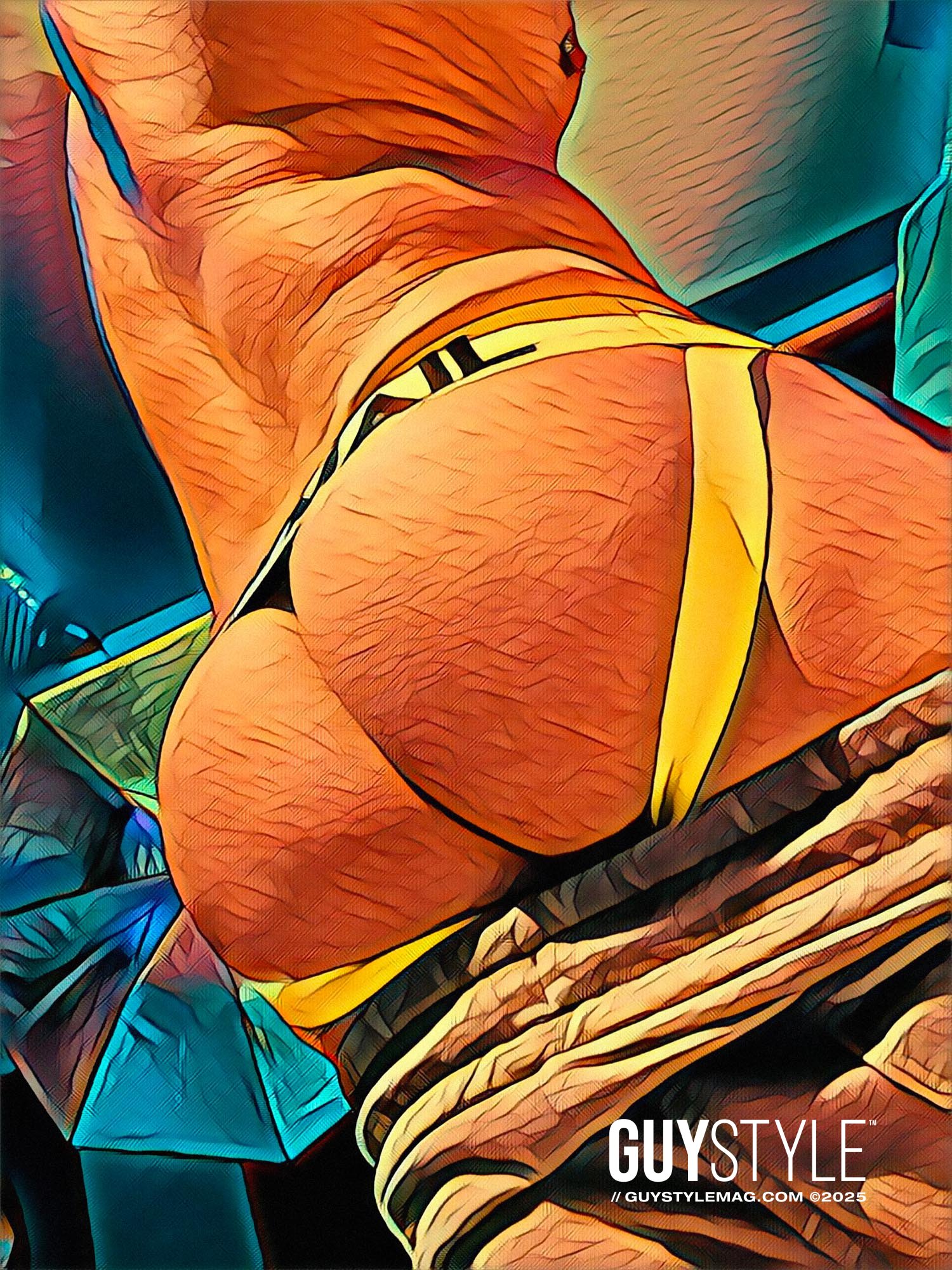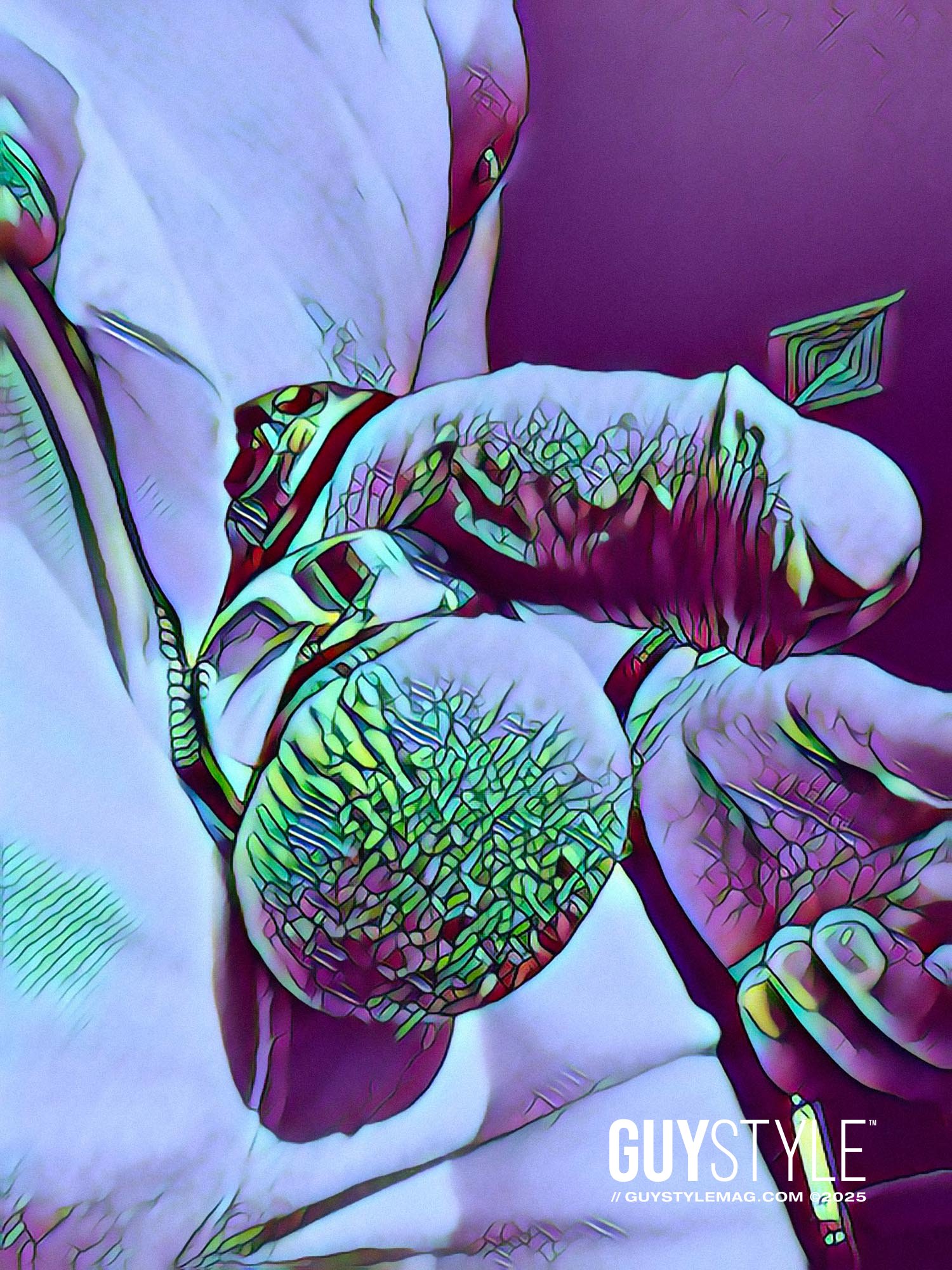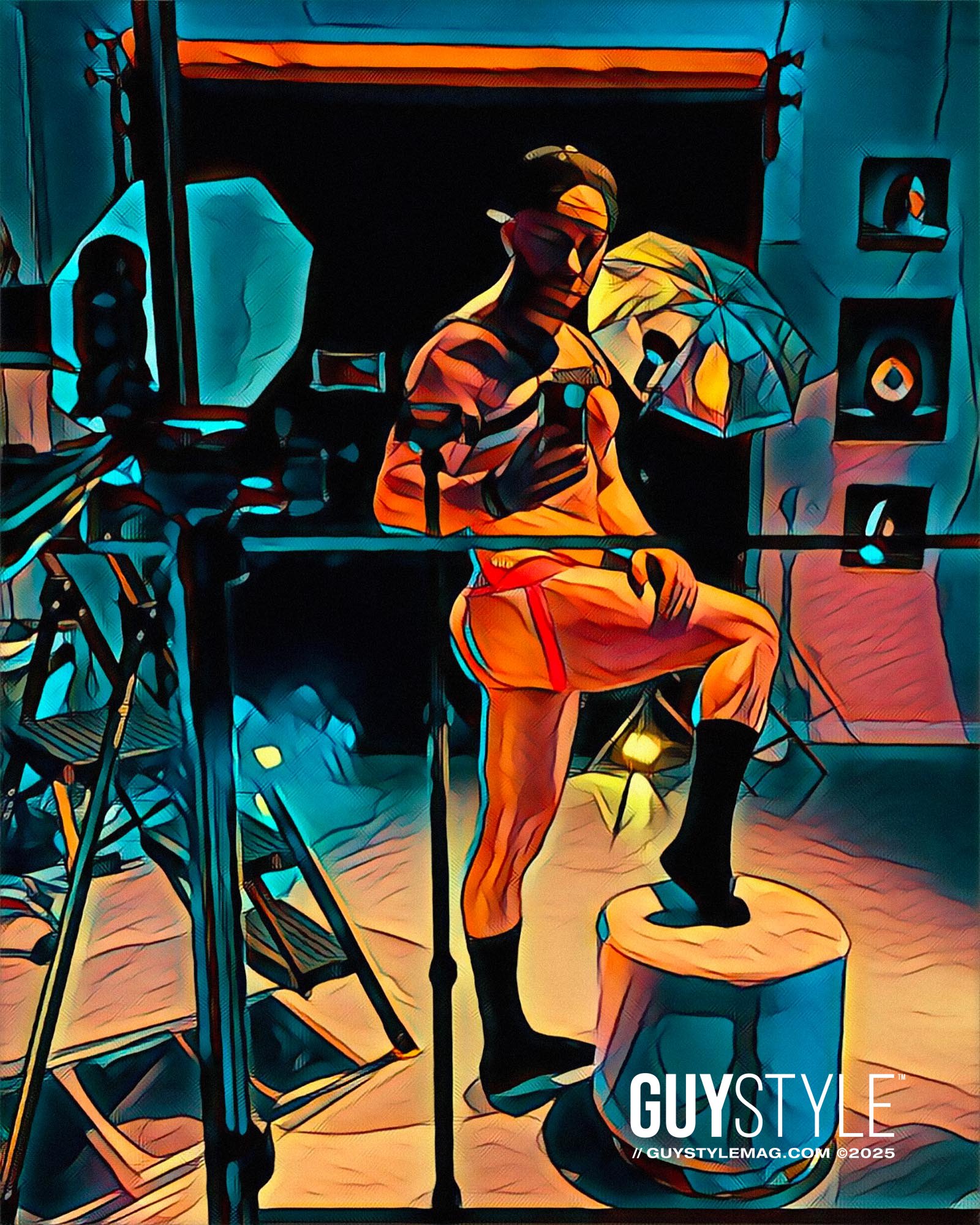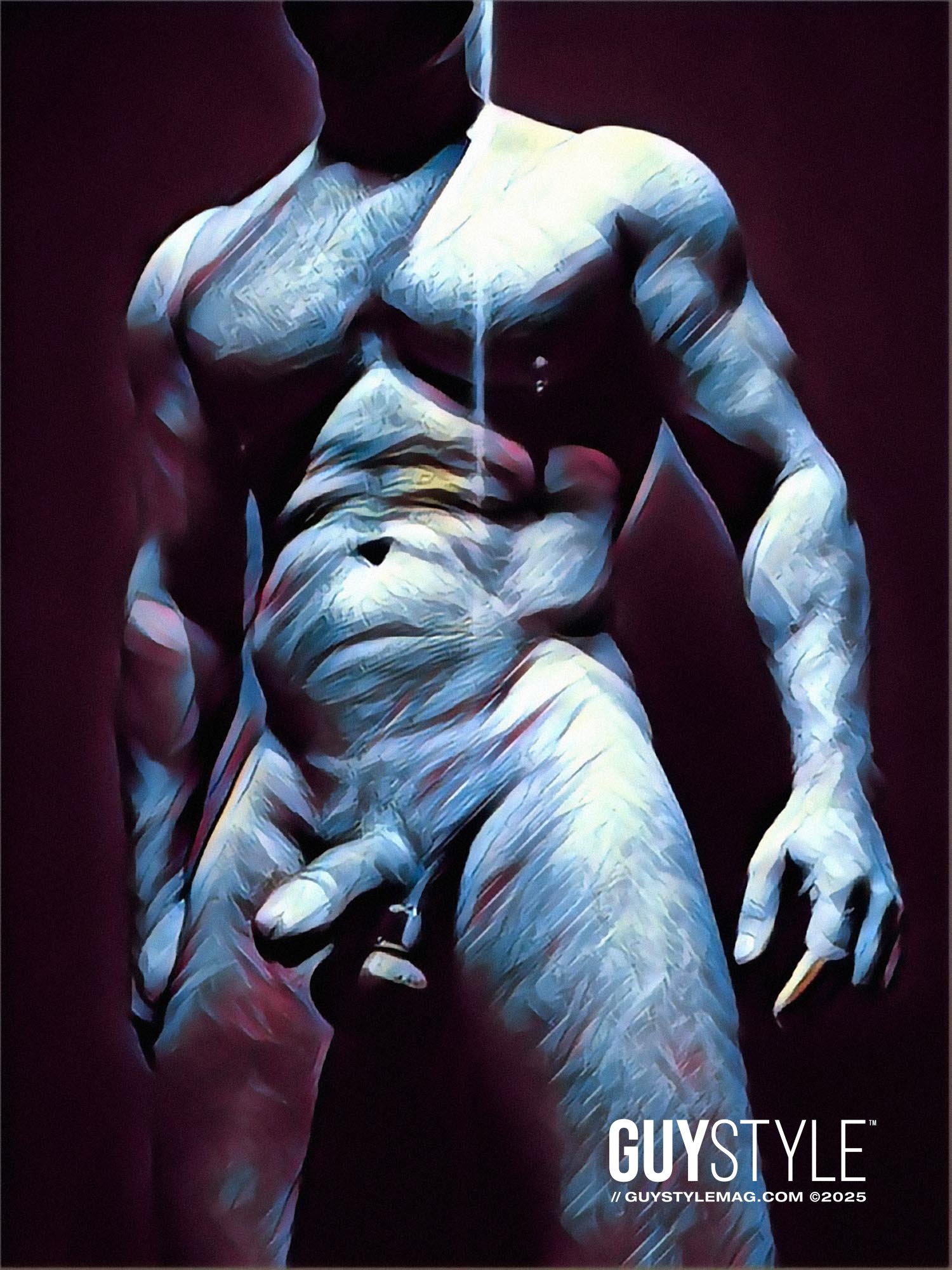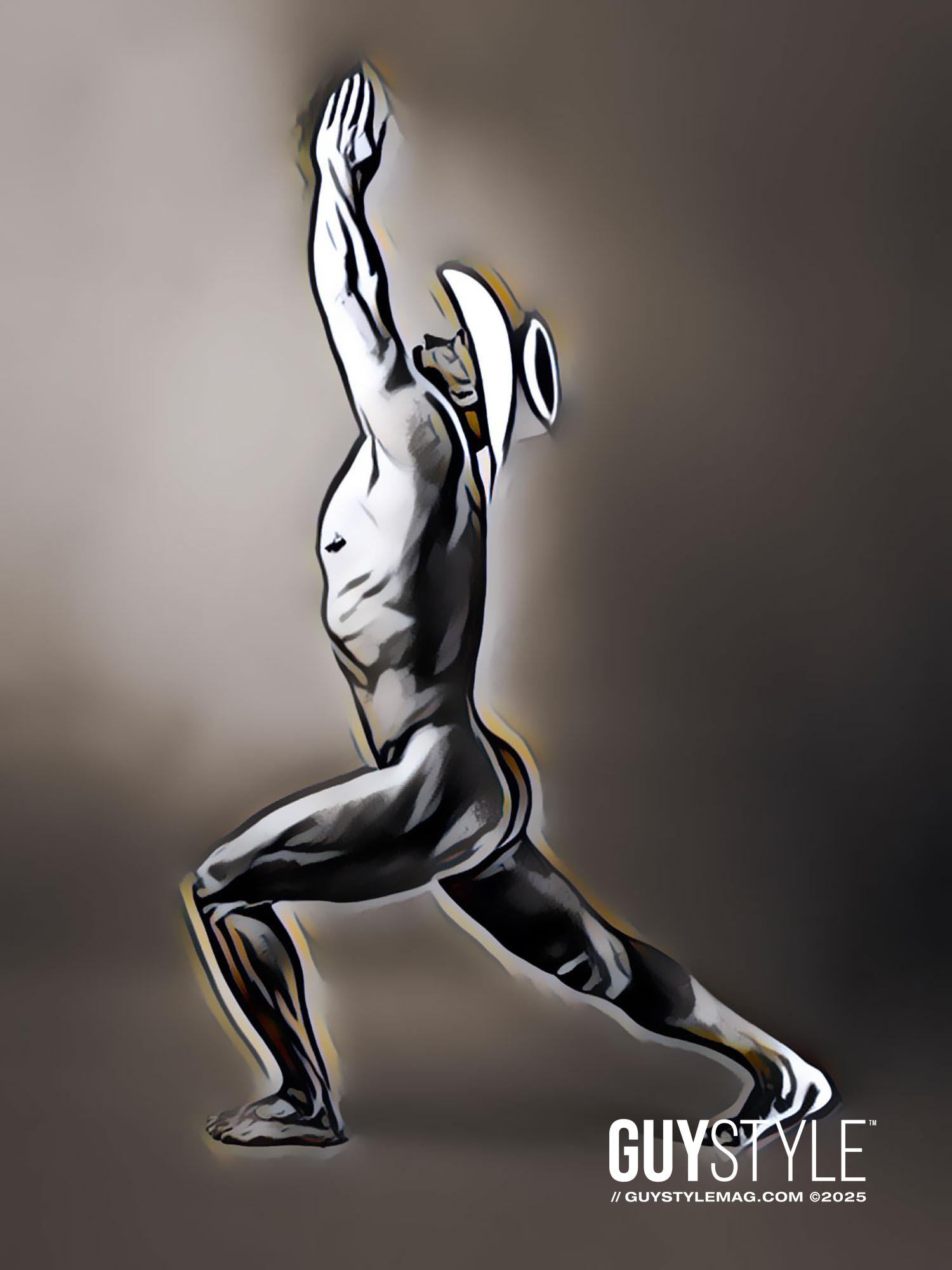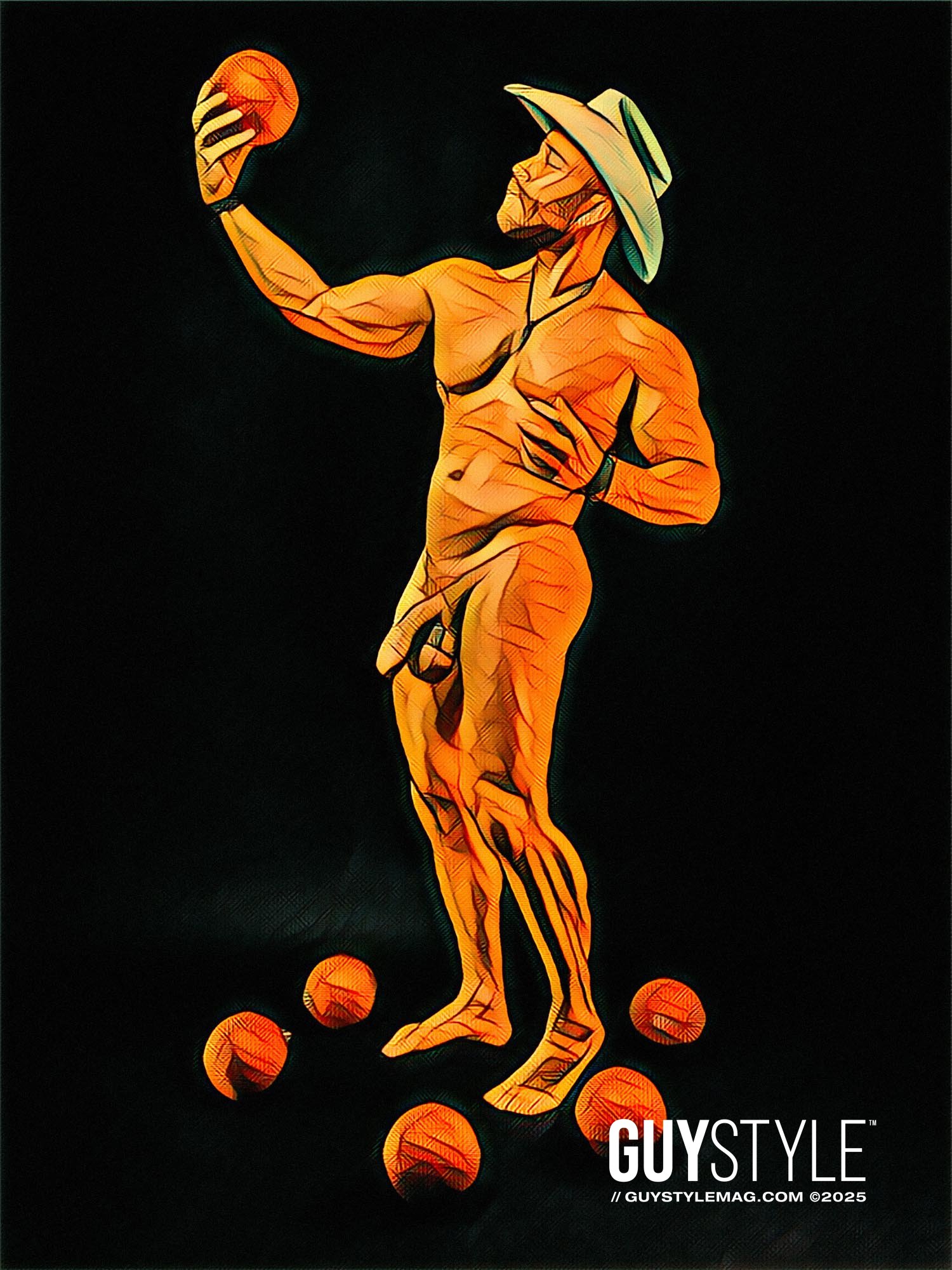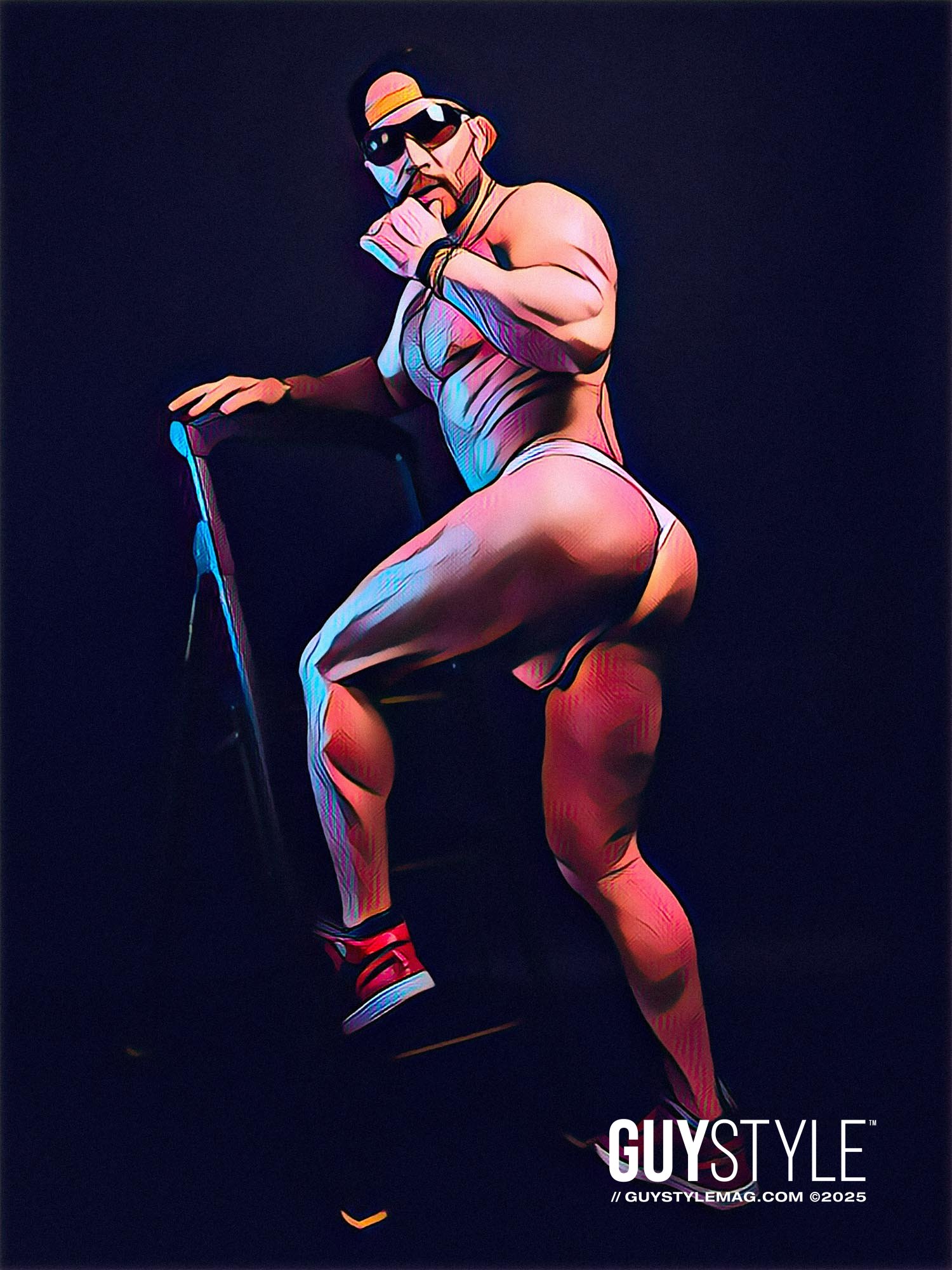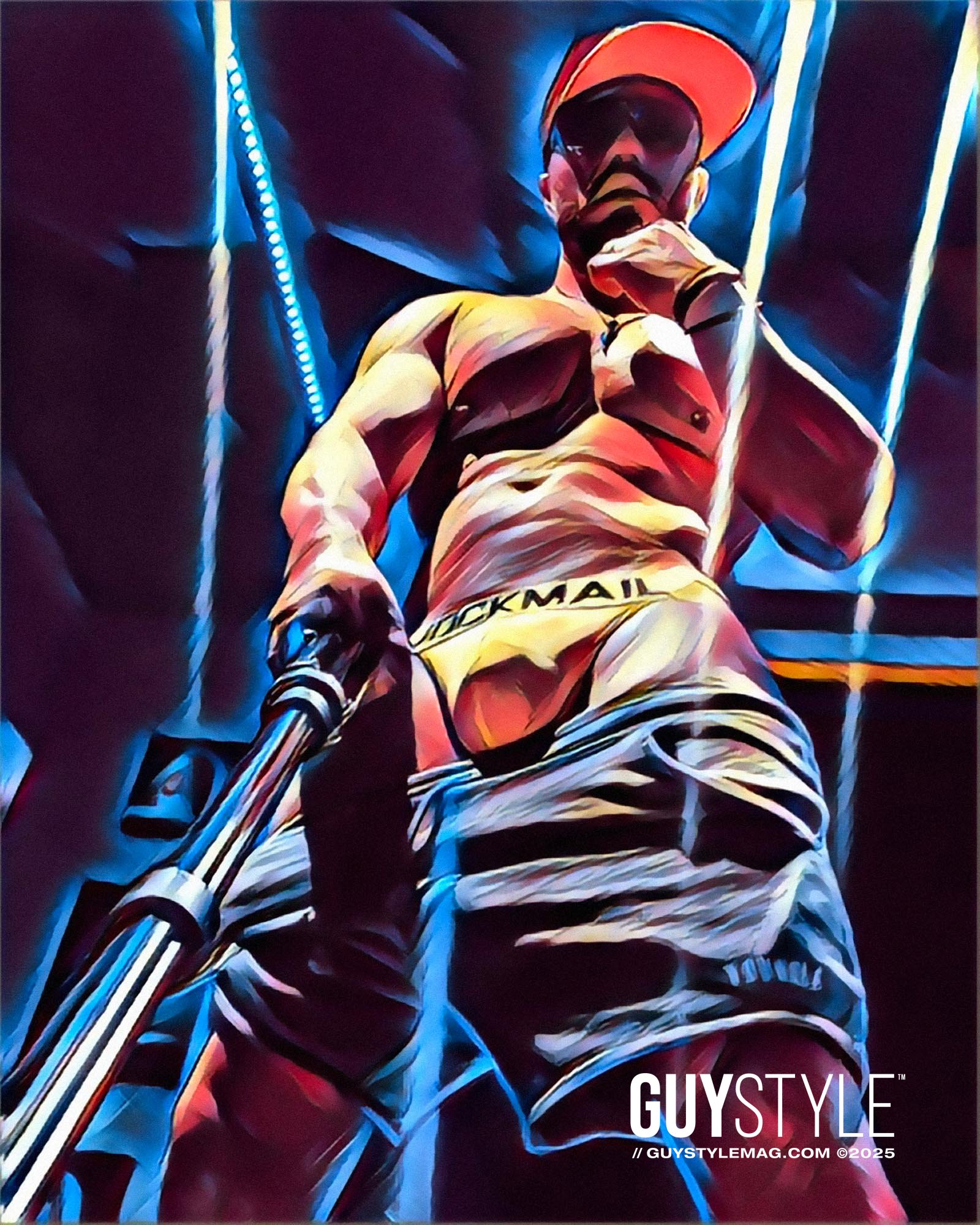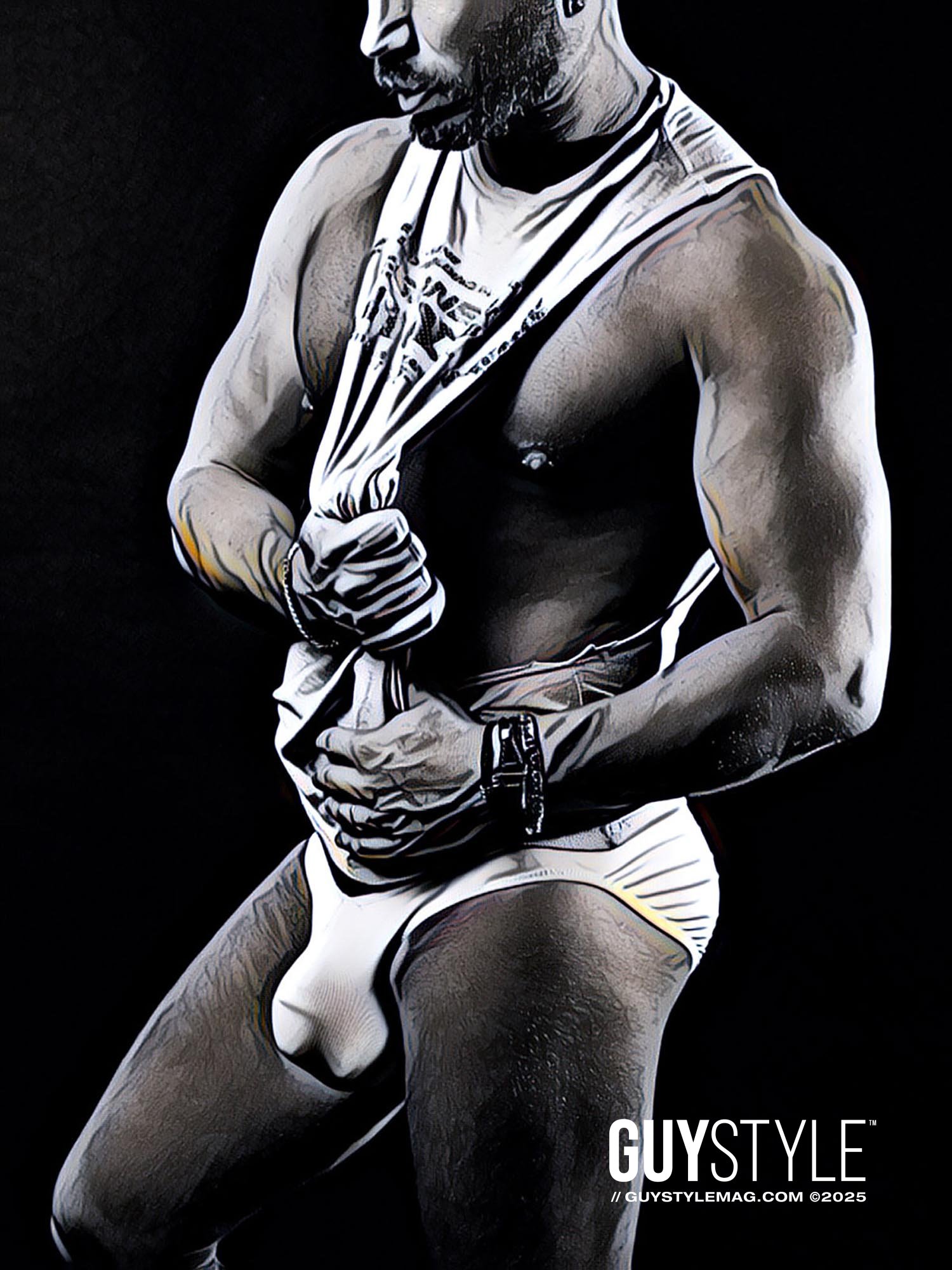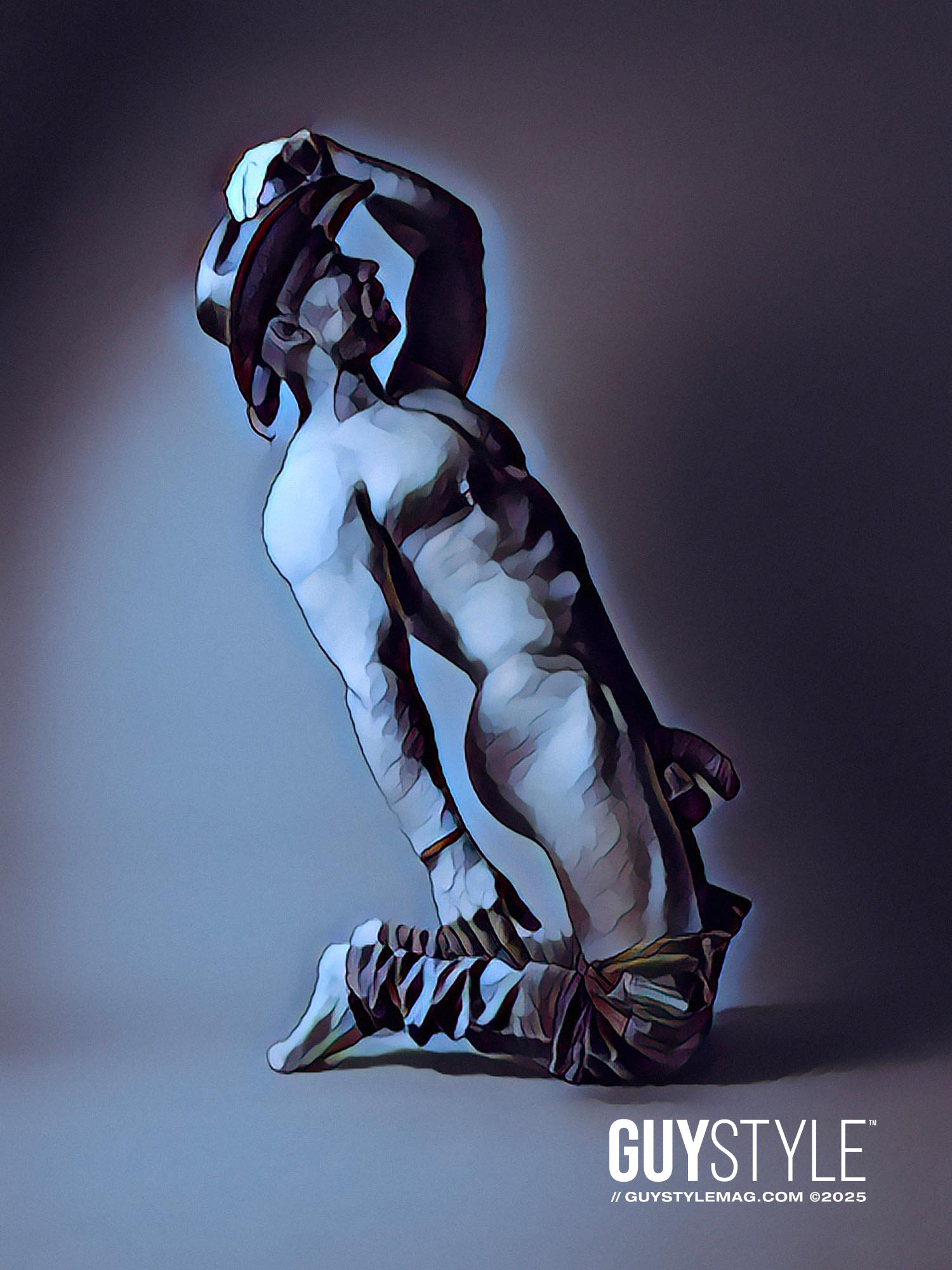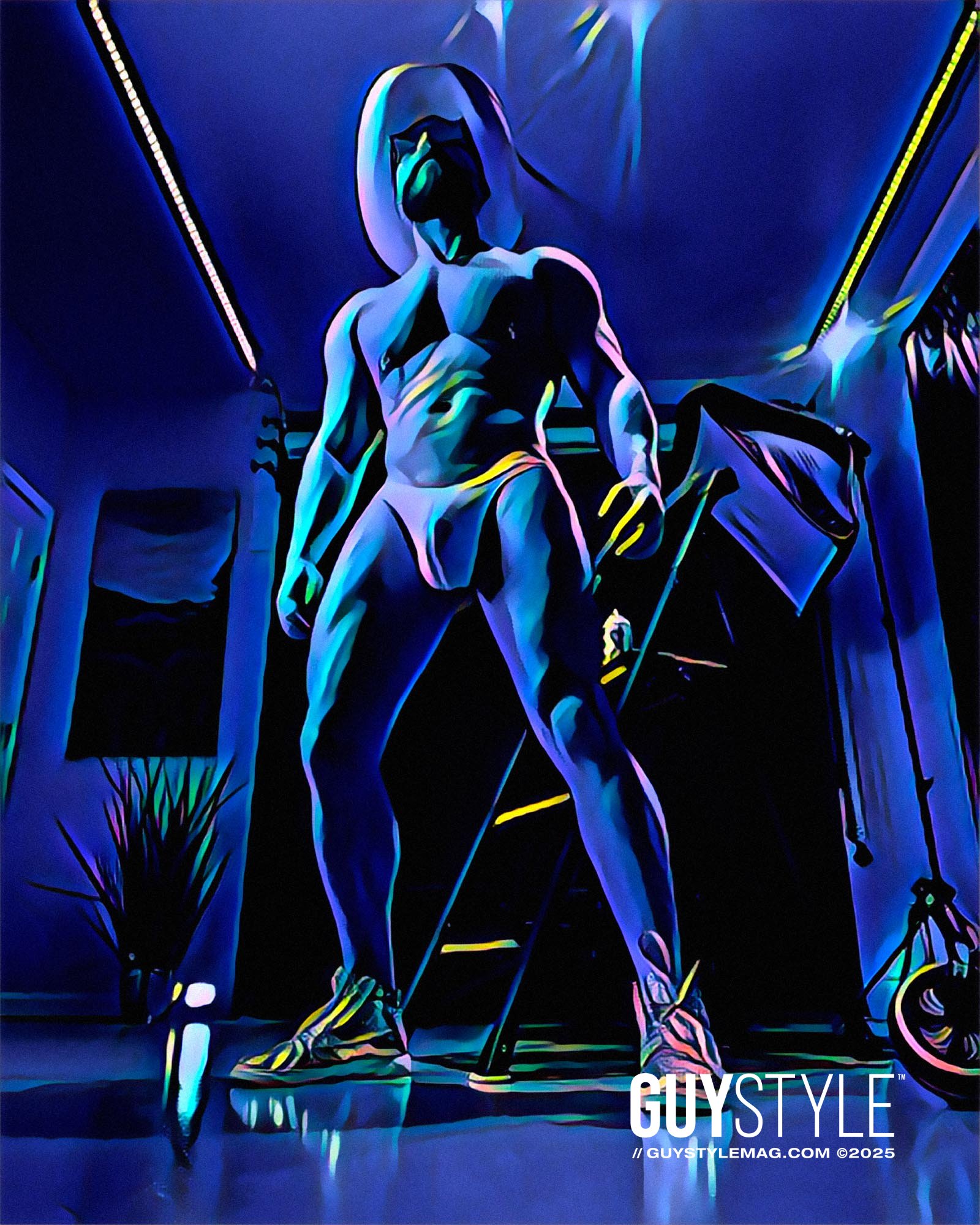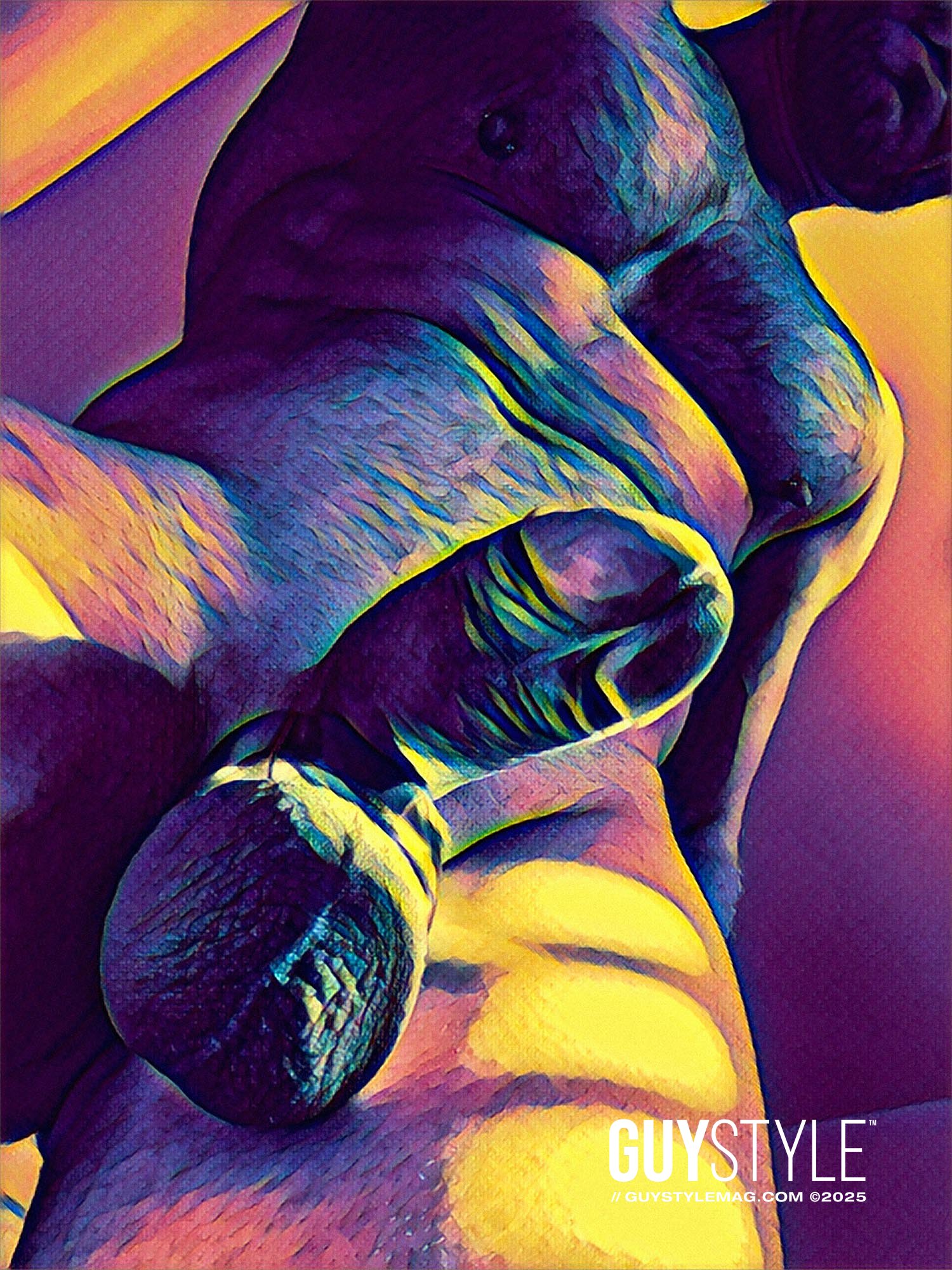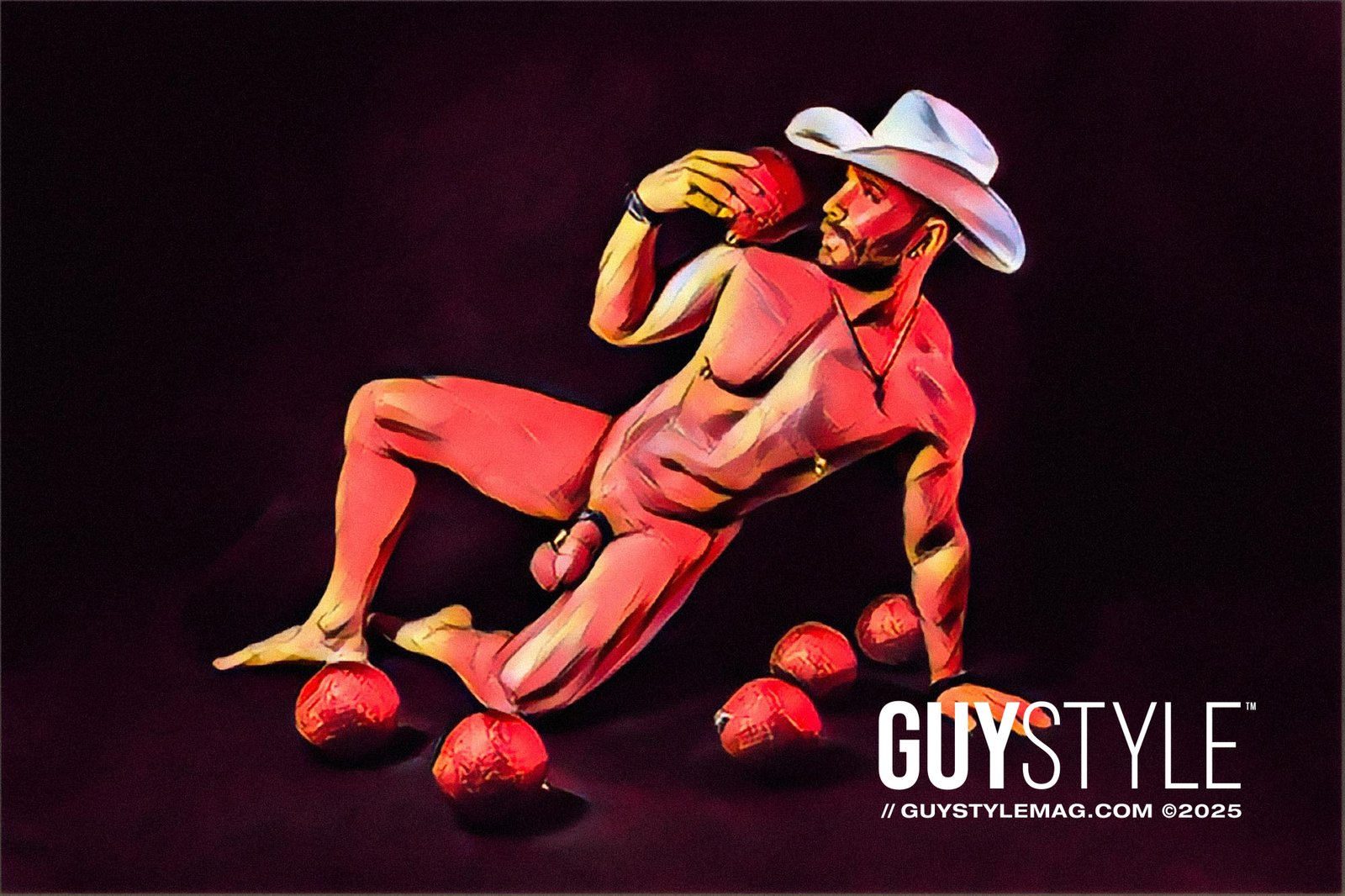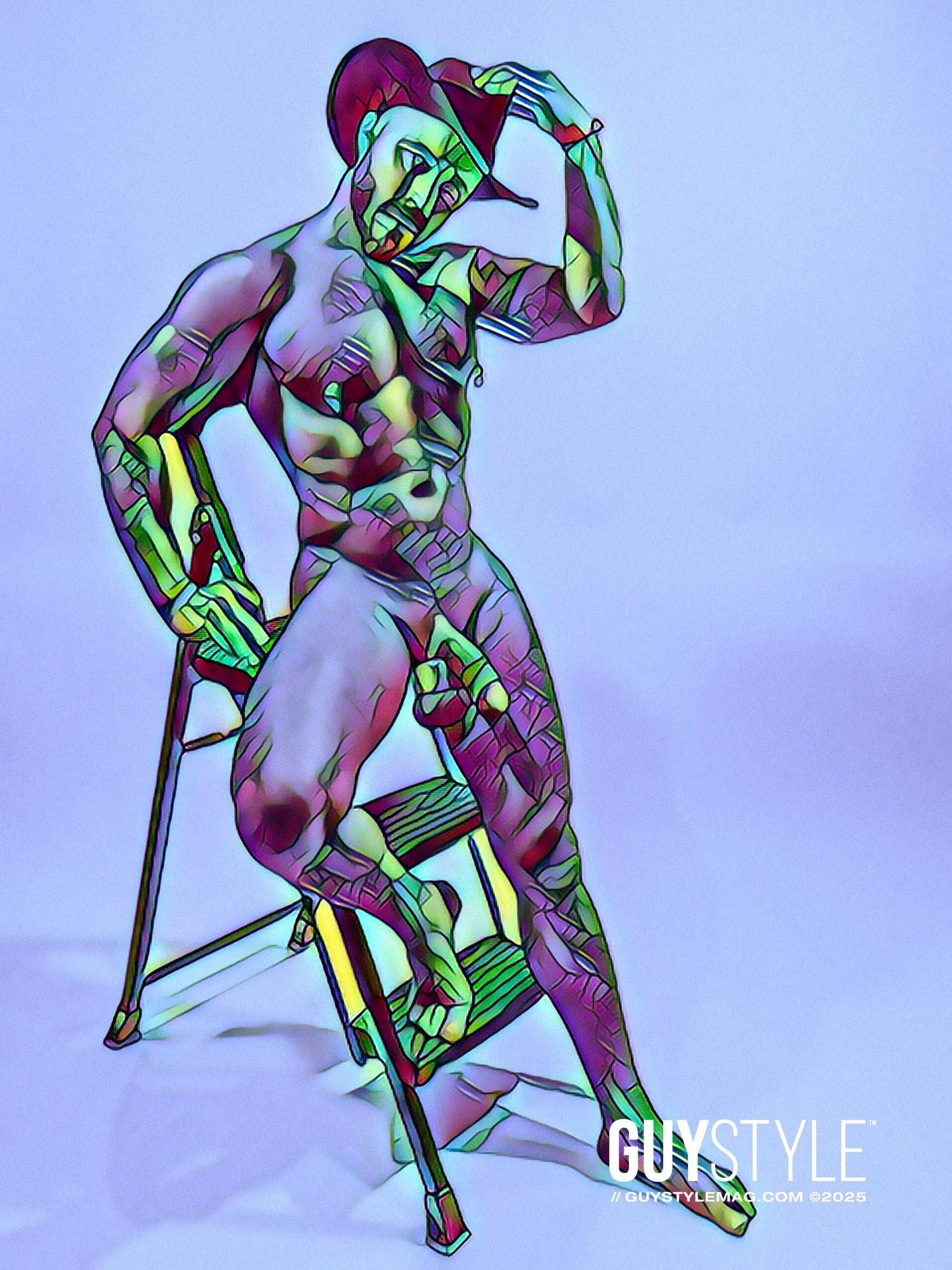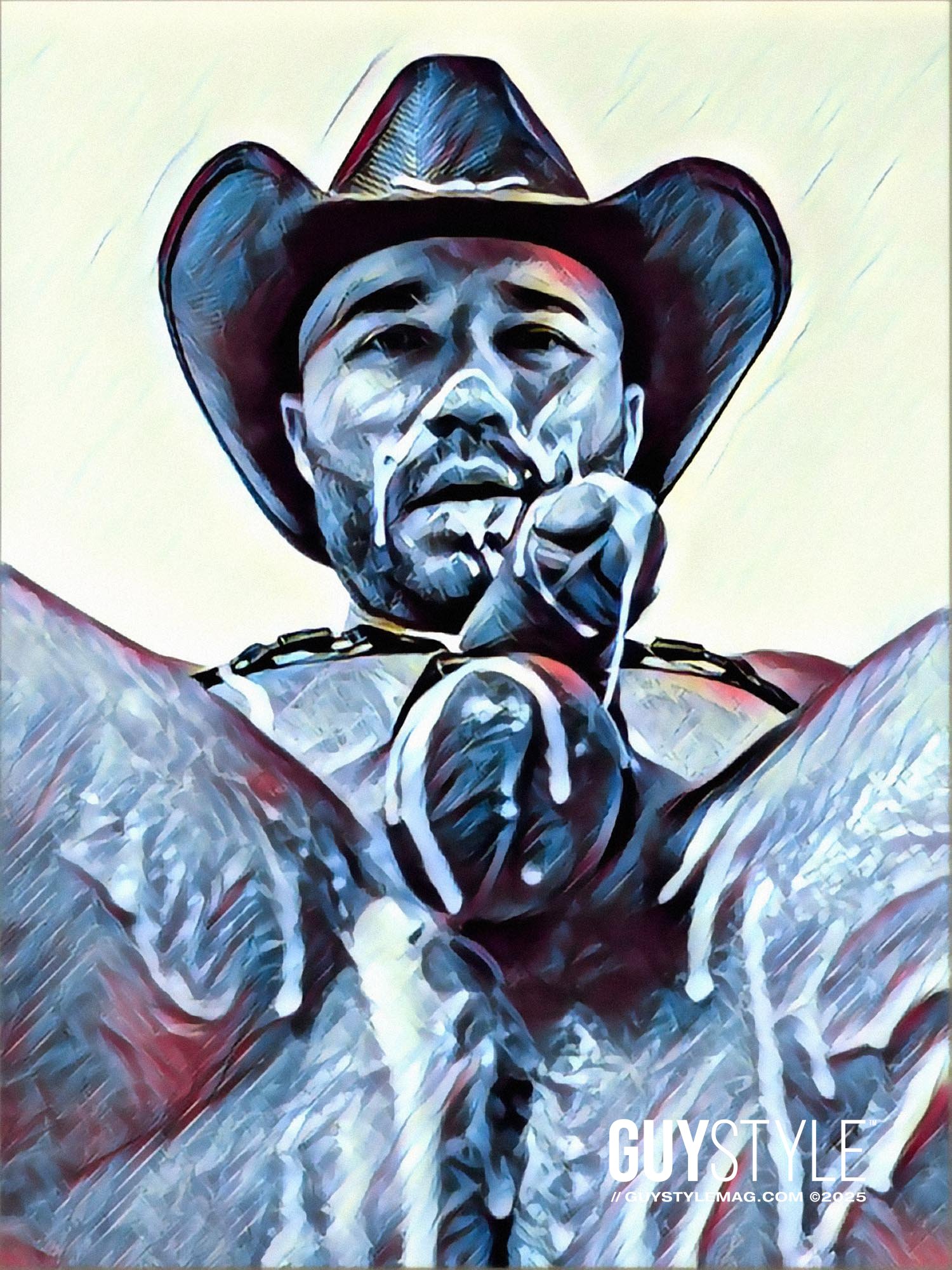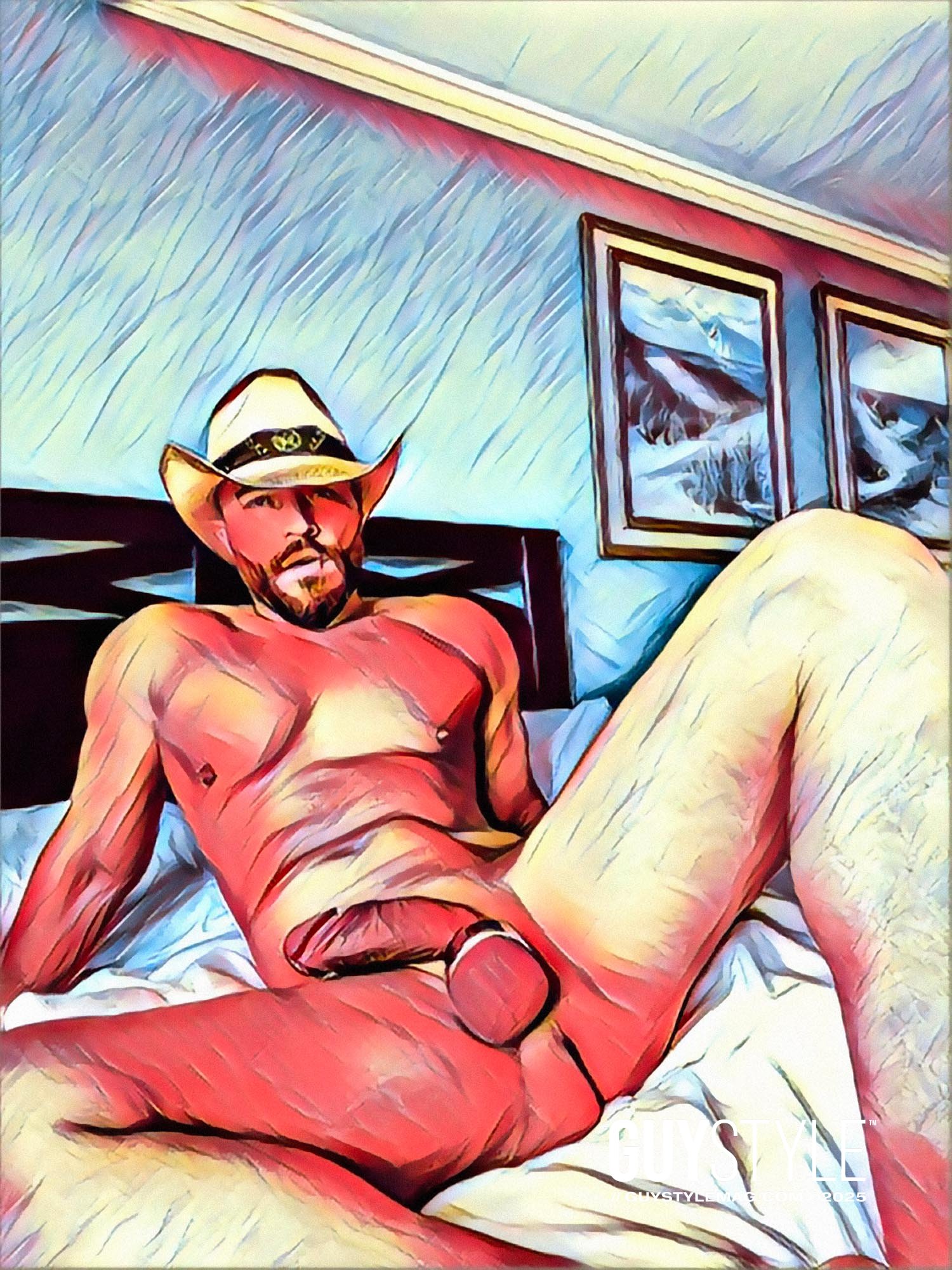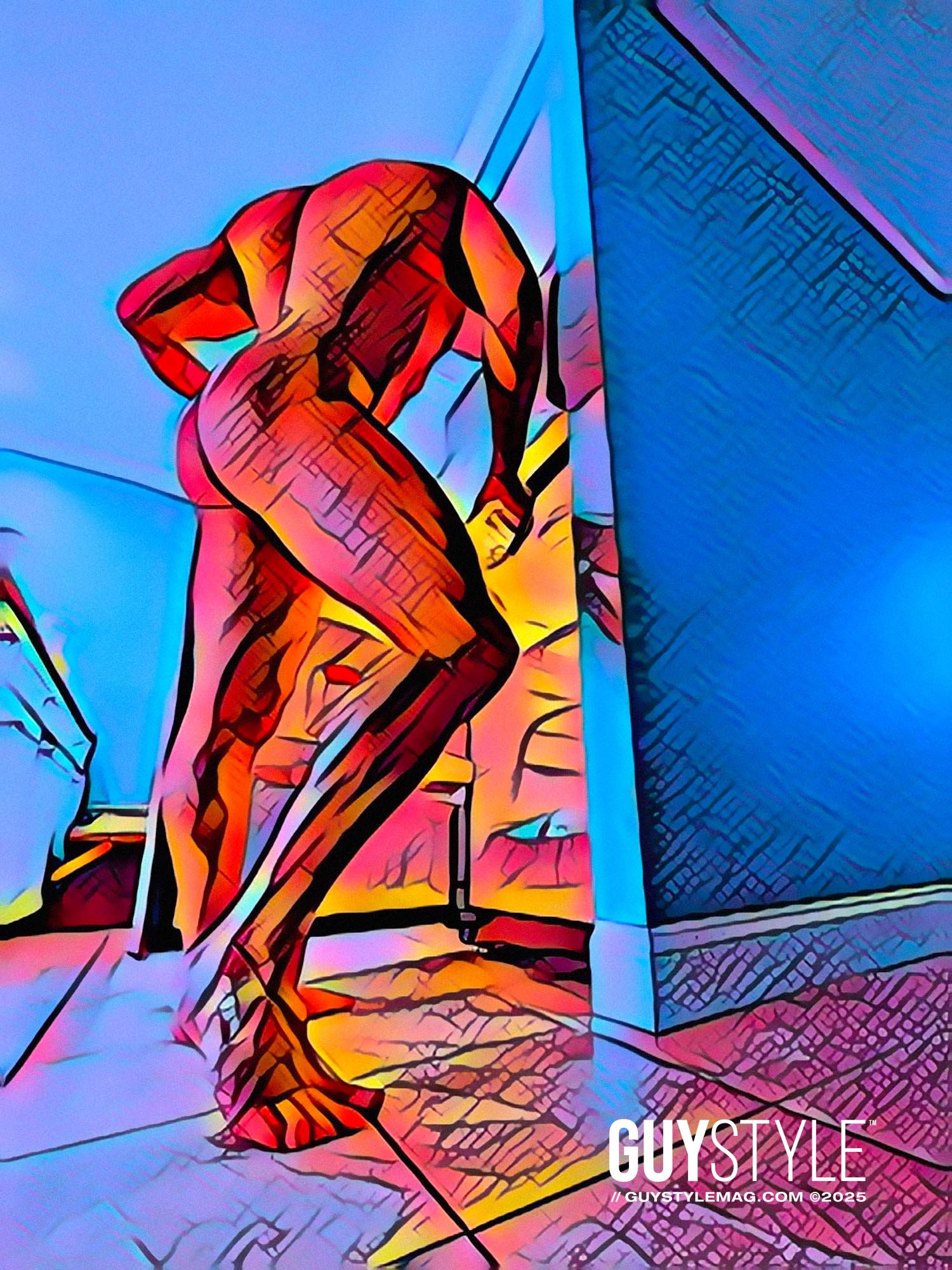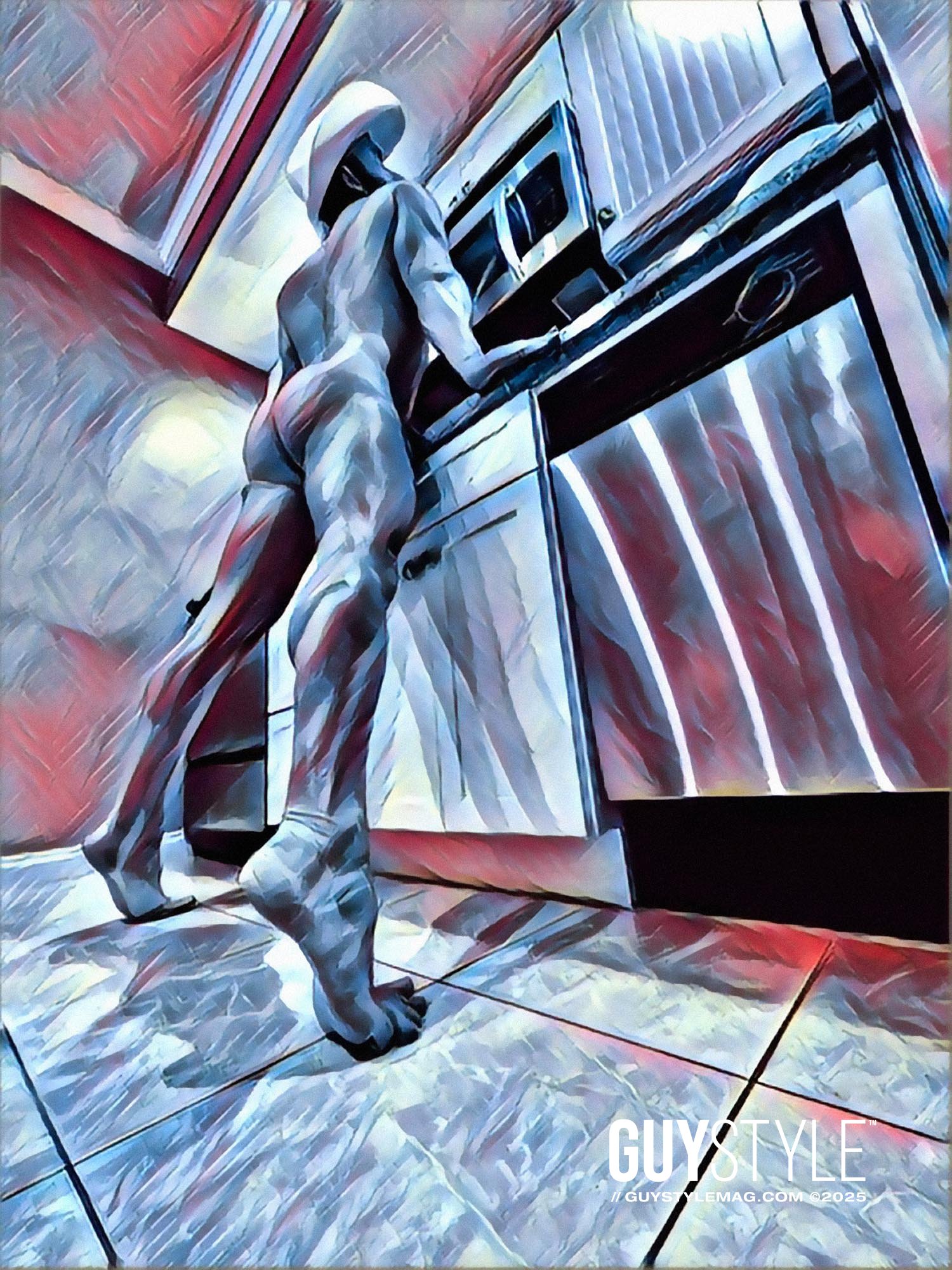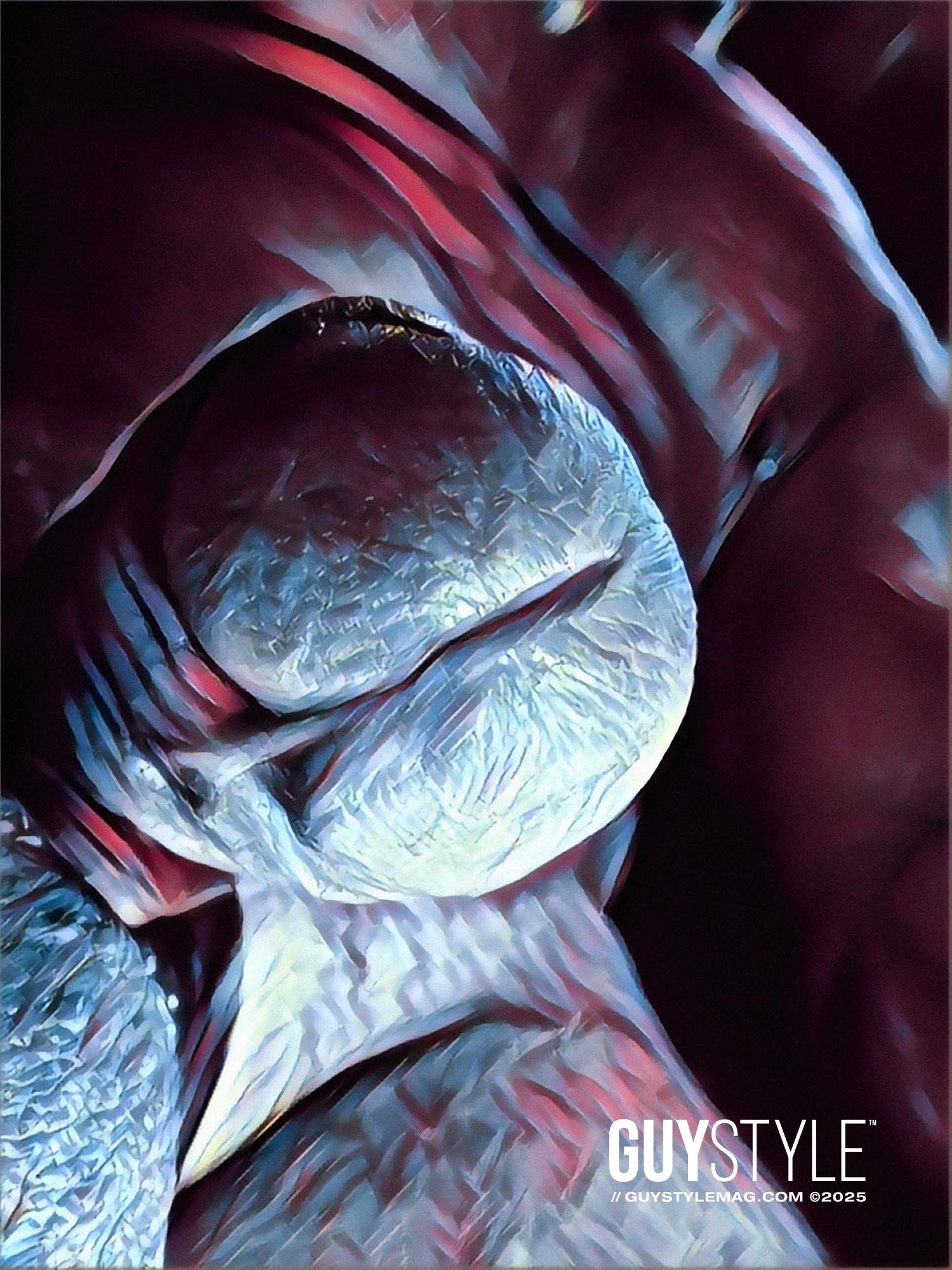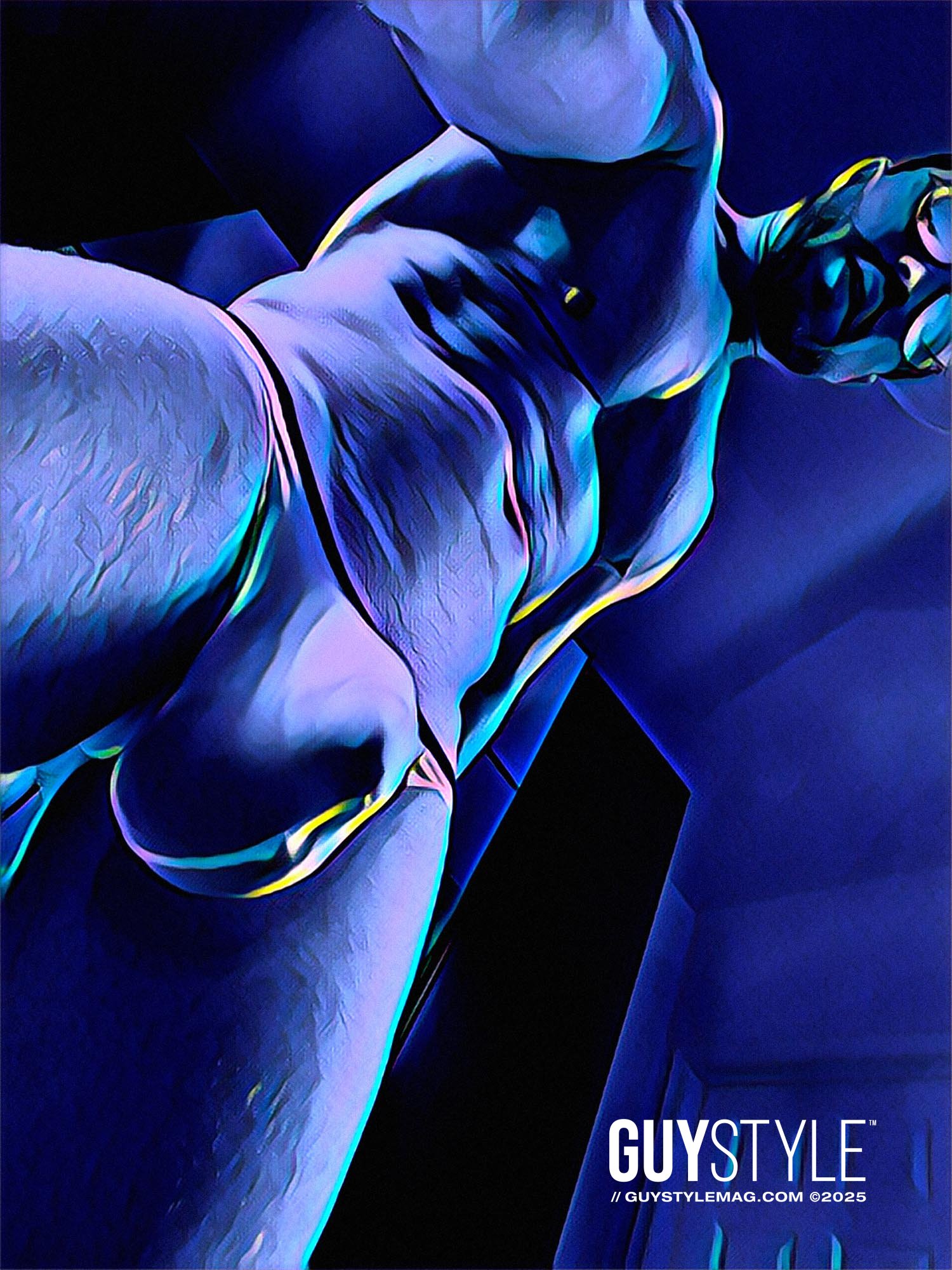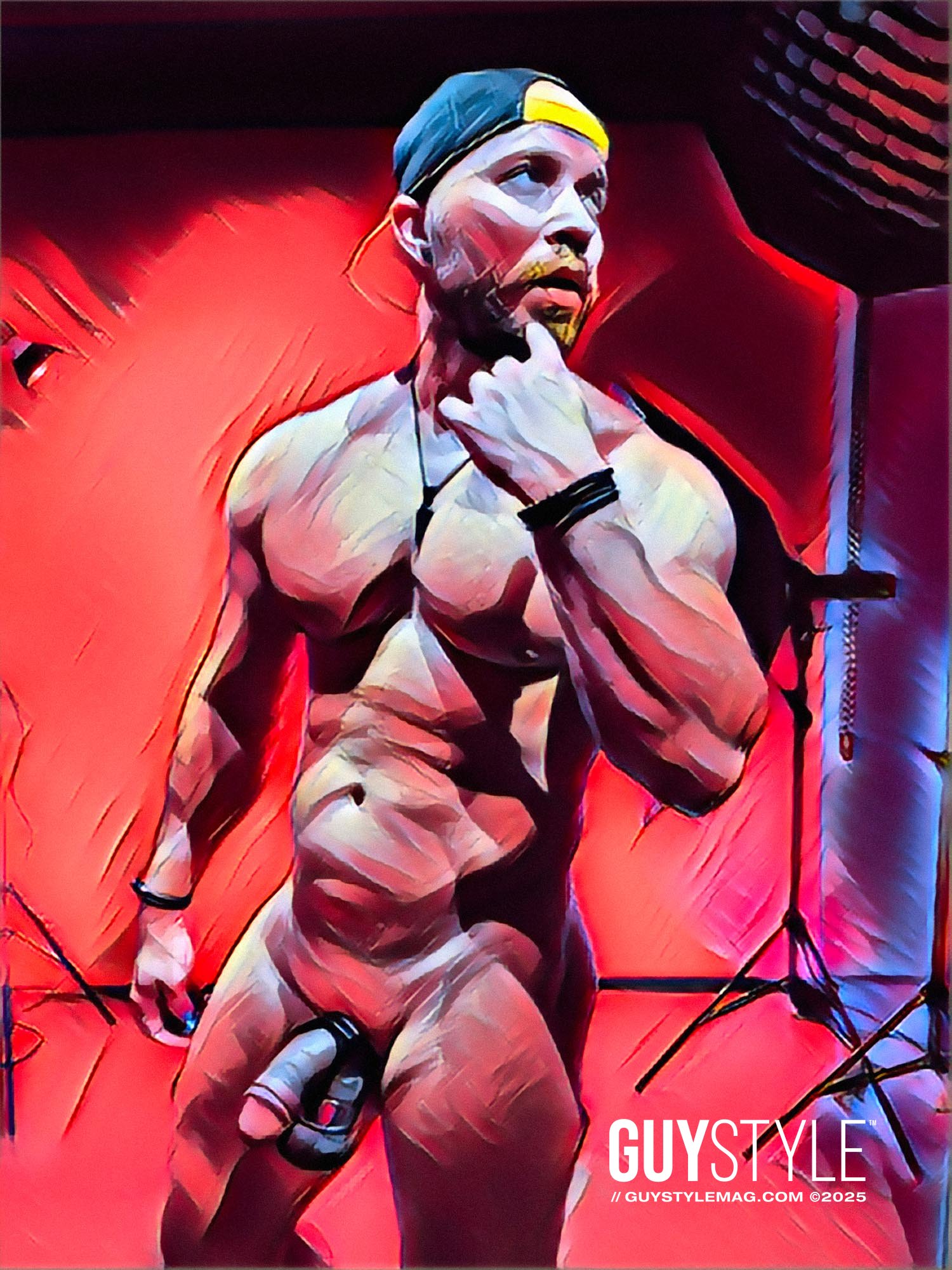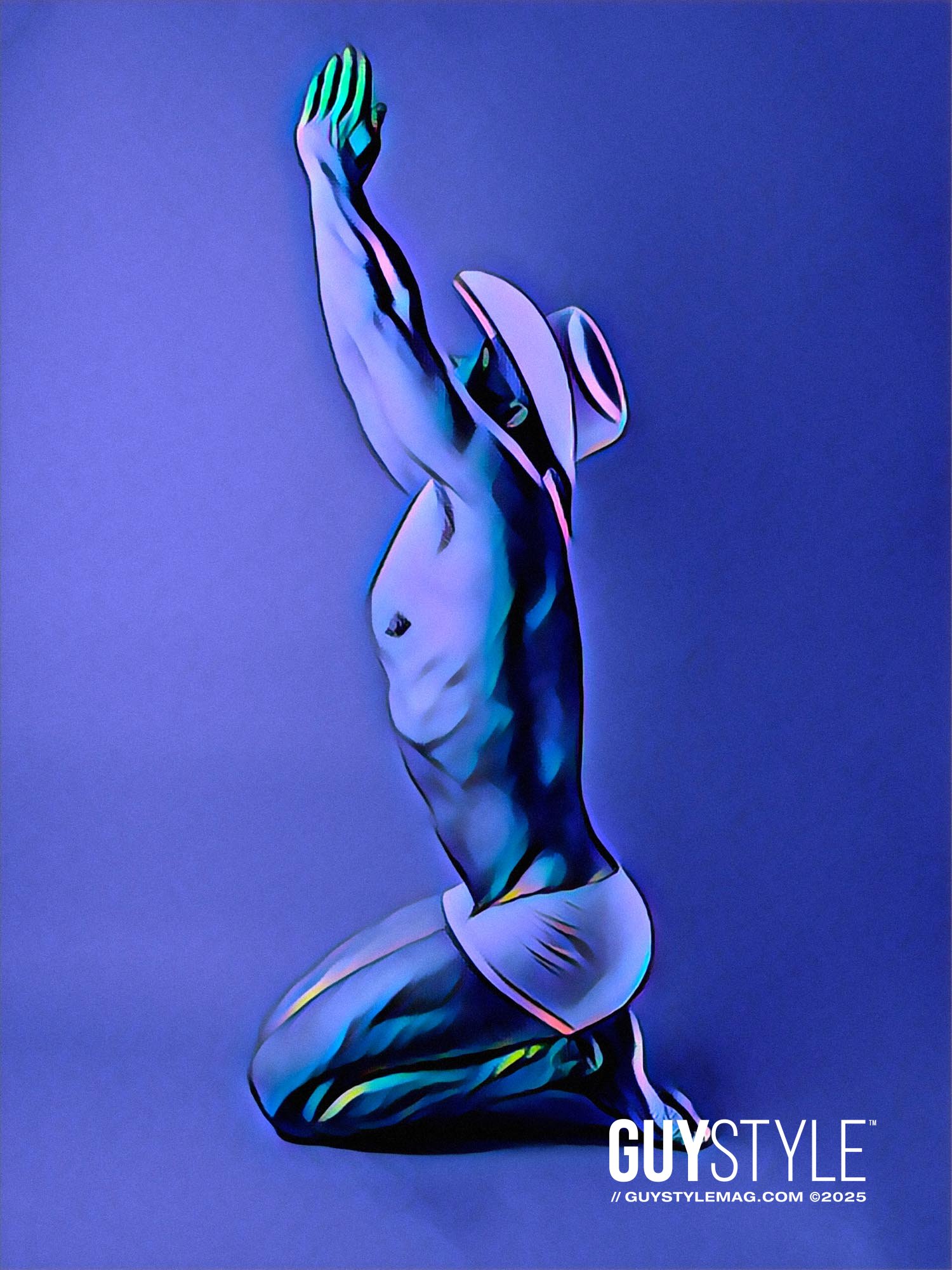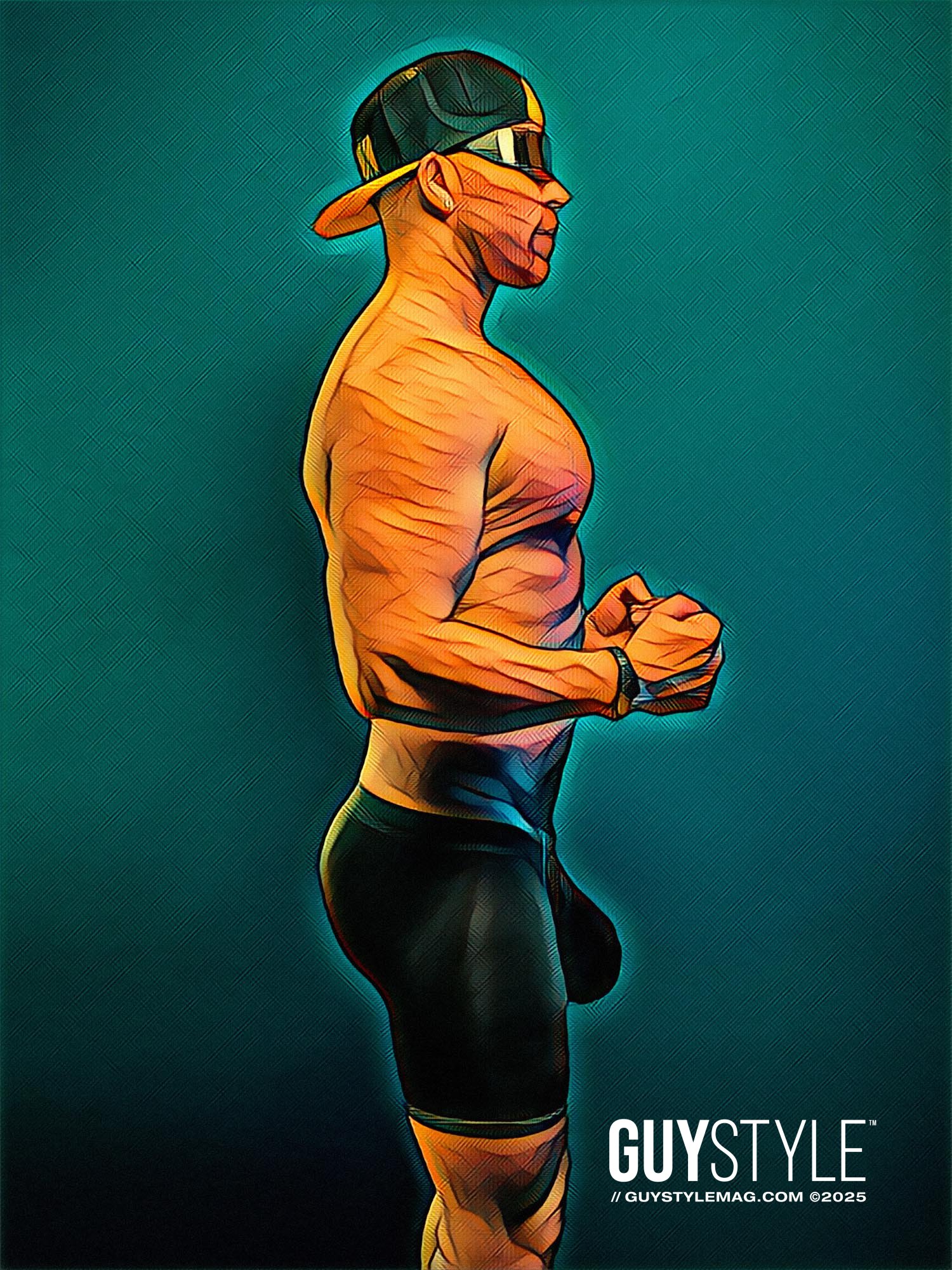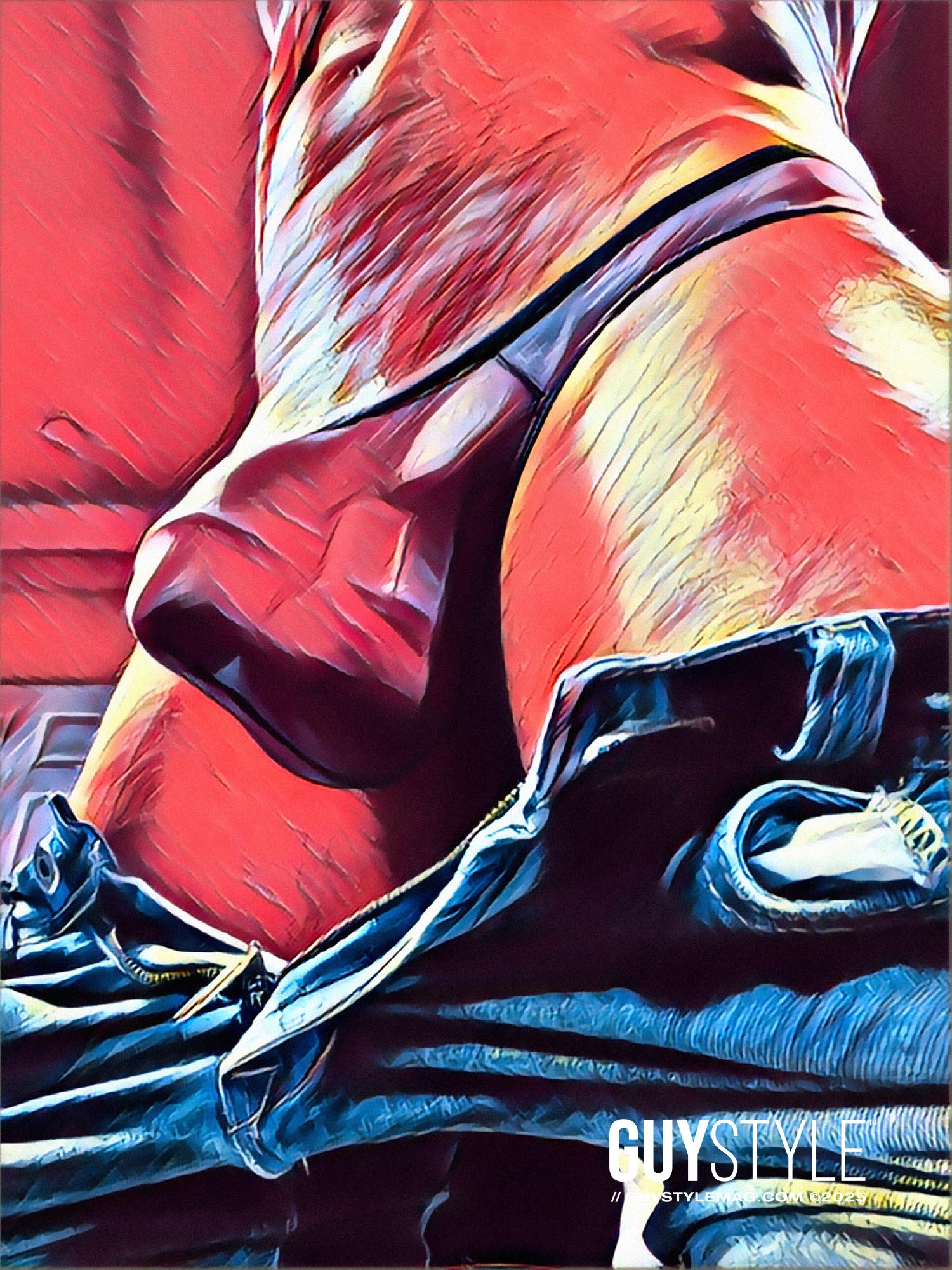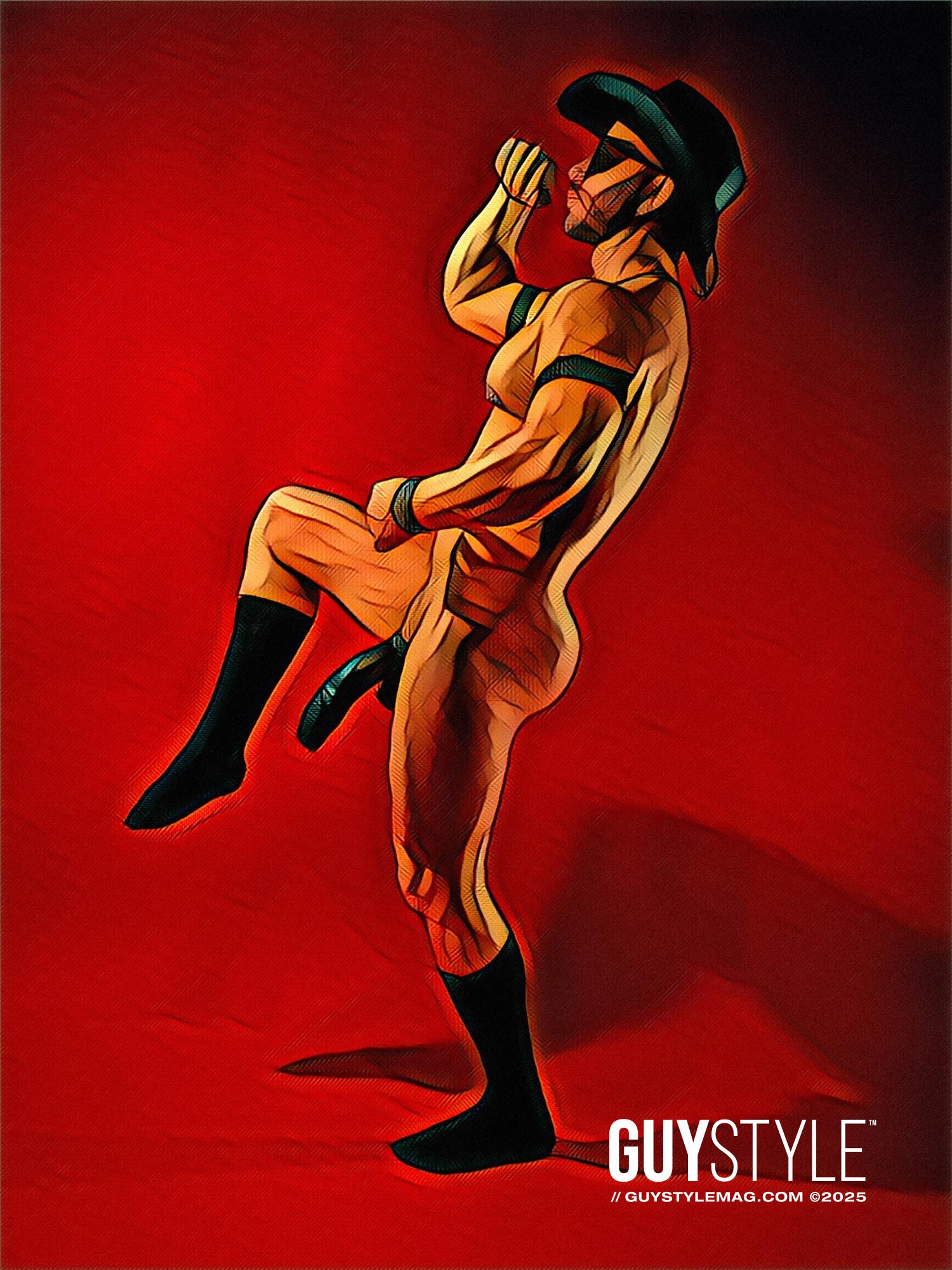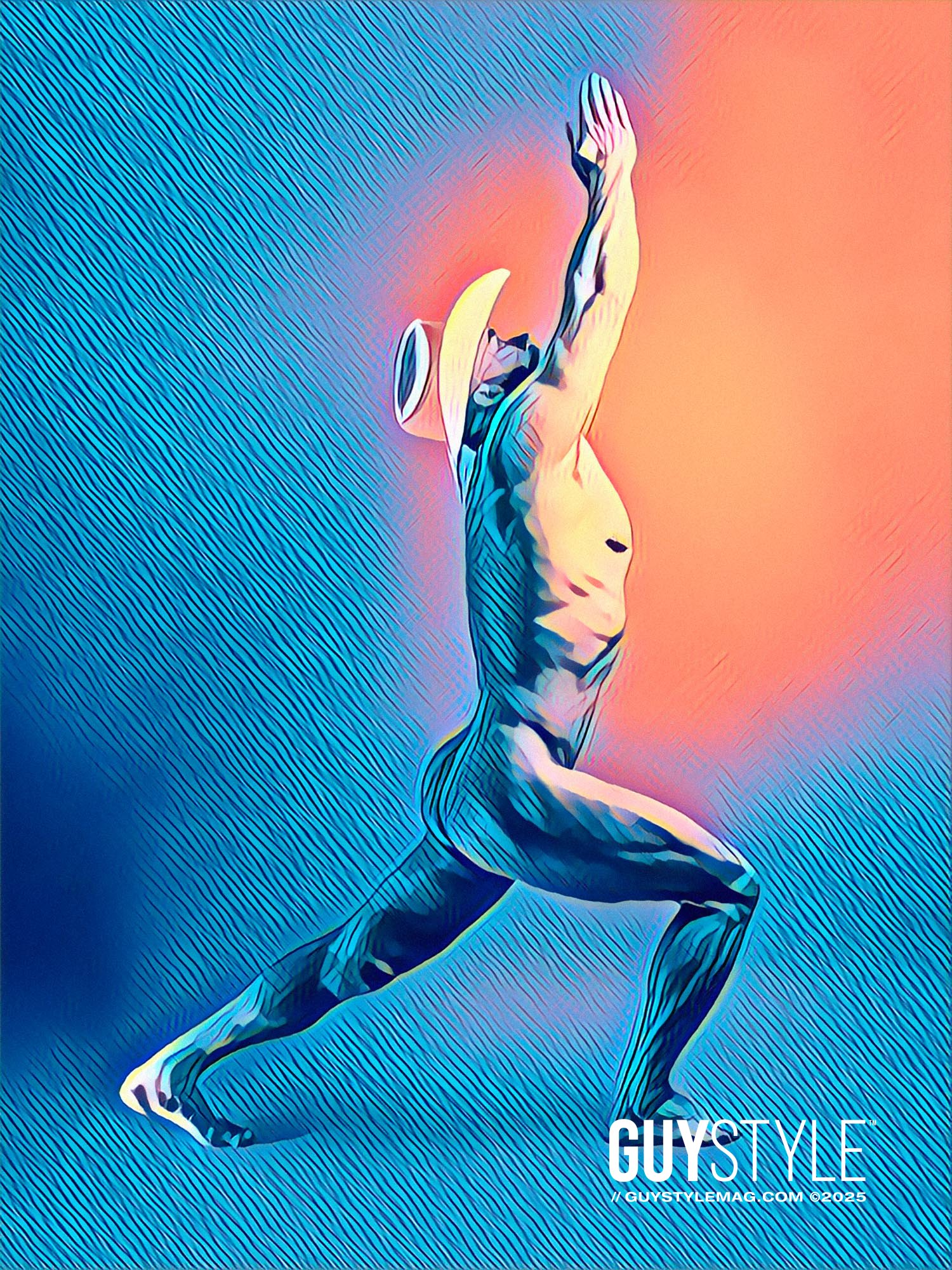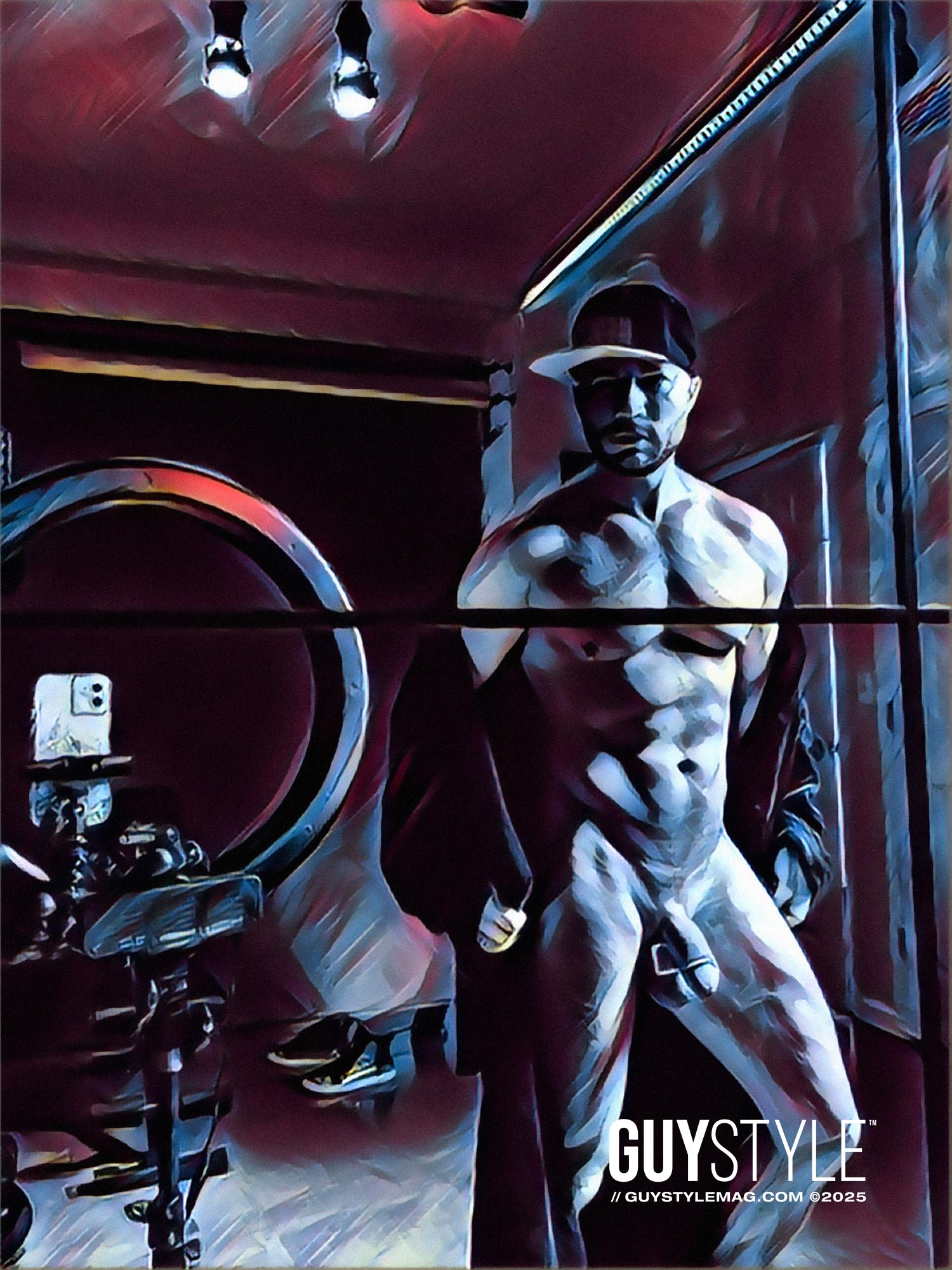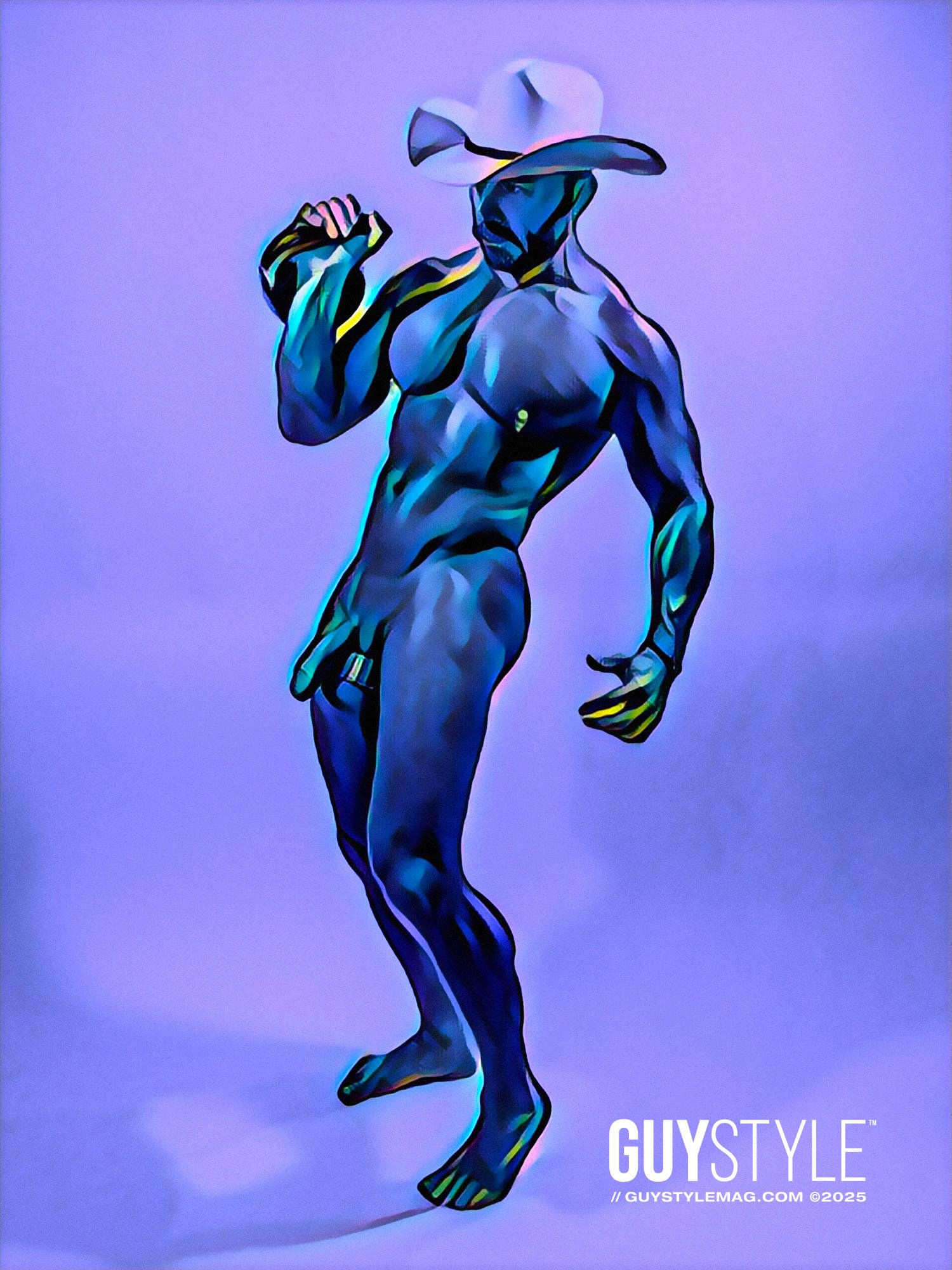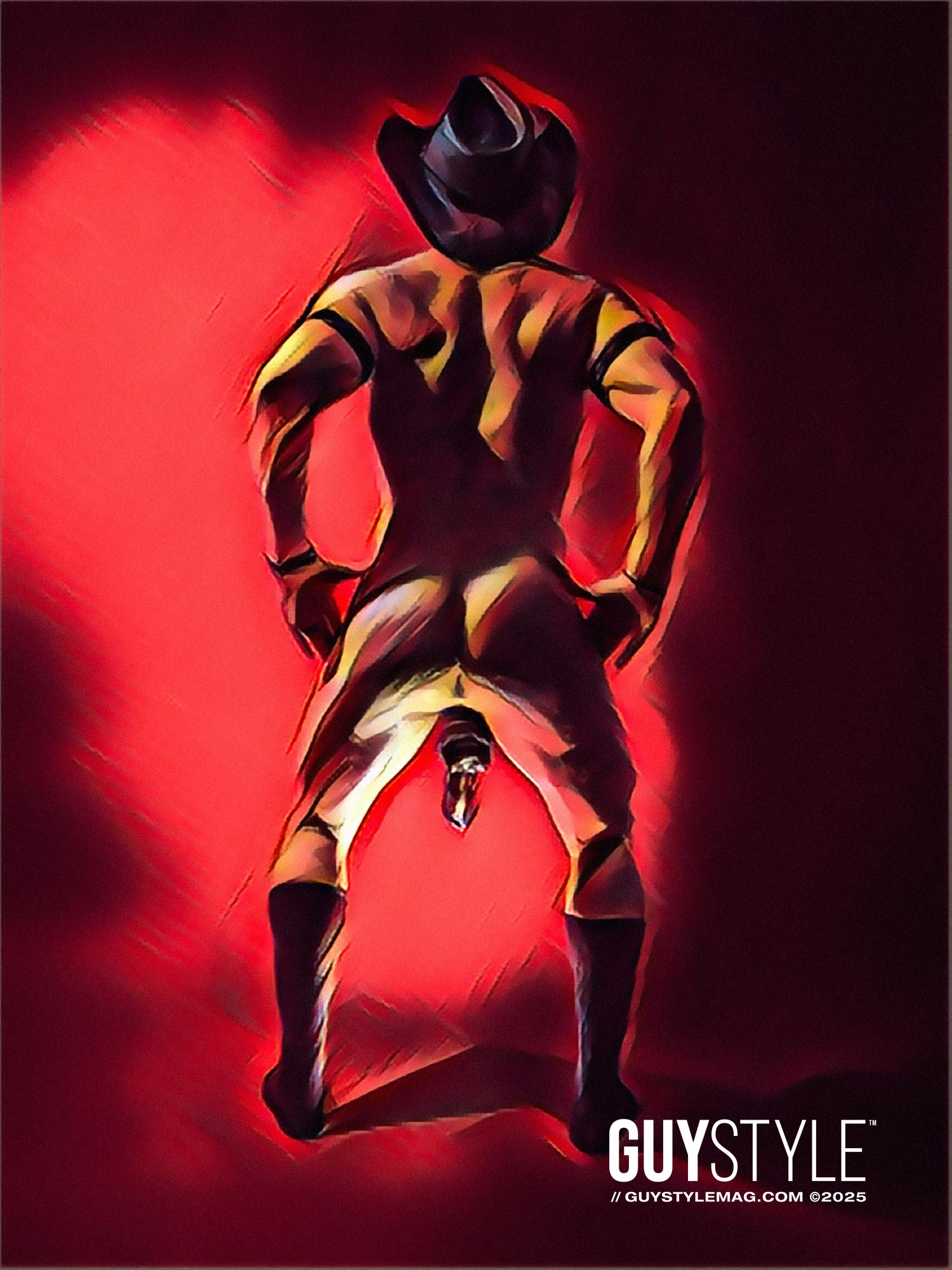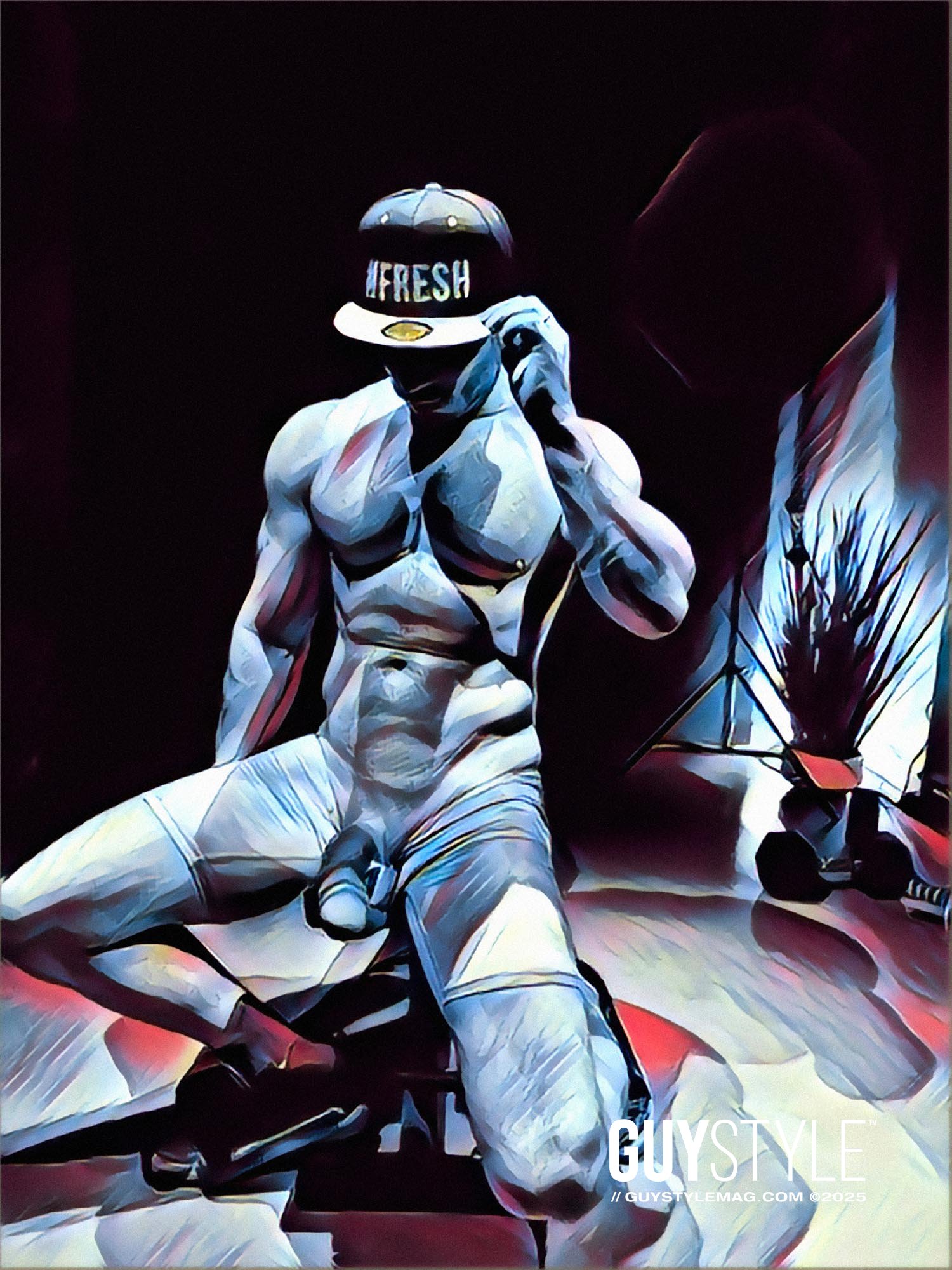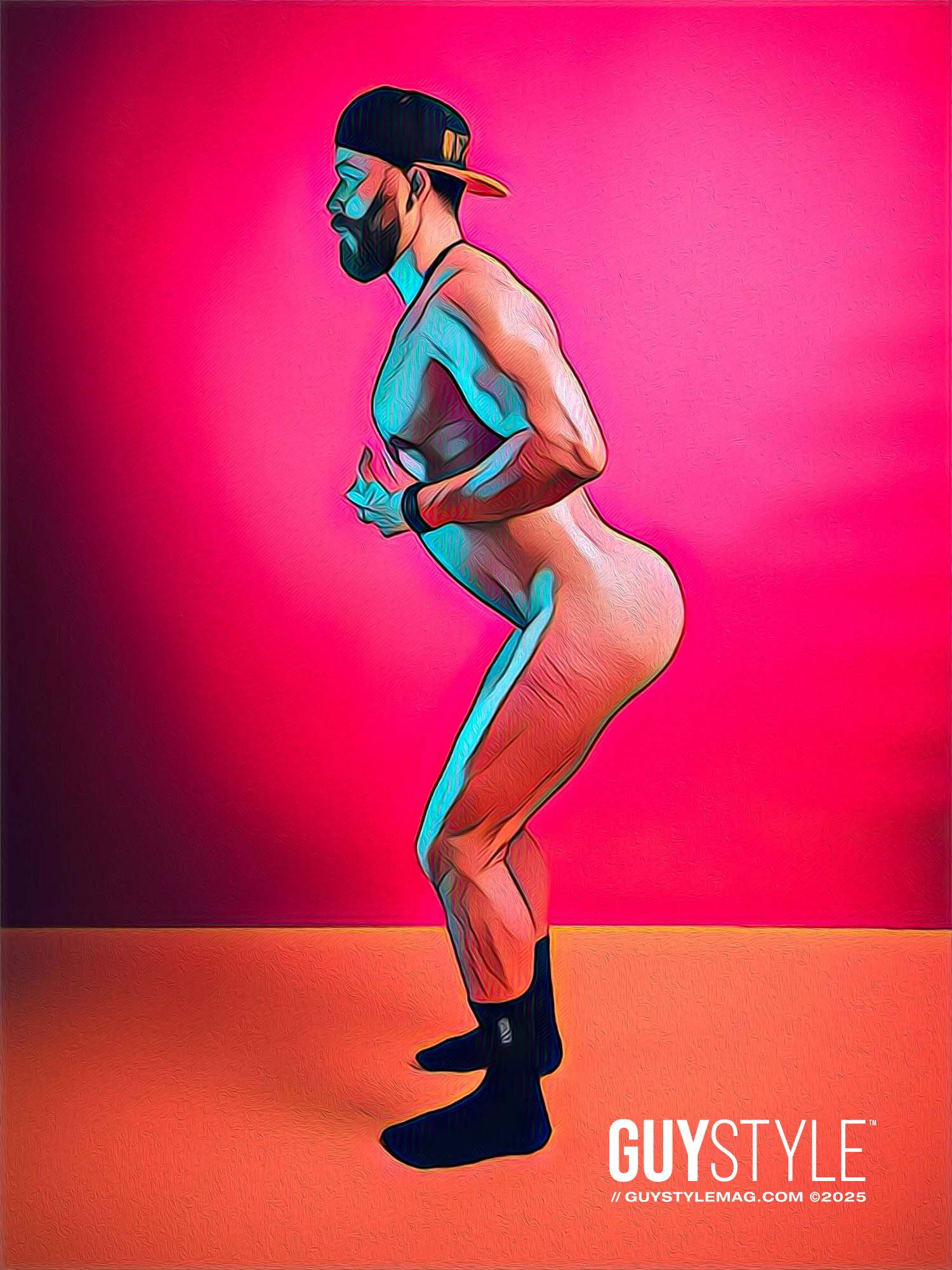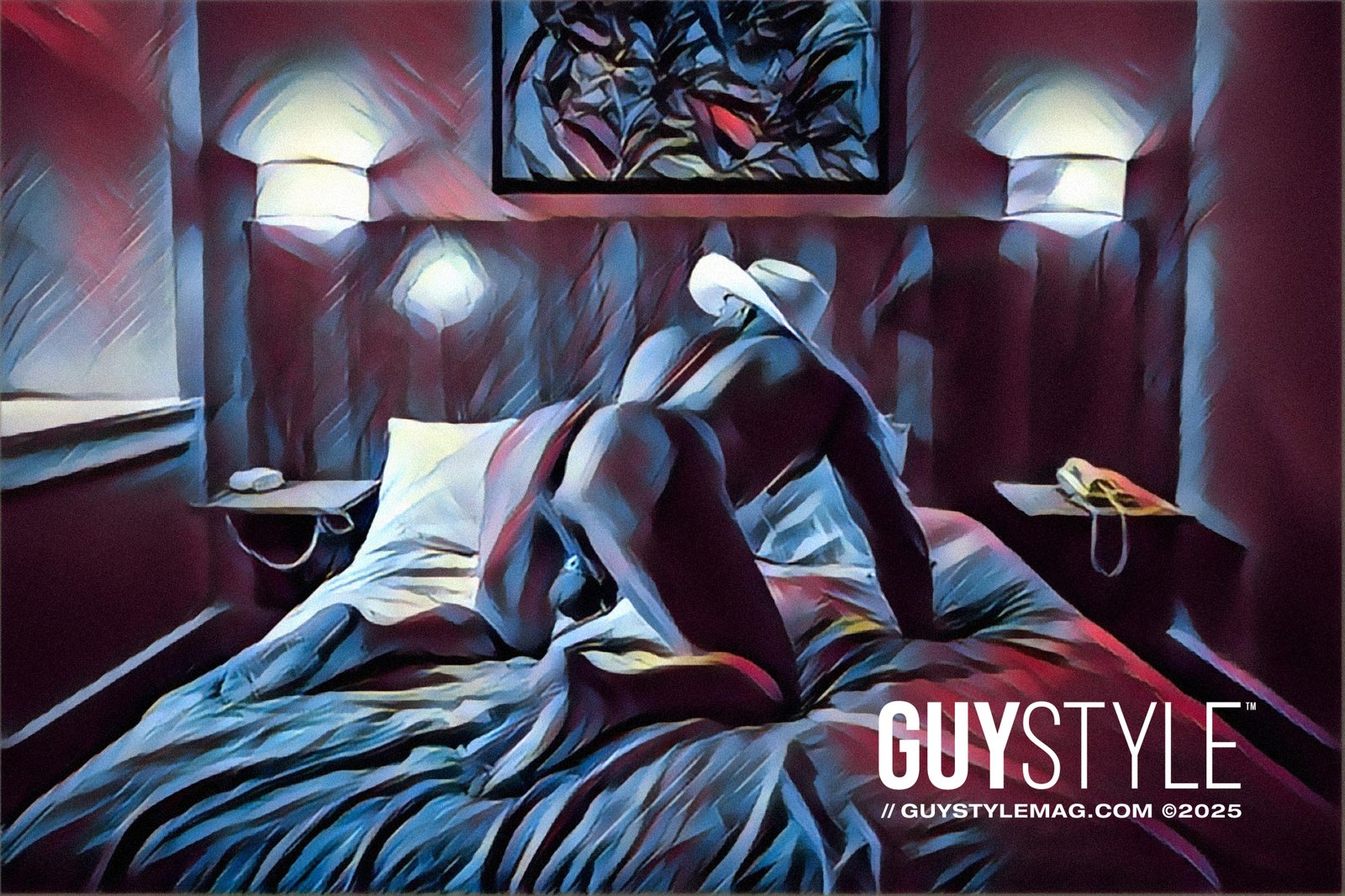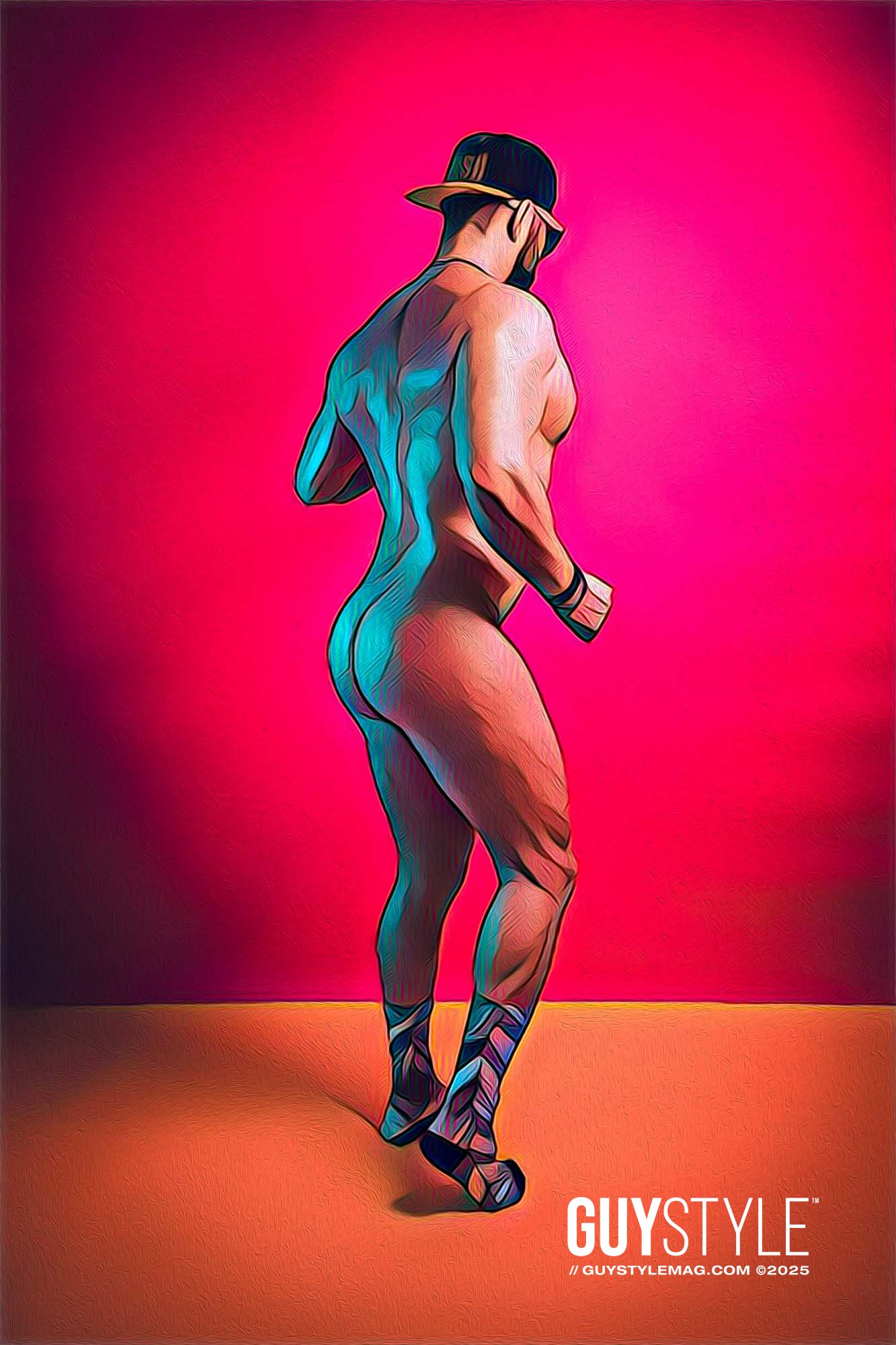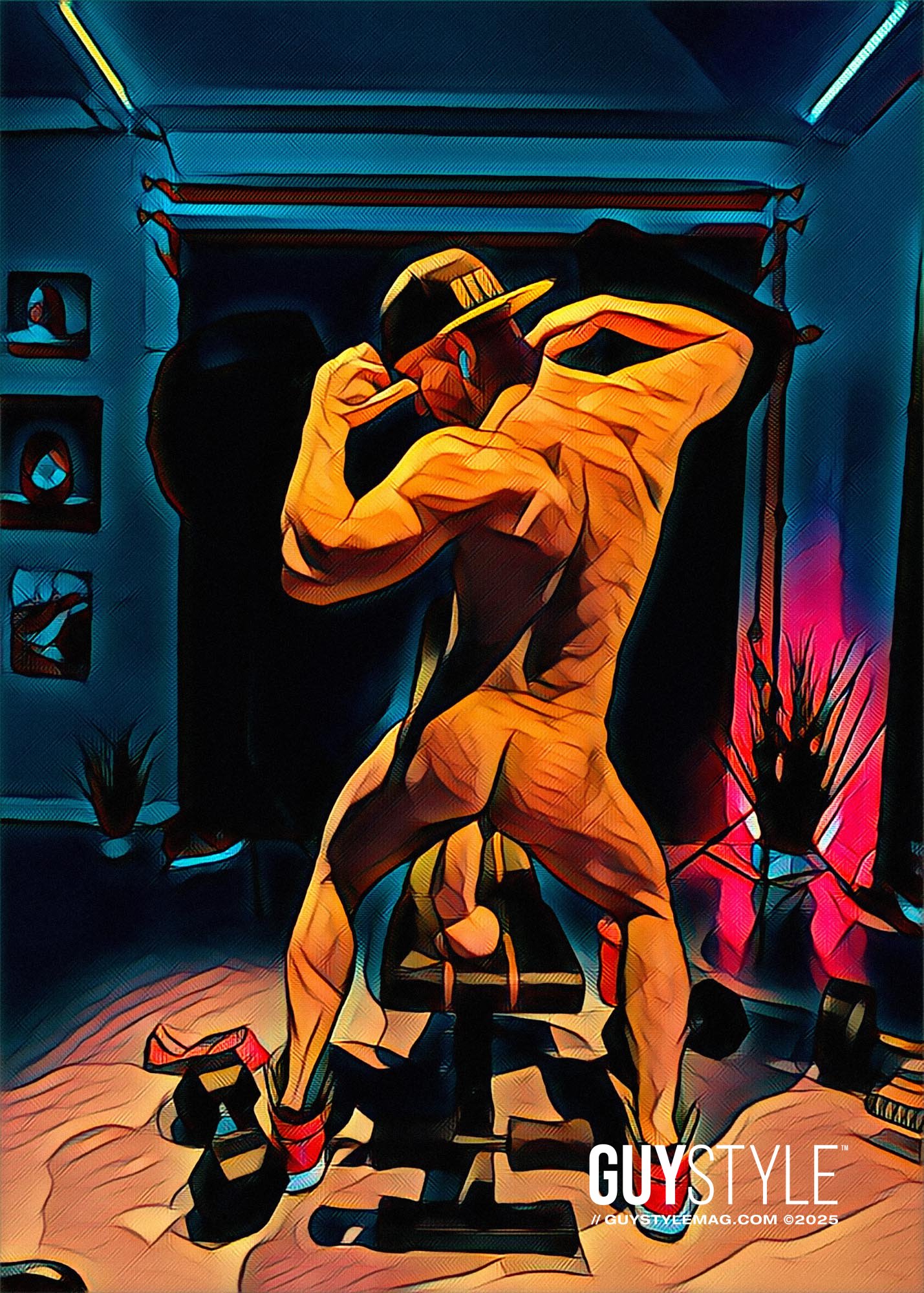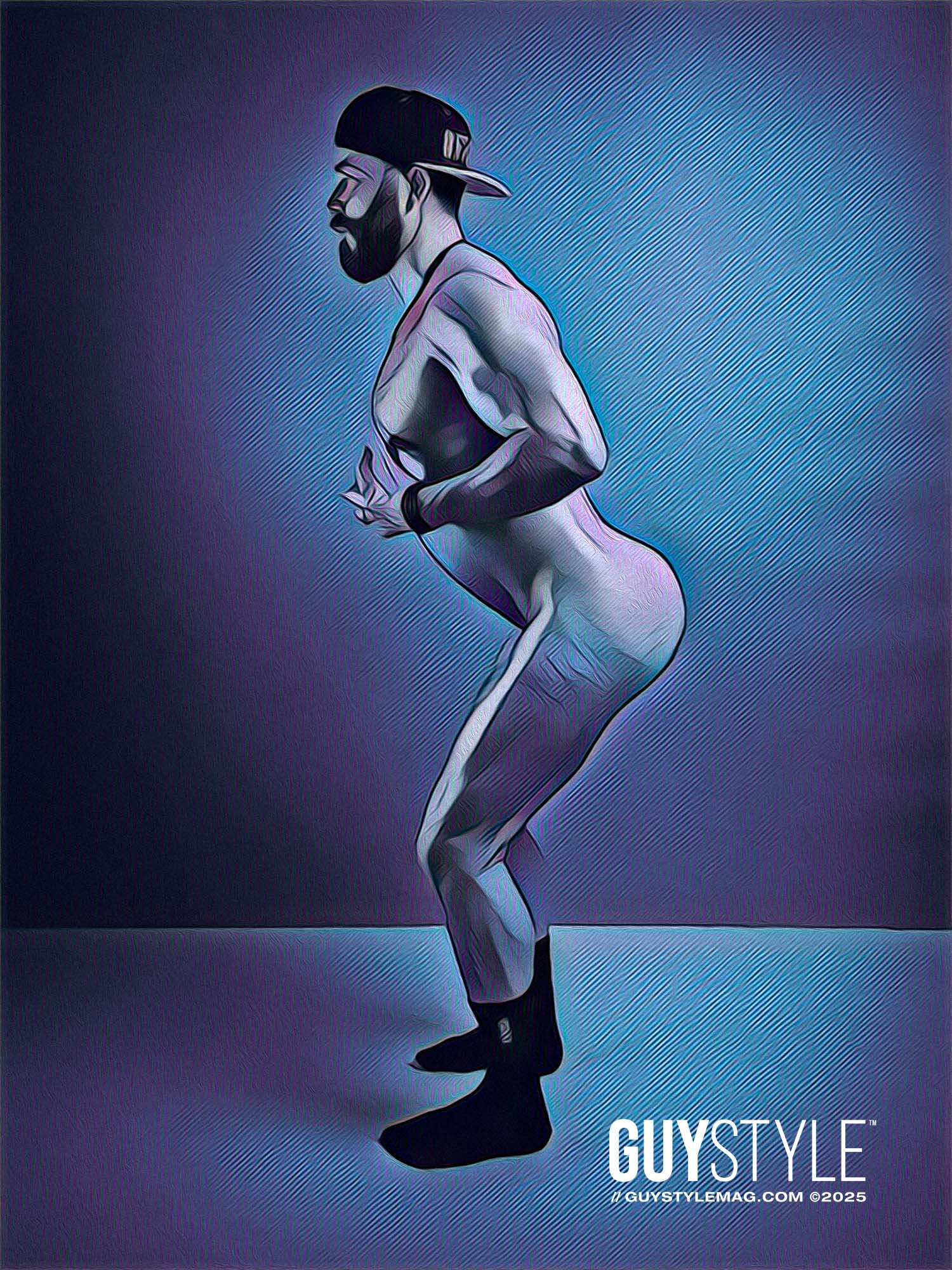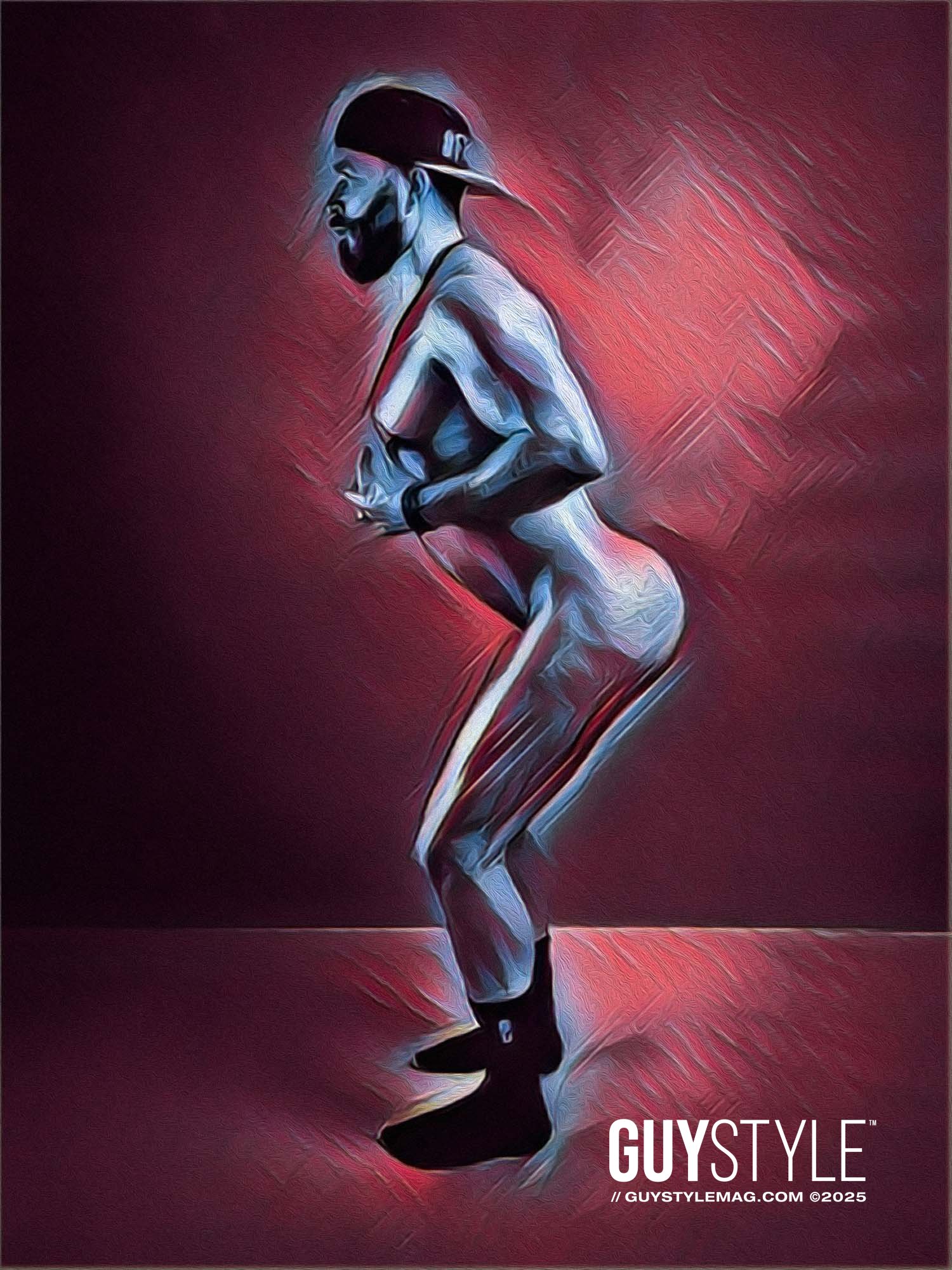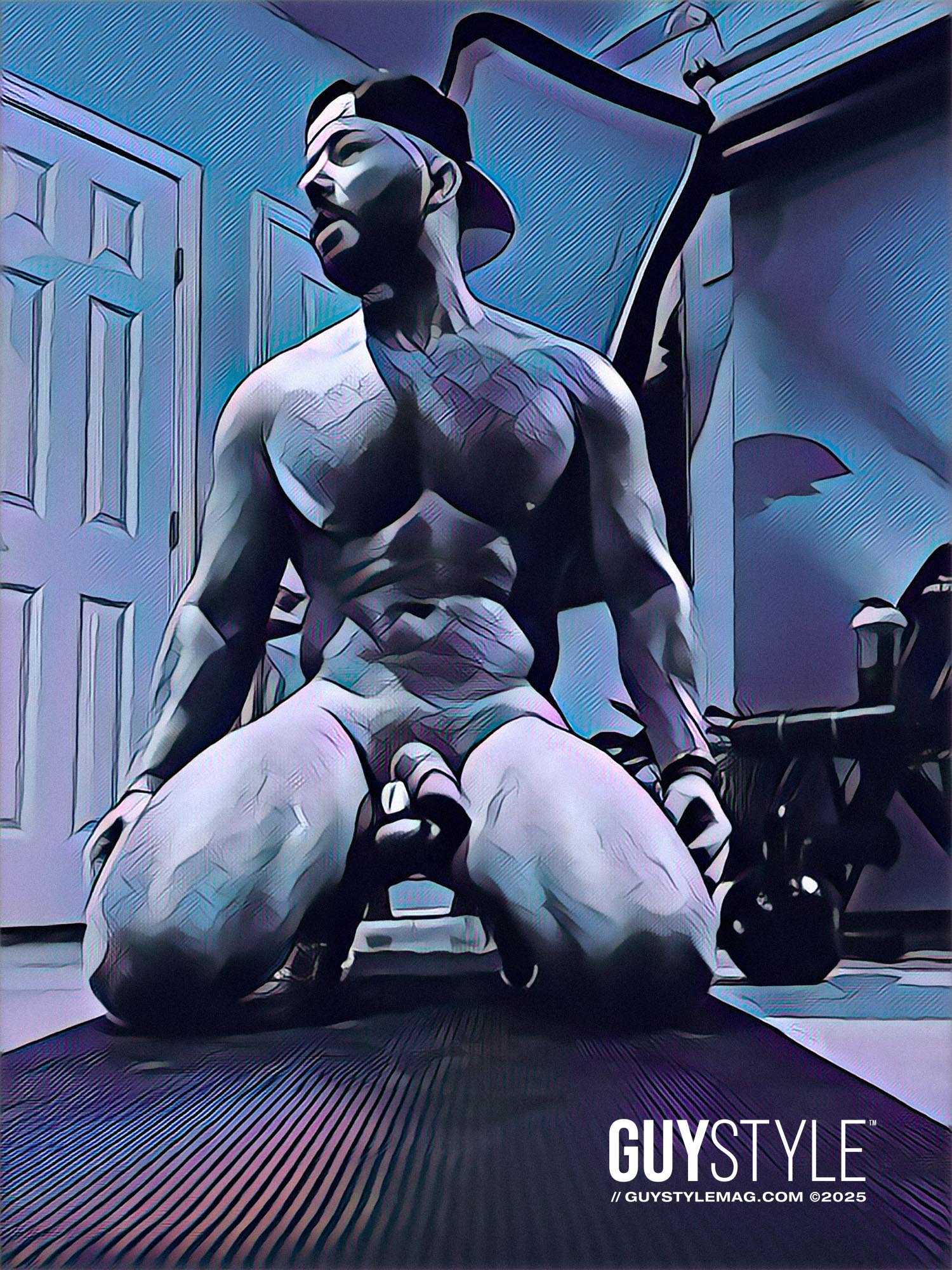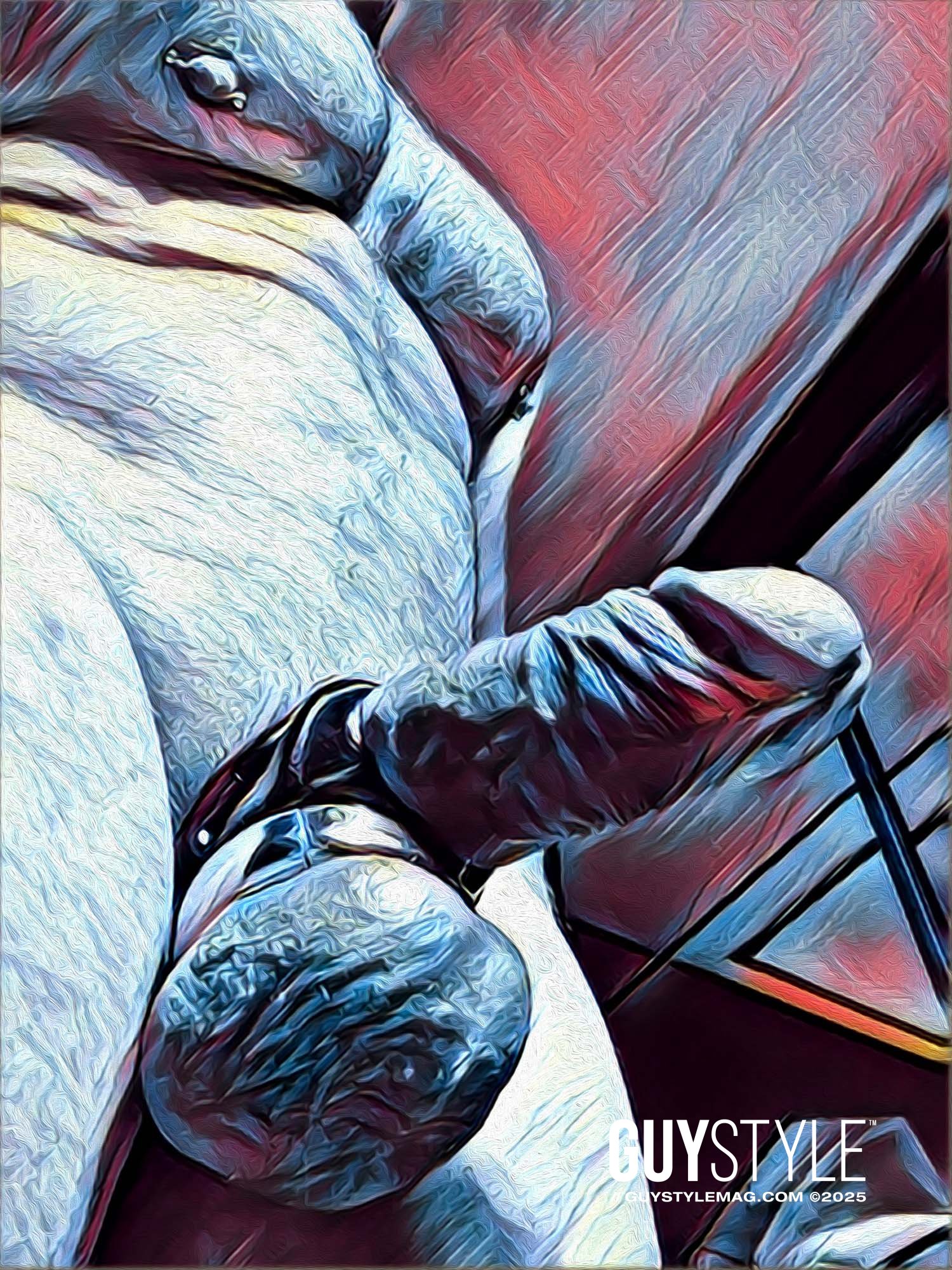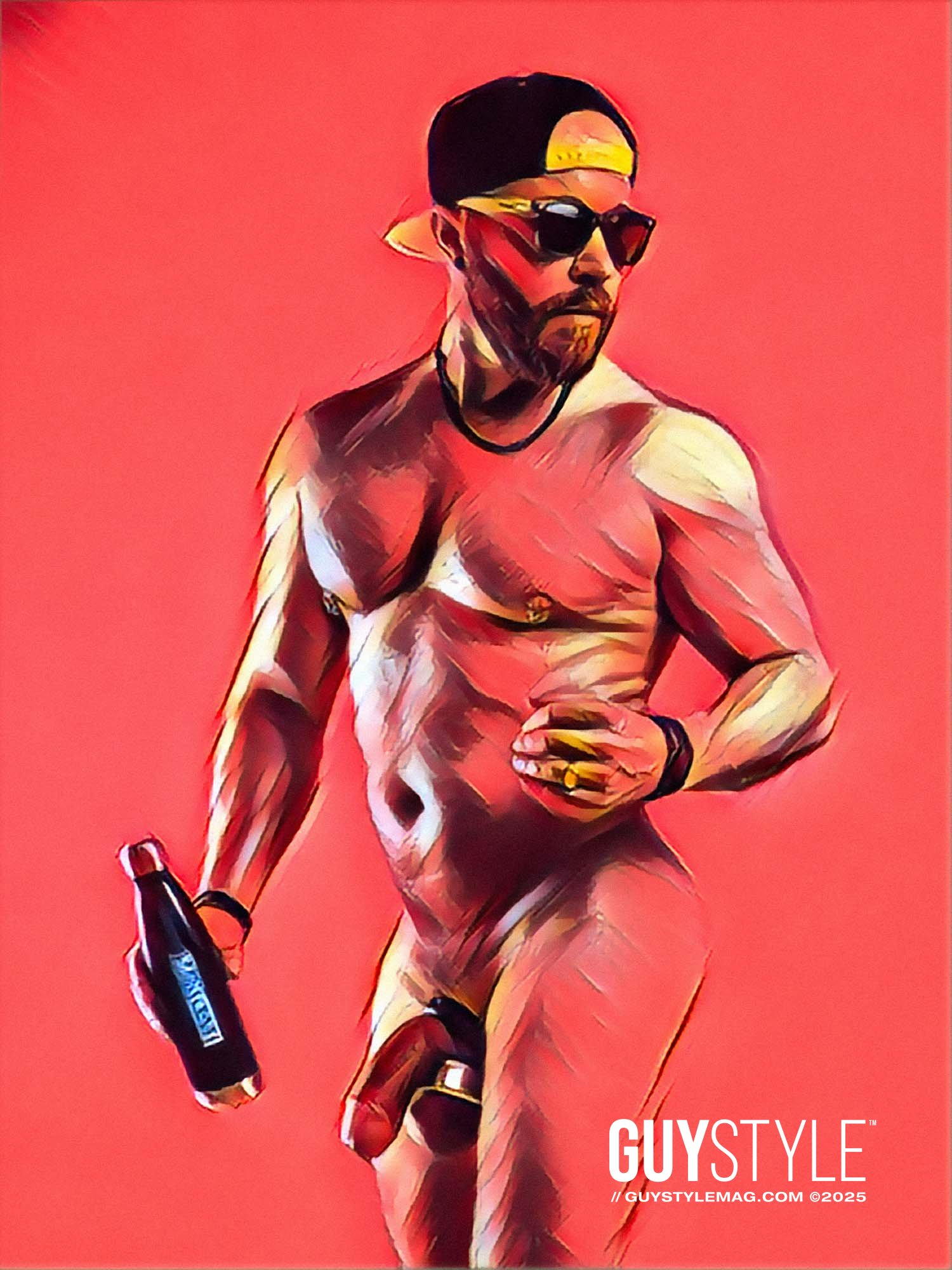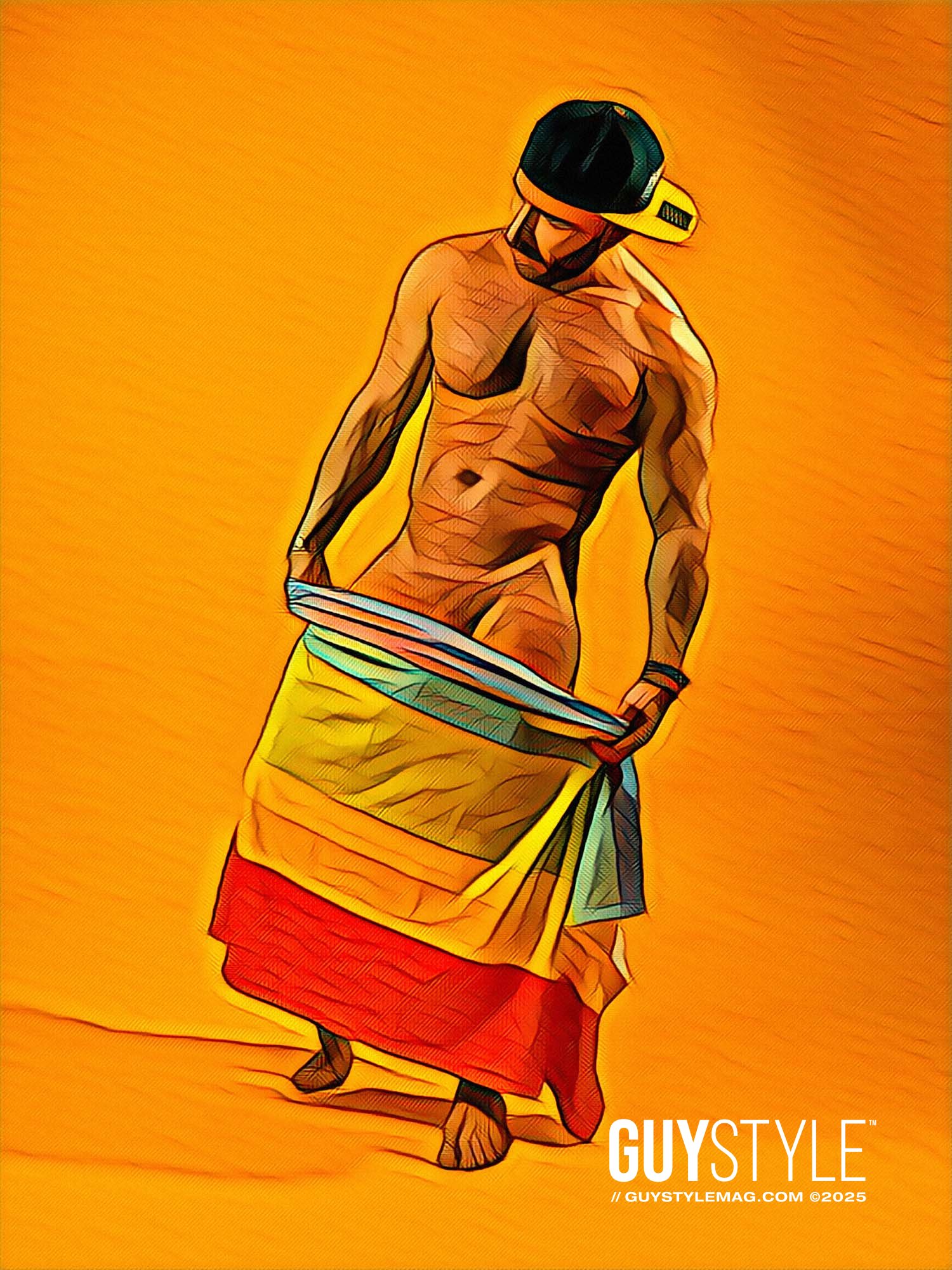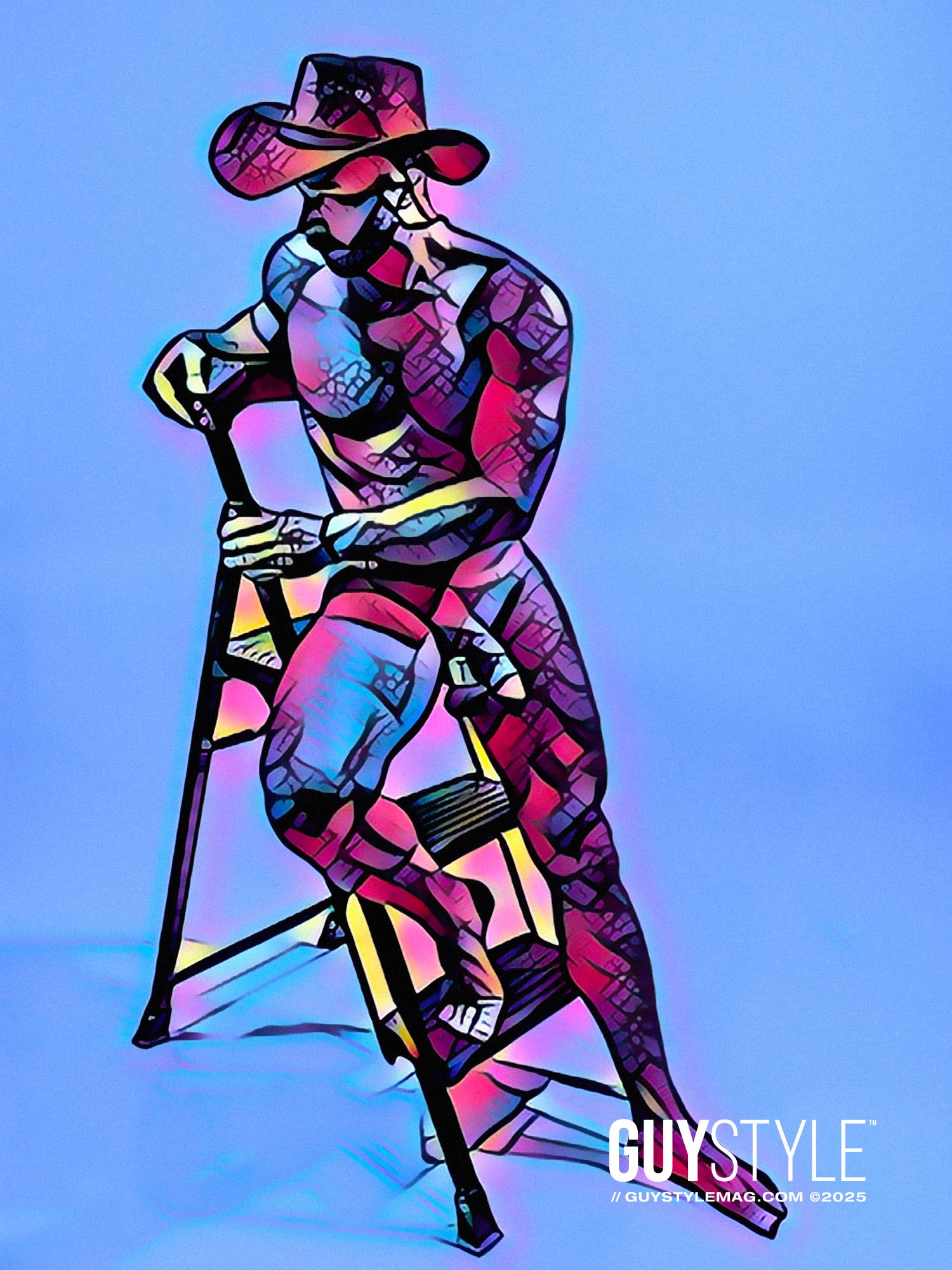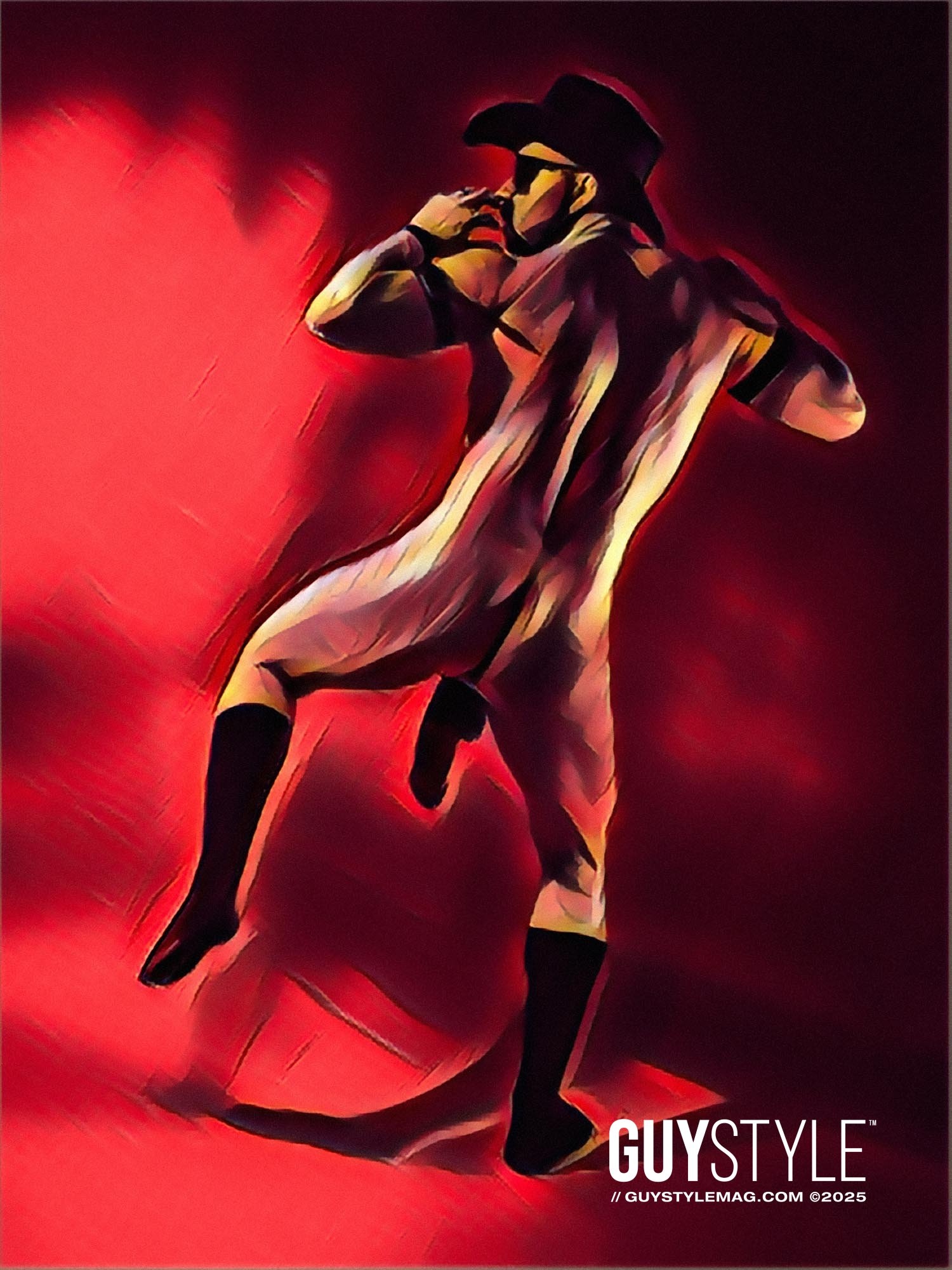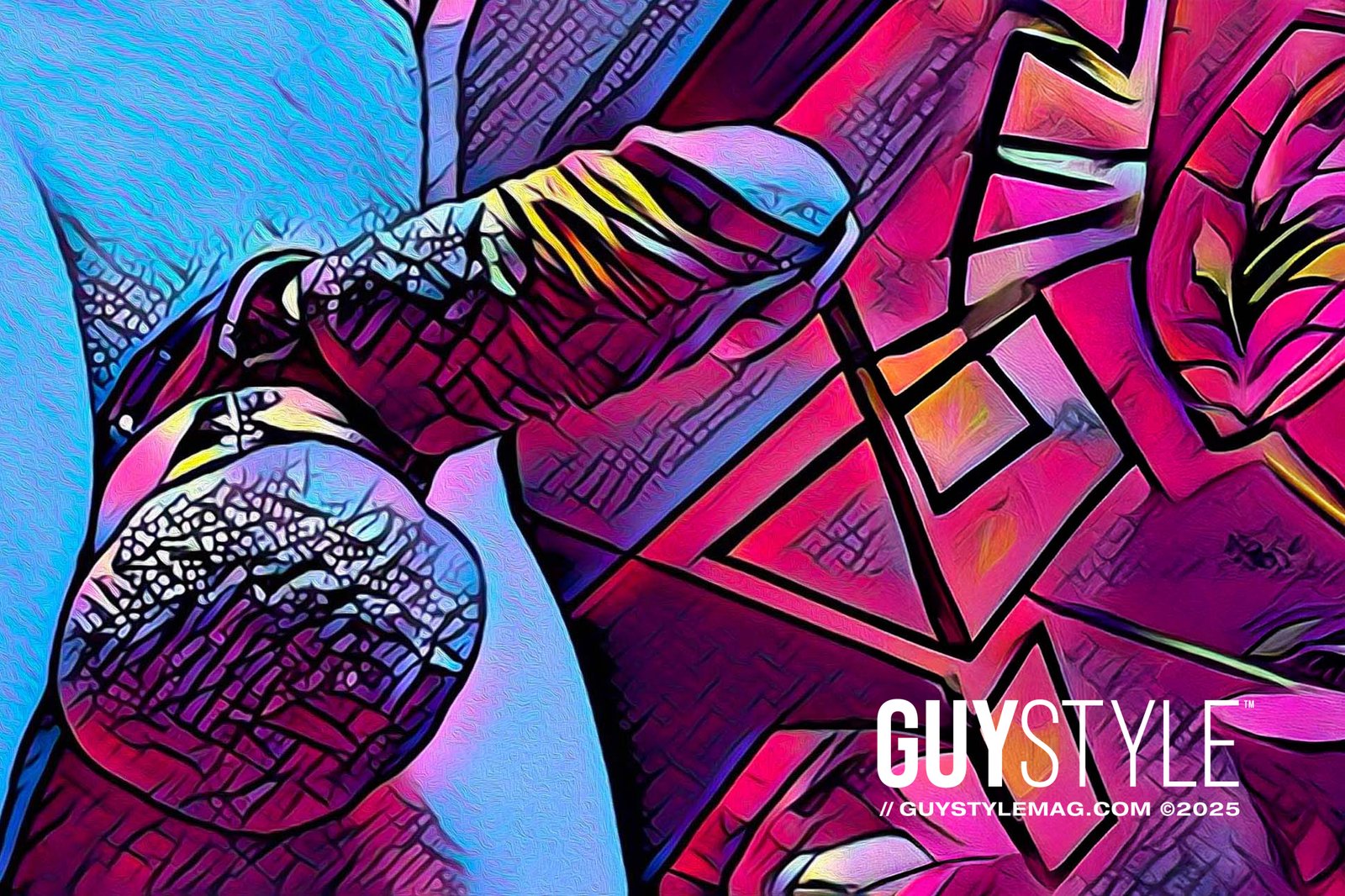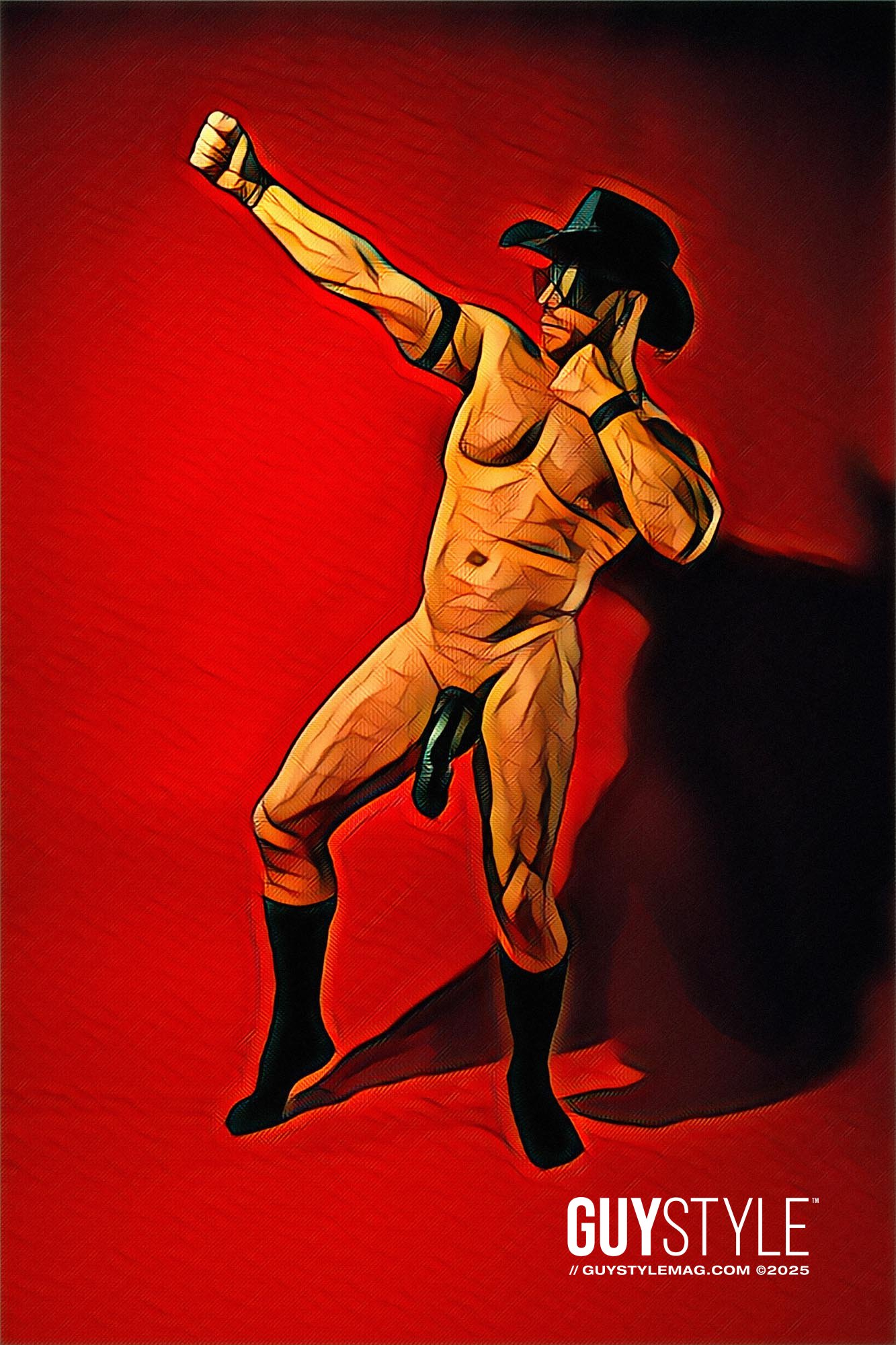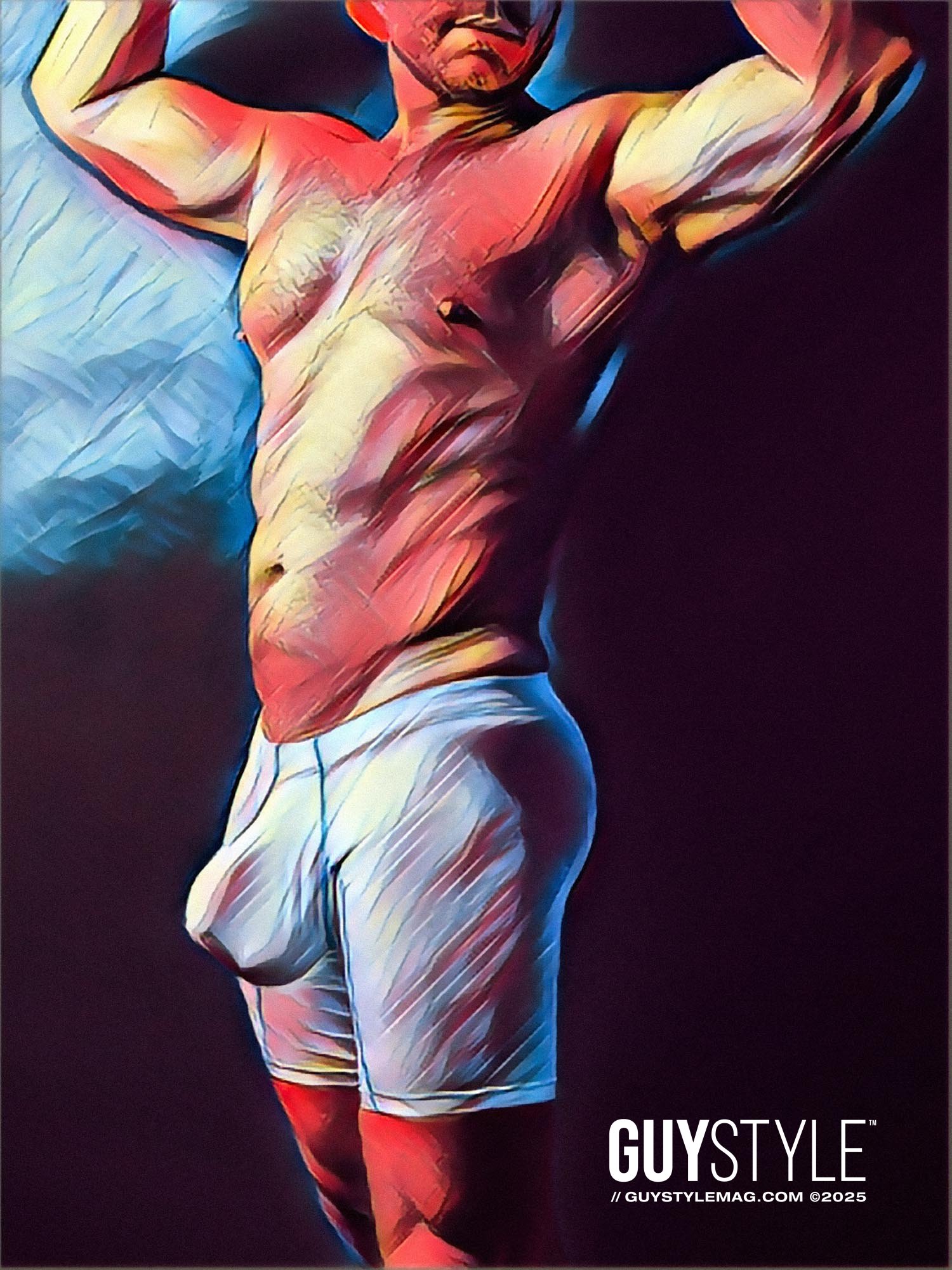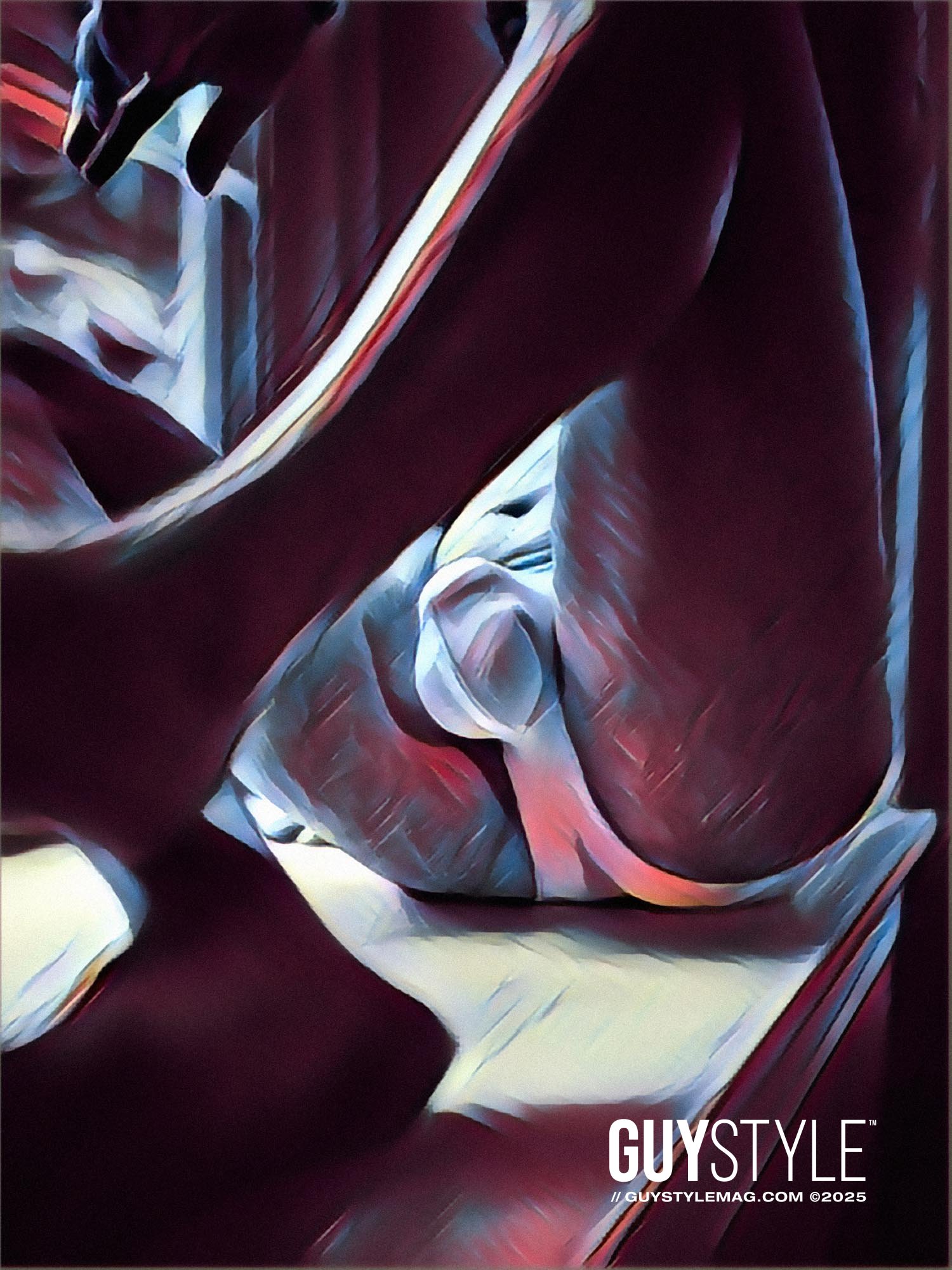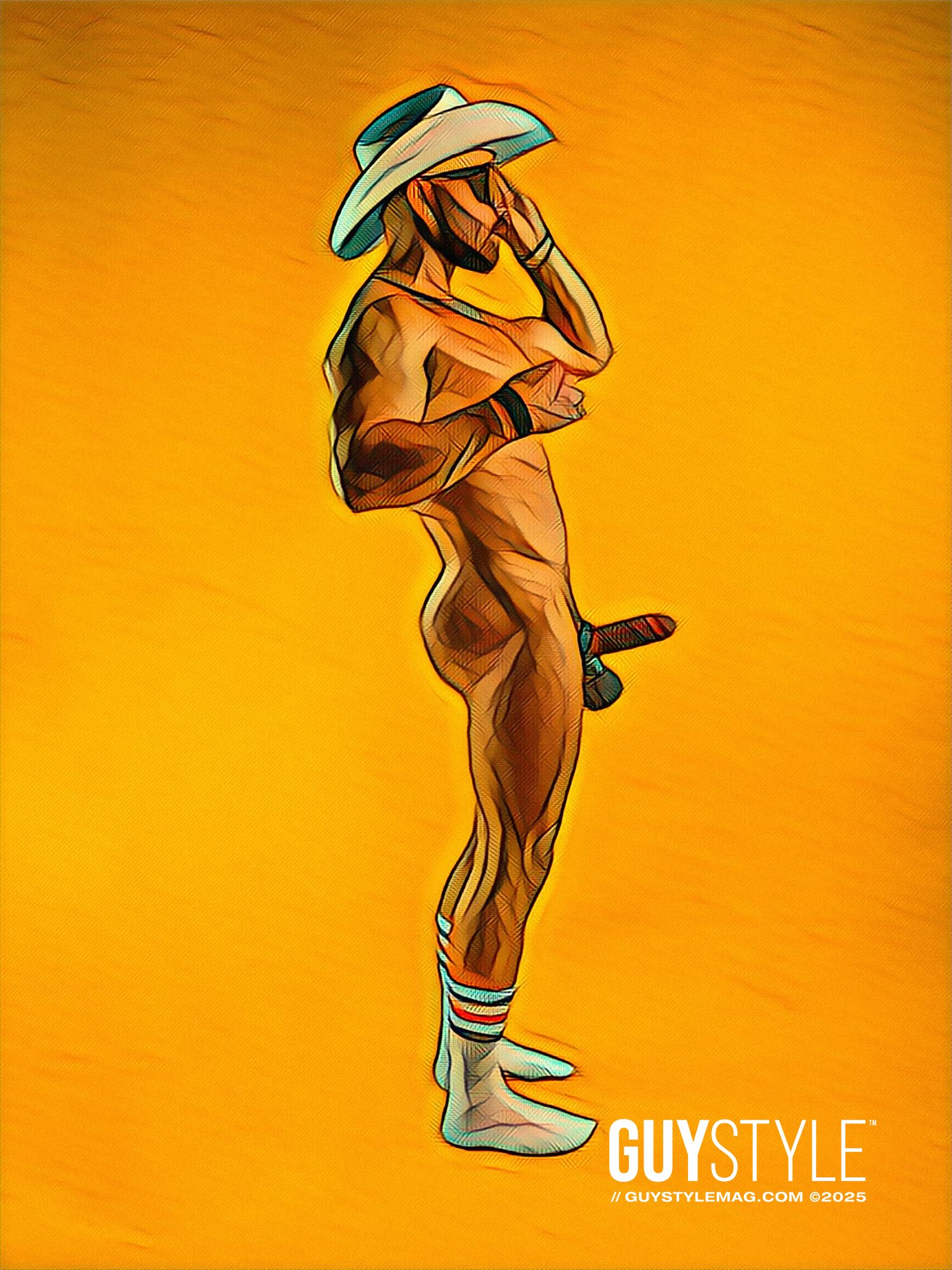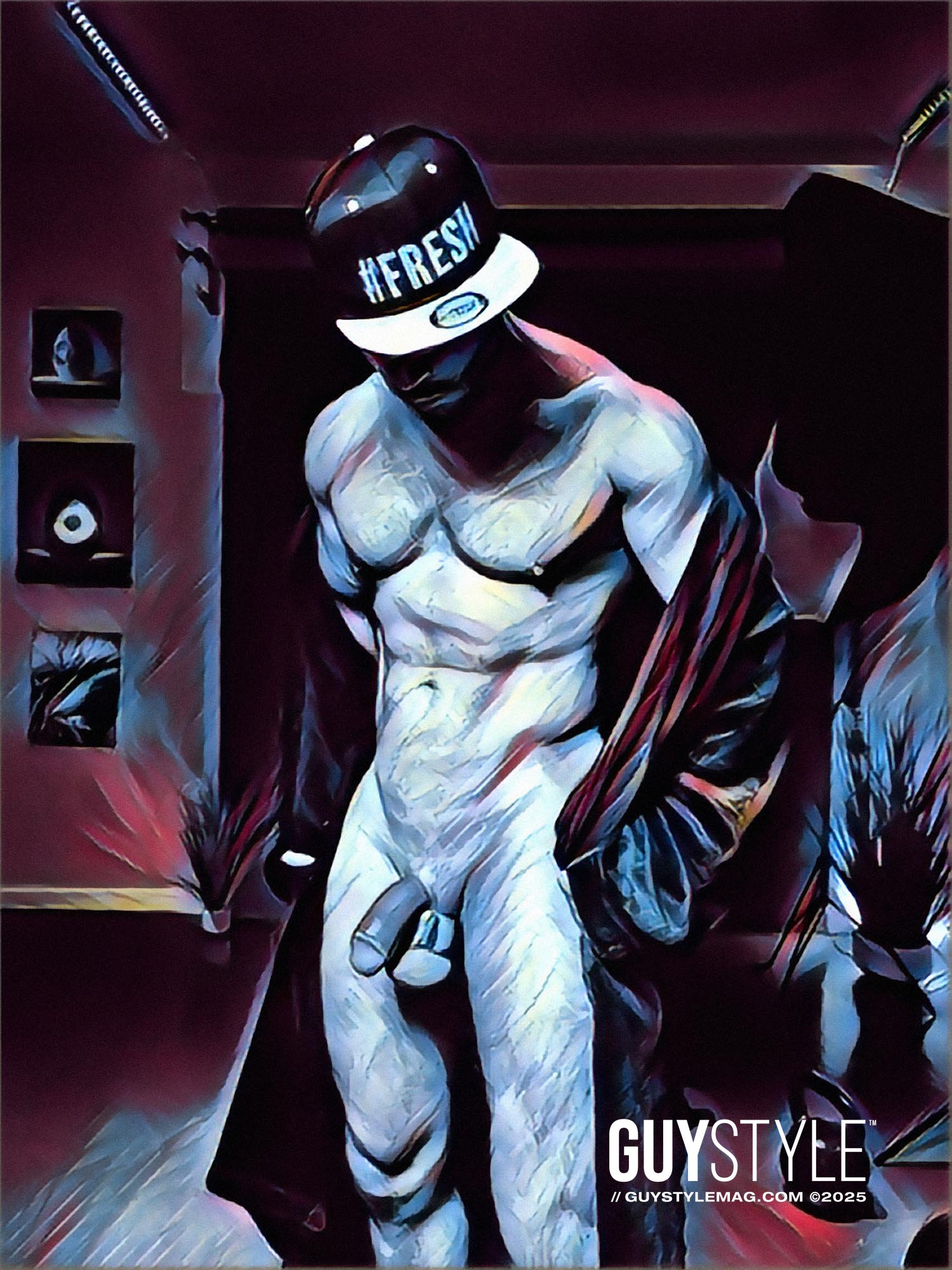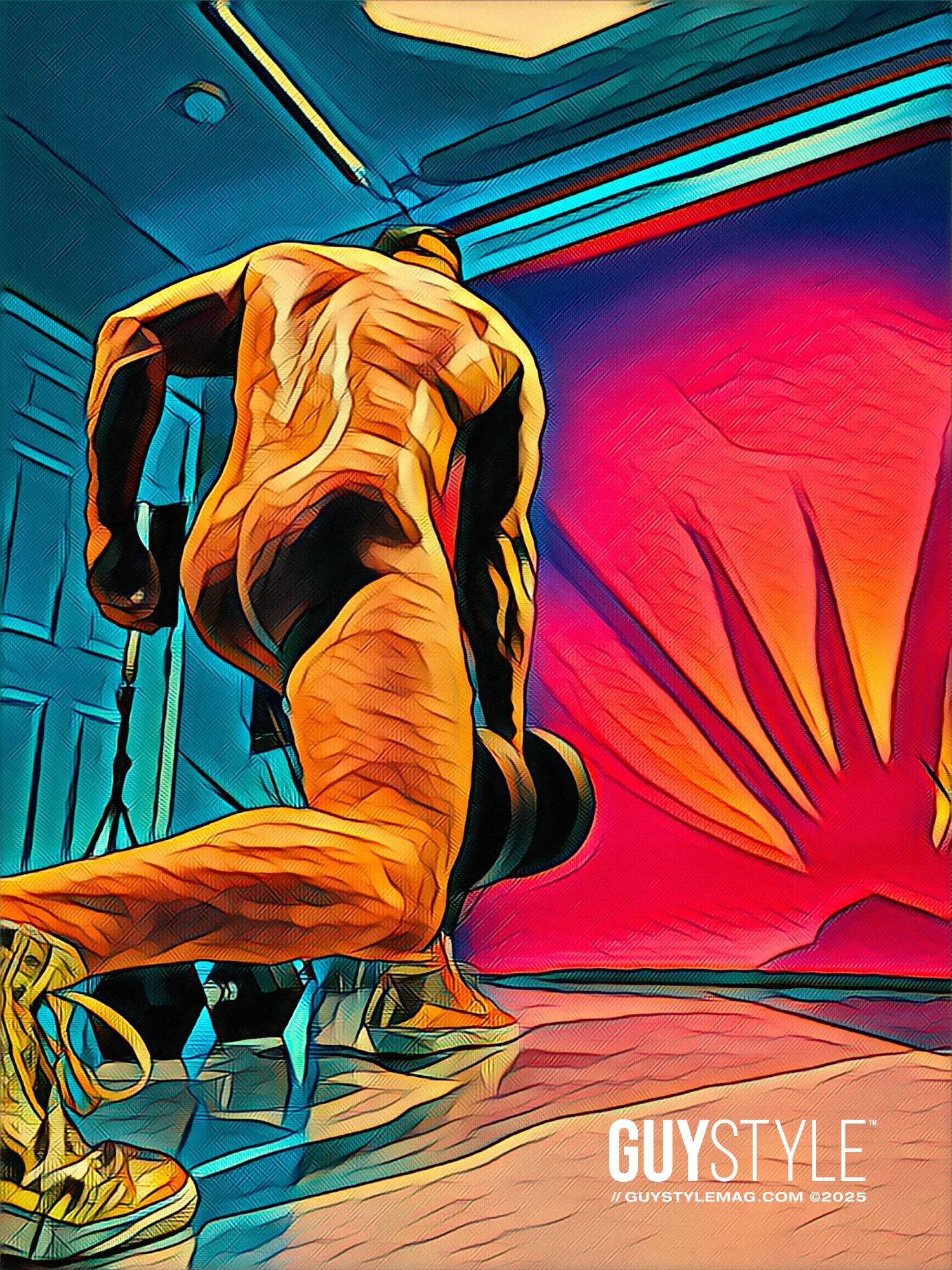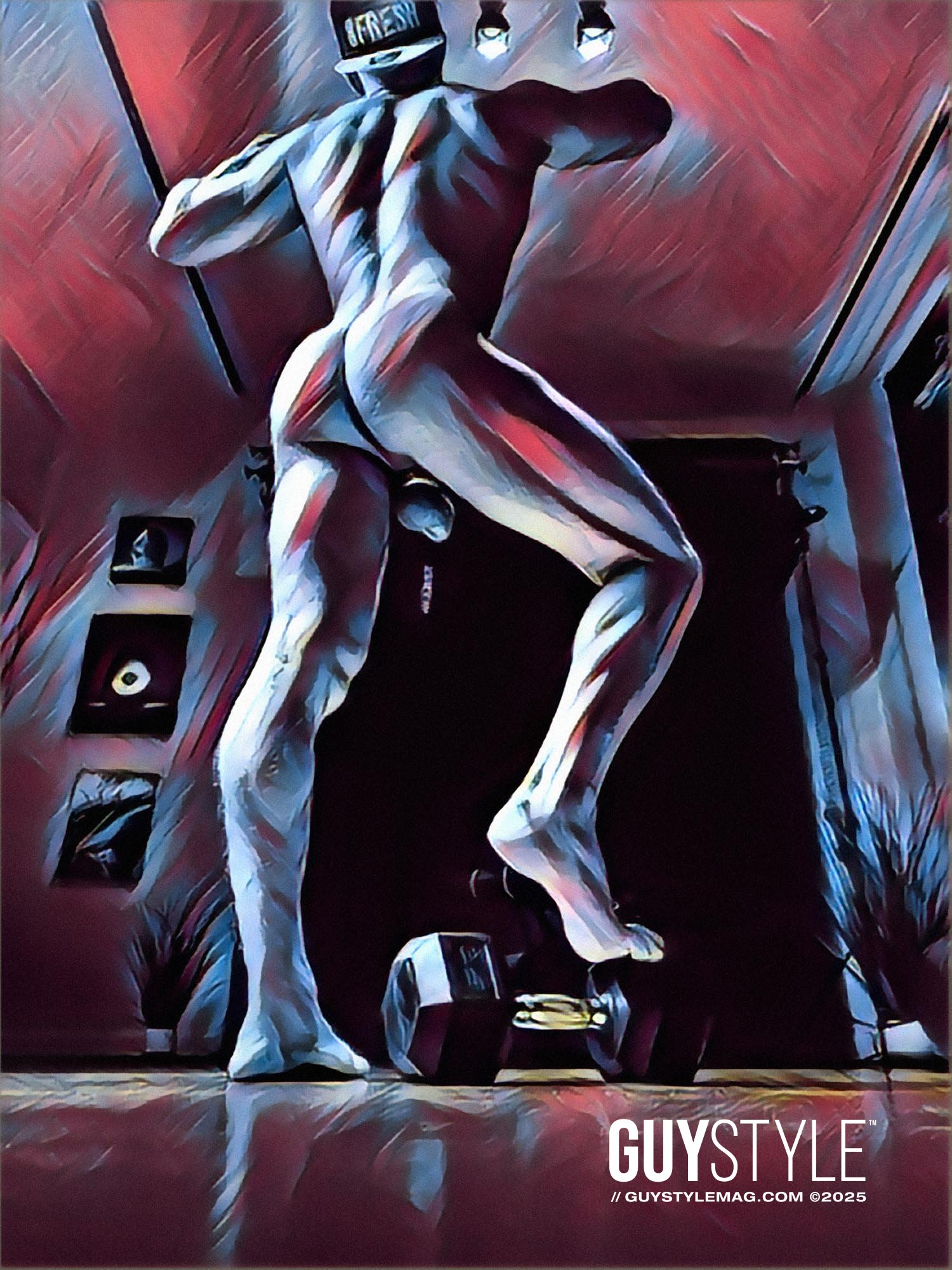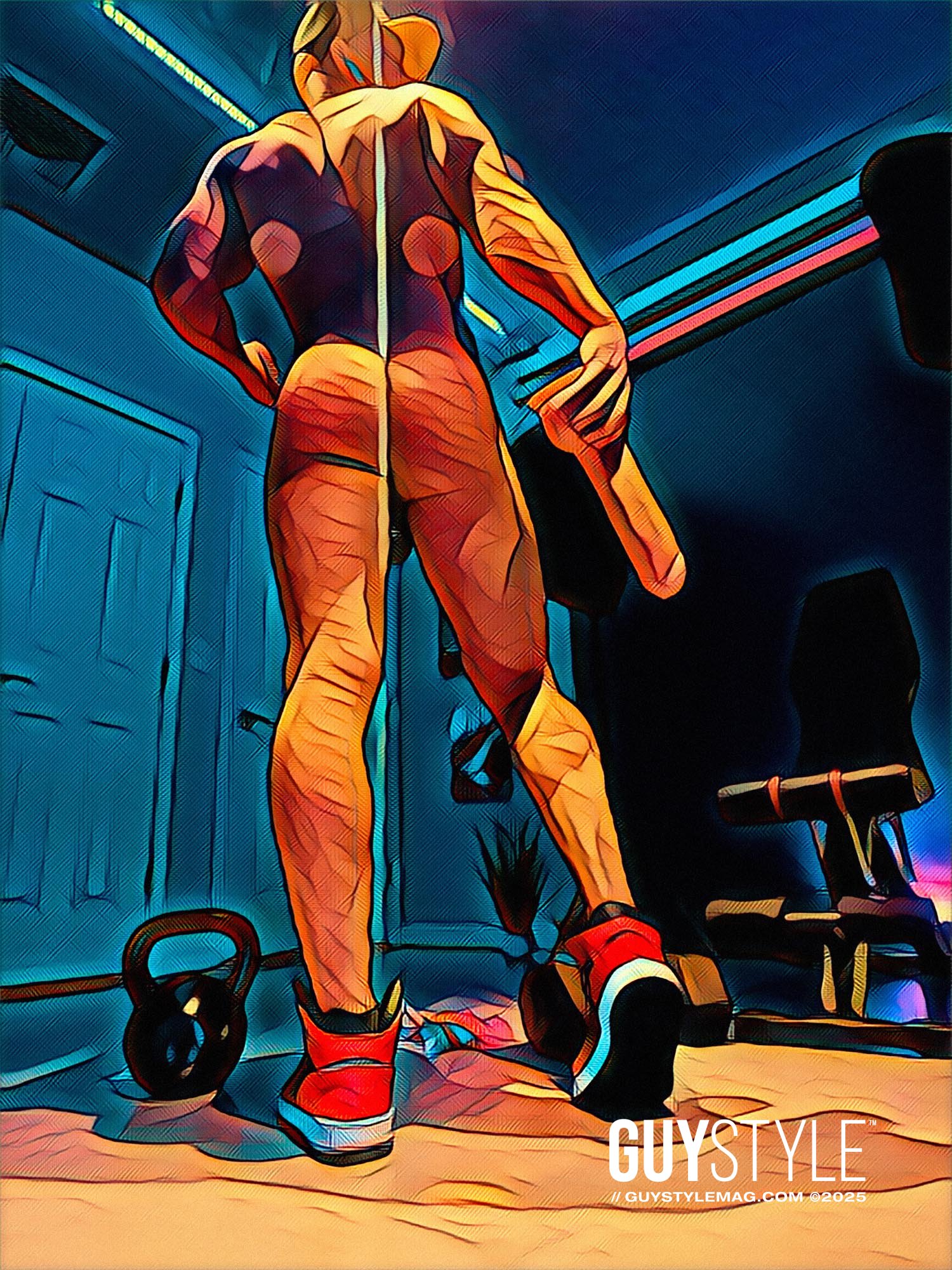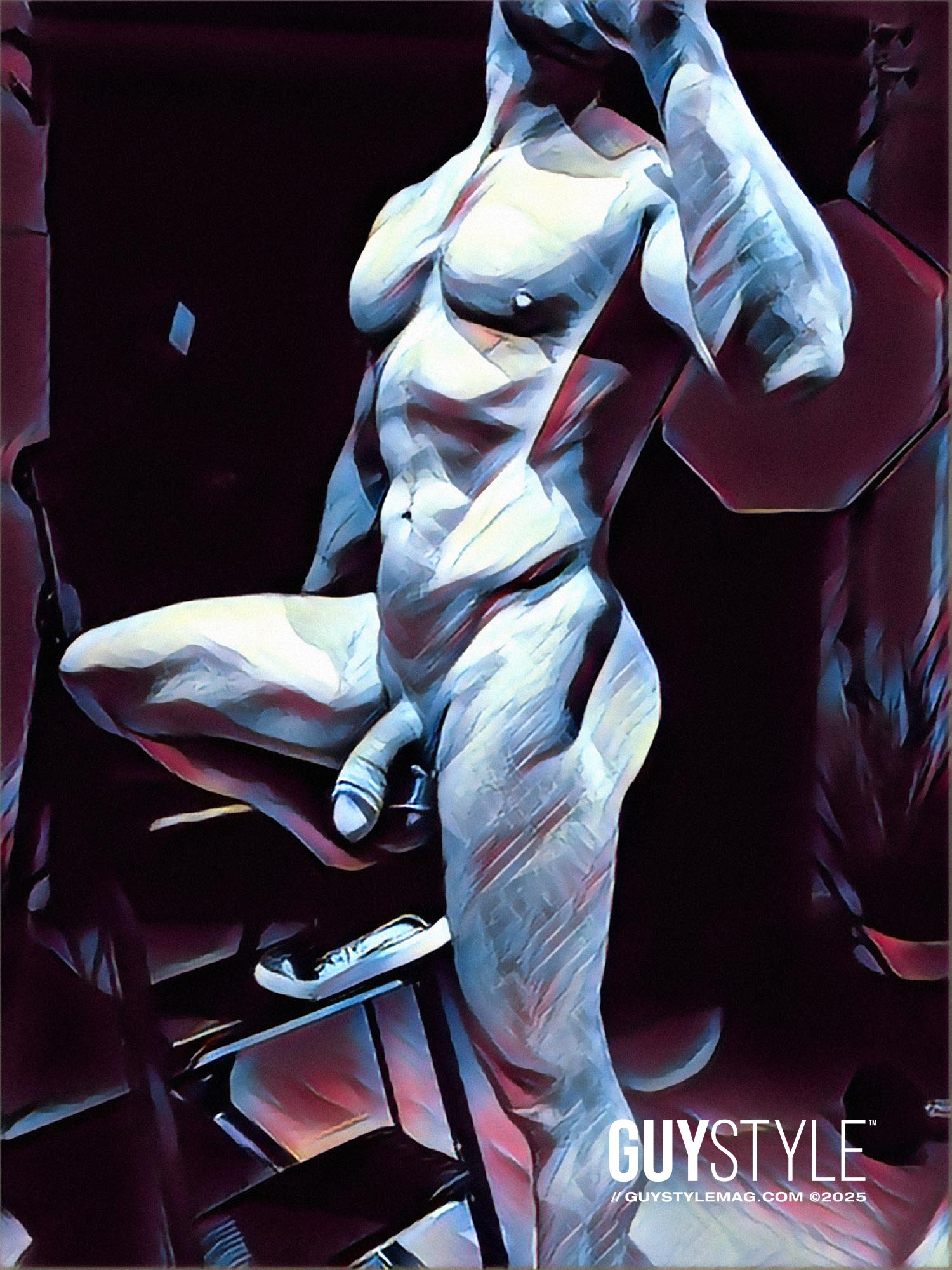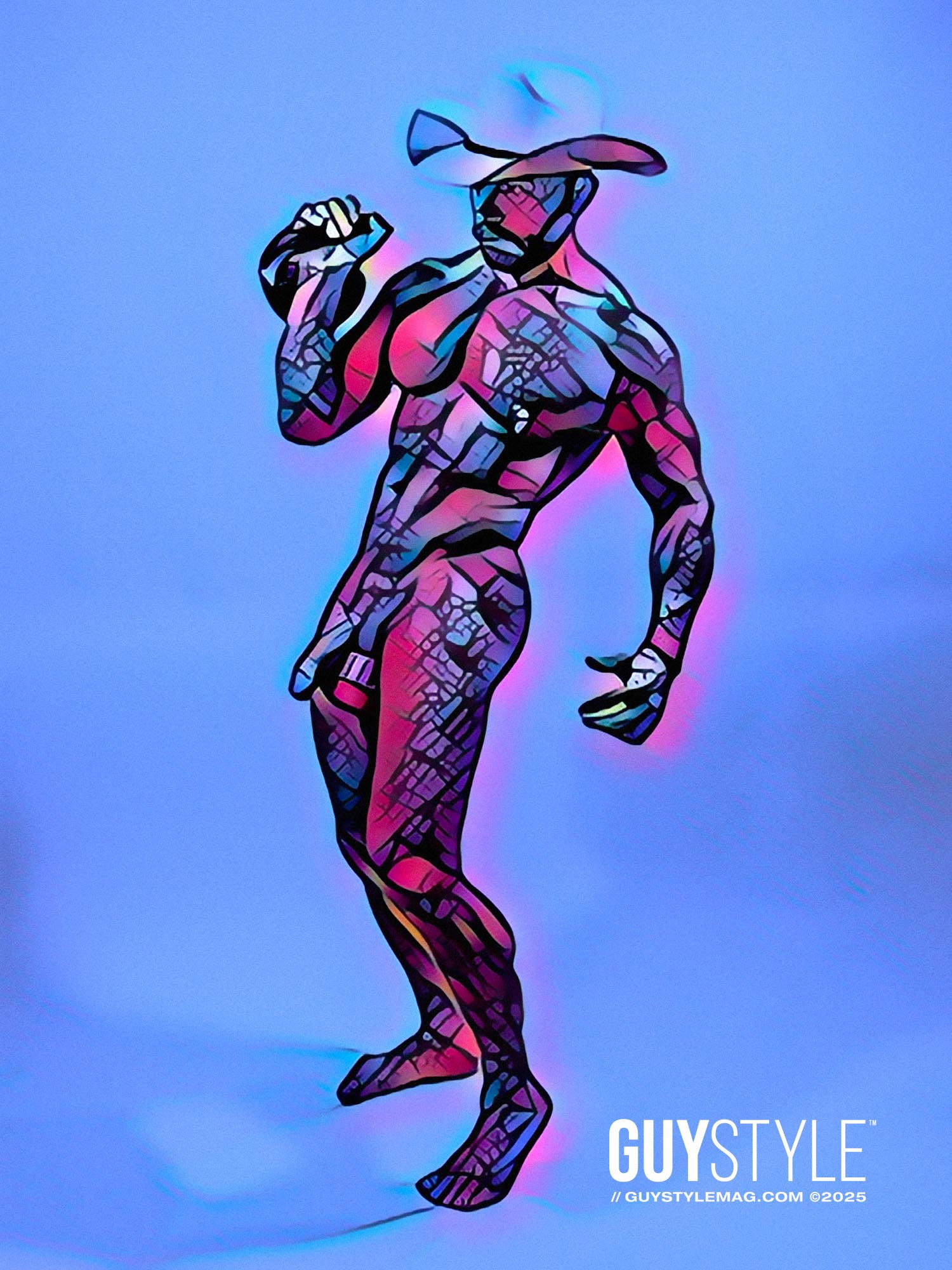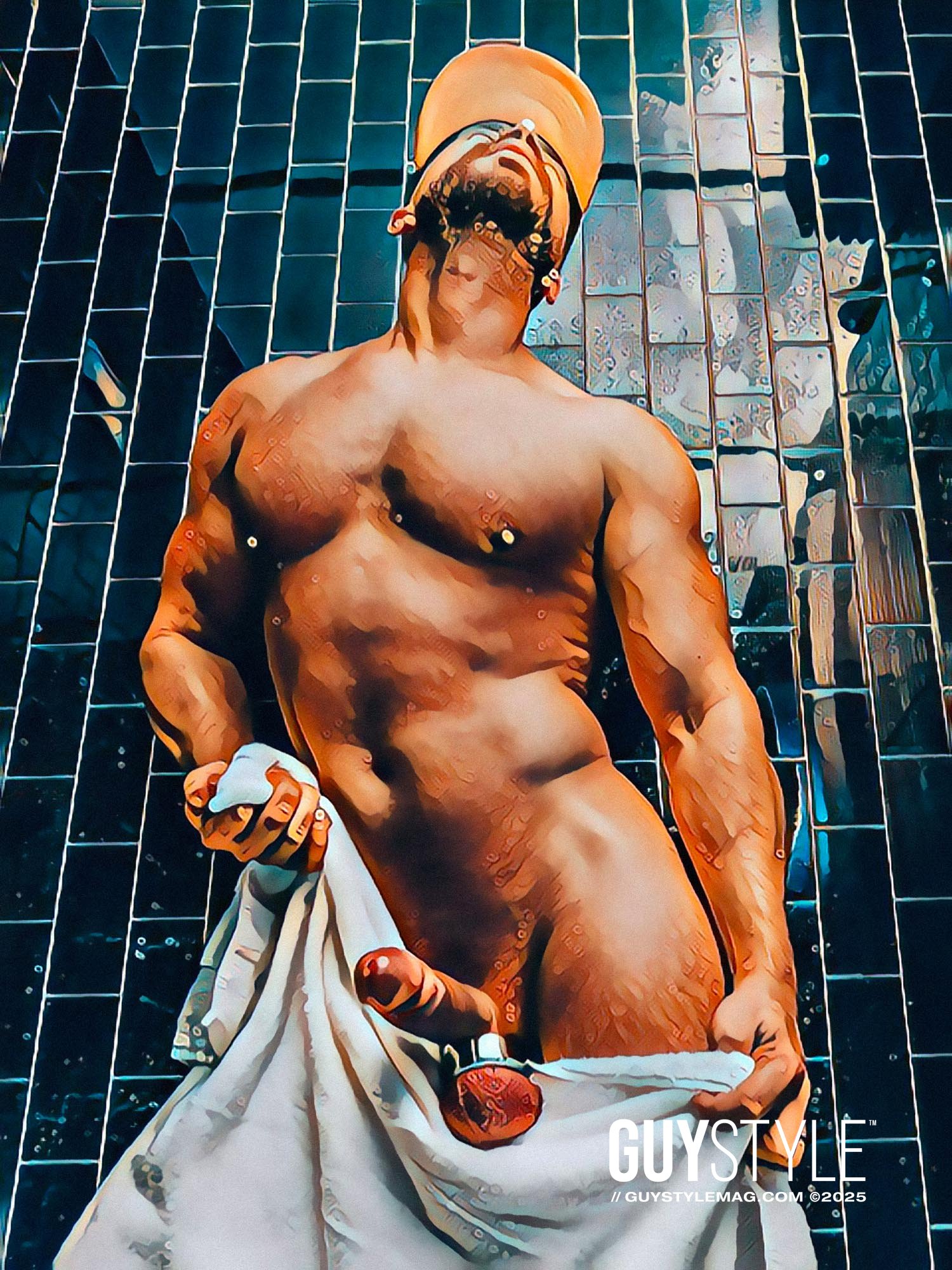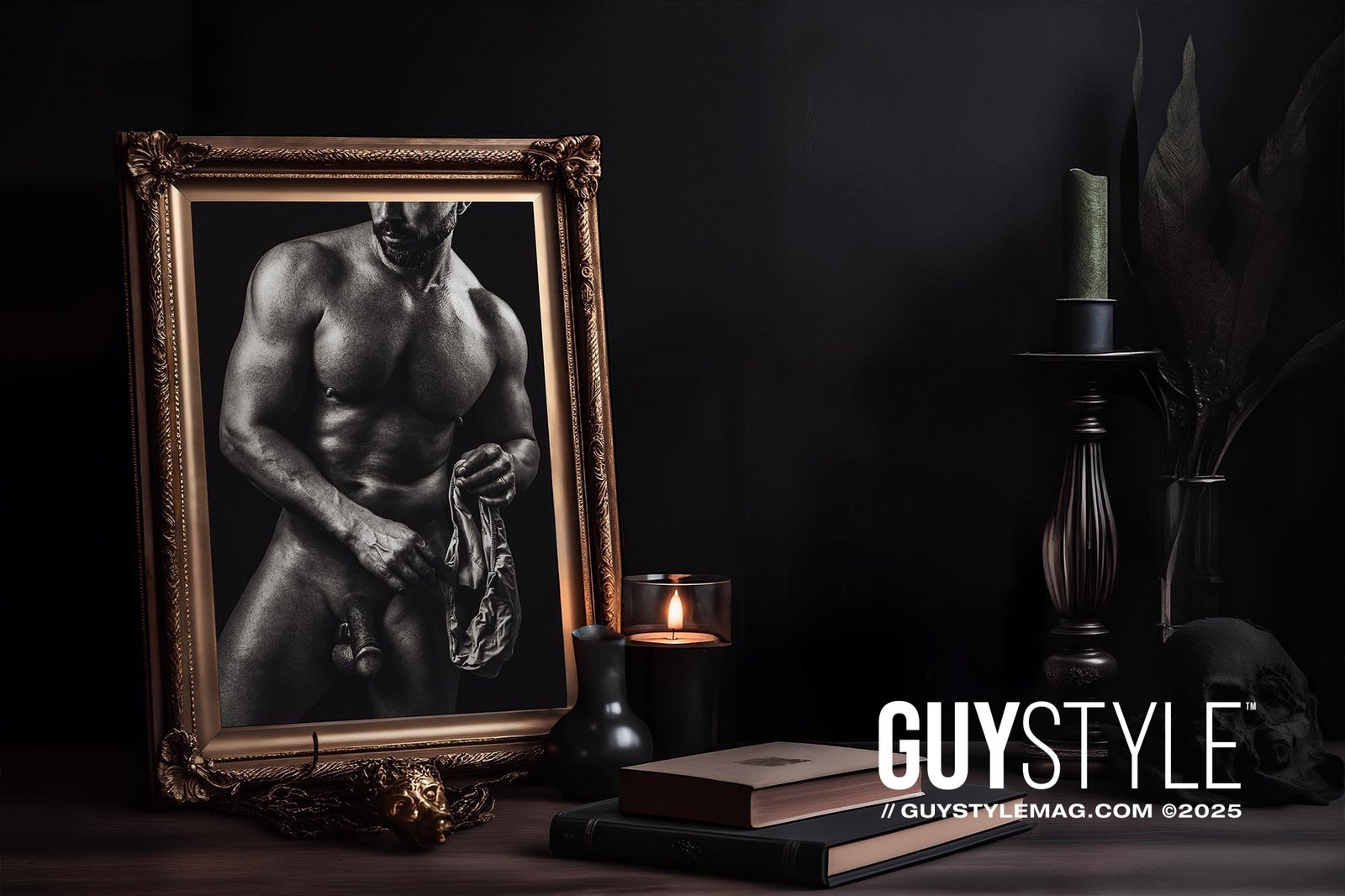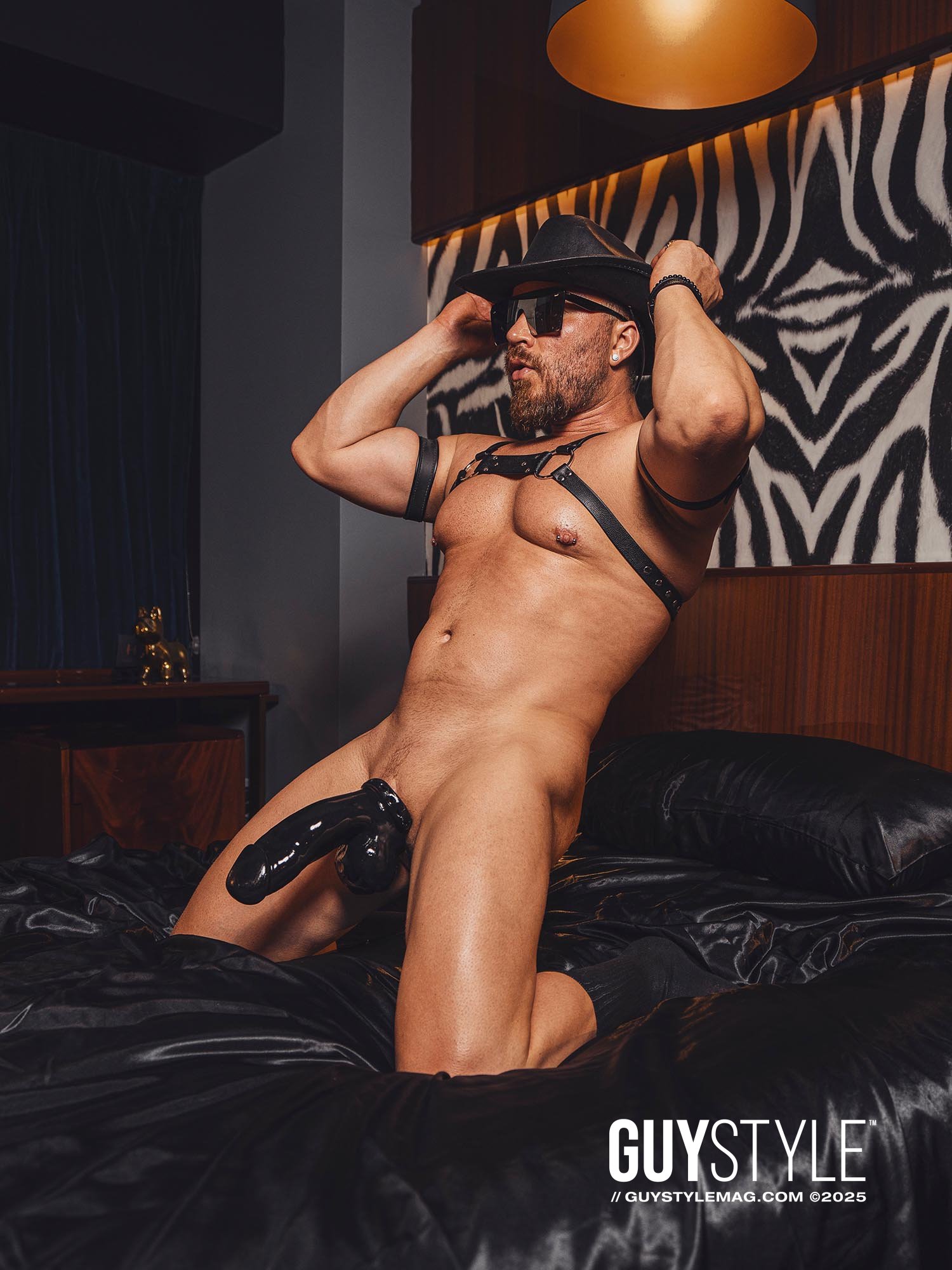I conceived the Homoerotic Pop Art Prints Collection during the first lockdowns of the pandemic, when isolation forced me to look inward and art became both survival and rebellion. What began as an experiment with my fine-art photography has evolved into a growing continuum of homoerotic pop paintings, reimagined through AI and infused with the color, humor, and tension of contemporary queer life. The work is raw yet precise, playful yet deliberate—a collision of sensuality, technology, and cultural critique that keeps expanding every day.
Postcard Uprisings: Homoerotic Art for a New Public – By Maxwell Alexander — Artist/Activist and Mental-Health Advocate
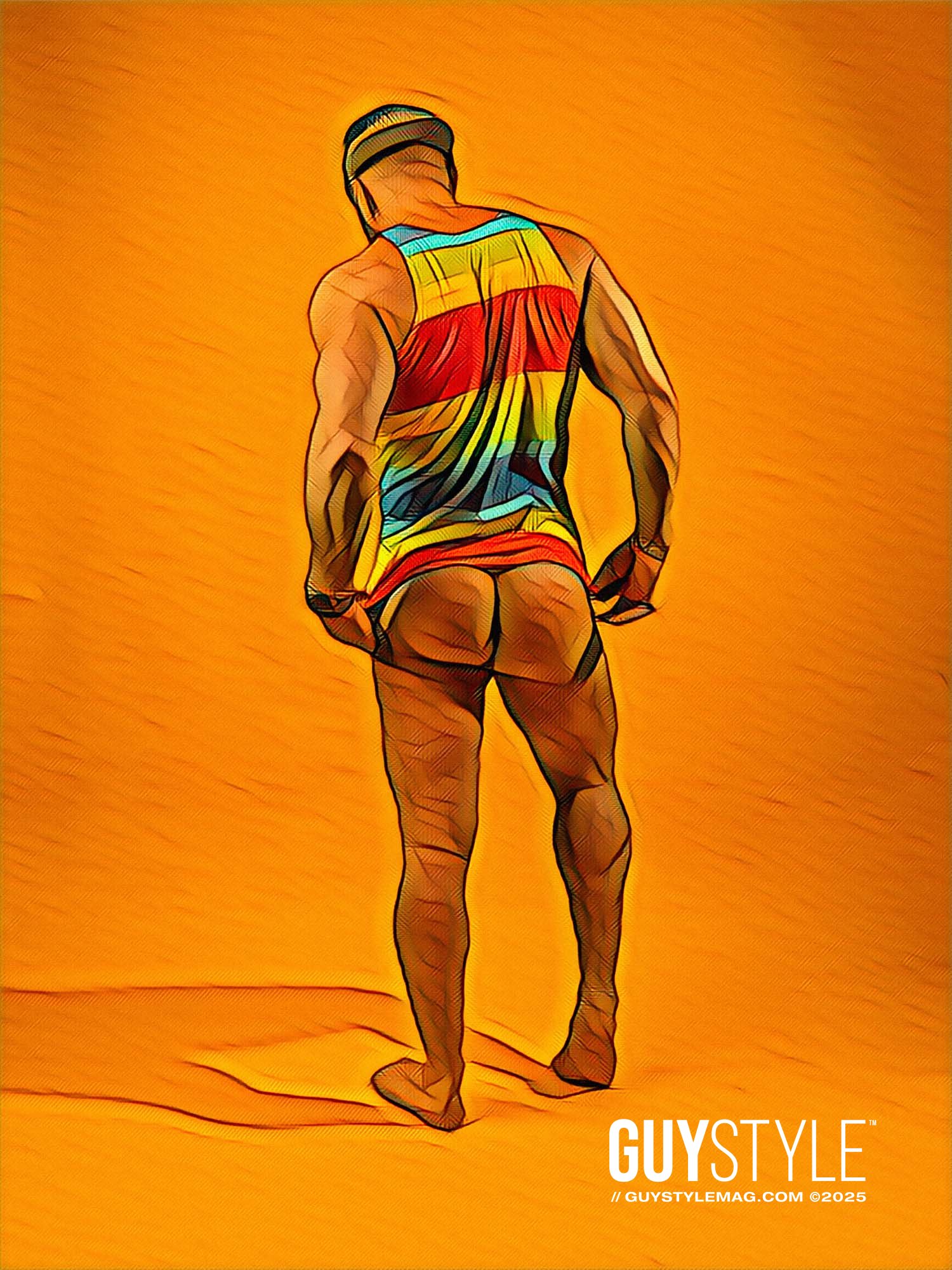
Each postcard-sized piece is both mass-produced and deeply personal: accessible to anyone, yet signed by my own hand—a privilege even my larger fine-art editions rarely share. Under the capitalist HARD NEW YORK banner, these prints move like cultural contraband, infiltrating ordinary spaces with unapologetic visibility. They are Trojan horses of sexuality, beauty, and liberation—made to start conversations, shift perceptions, and remind the world that queer desire is not a side story in human history.
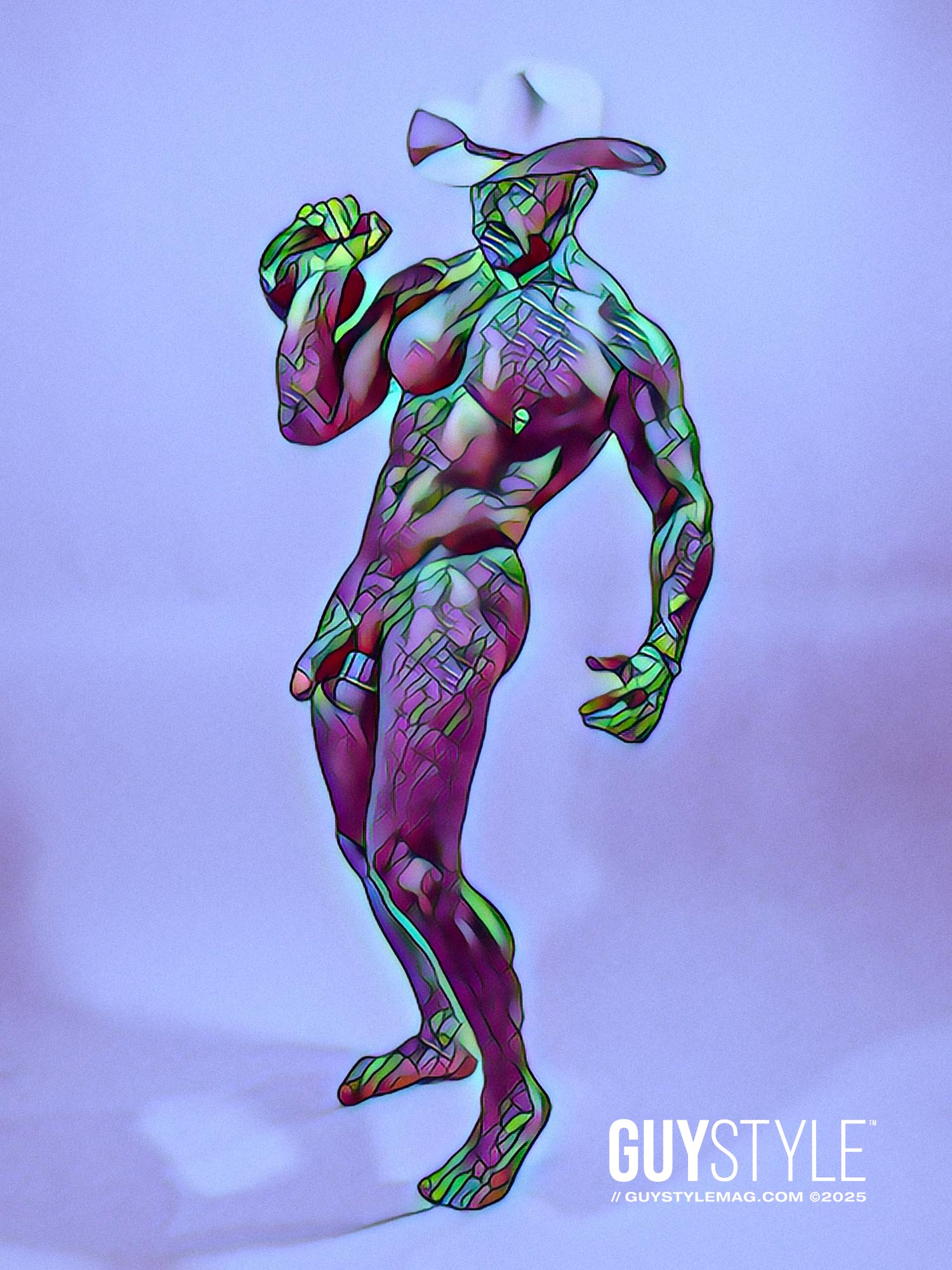
What began as my attempt to reclaim erotic imagery from censorship has become a living archive of queer joy—because queer joy isn’t niche, it’s universal.
This is art designed to travel, to be touched, to be shared. For fans, for the community, for everyone who believes that sexuality—like art—should be seen, celebrated, and set free. These cards travel like seeds: slip one into a book, pin one to a wall, send one through the mail. Every small print carries a single truth—queer desire exists, belongs, and deserves daylight.
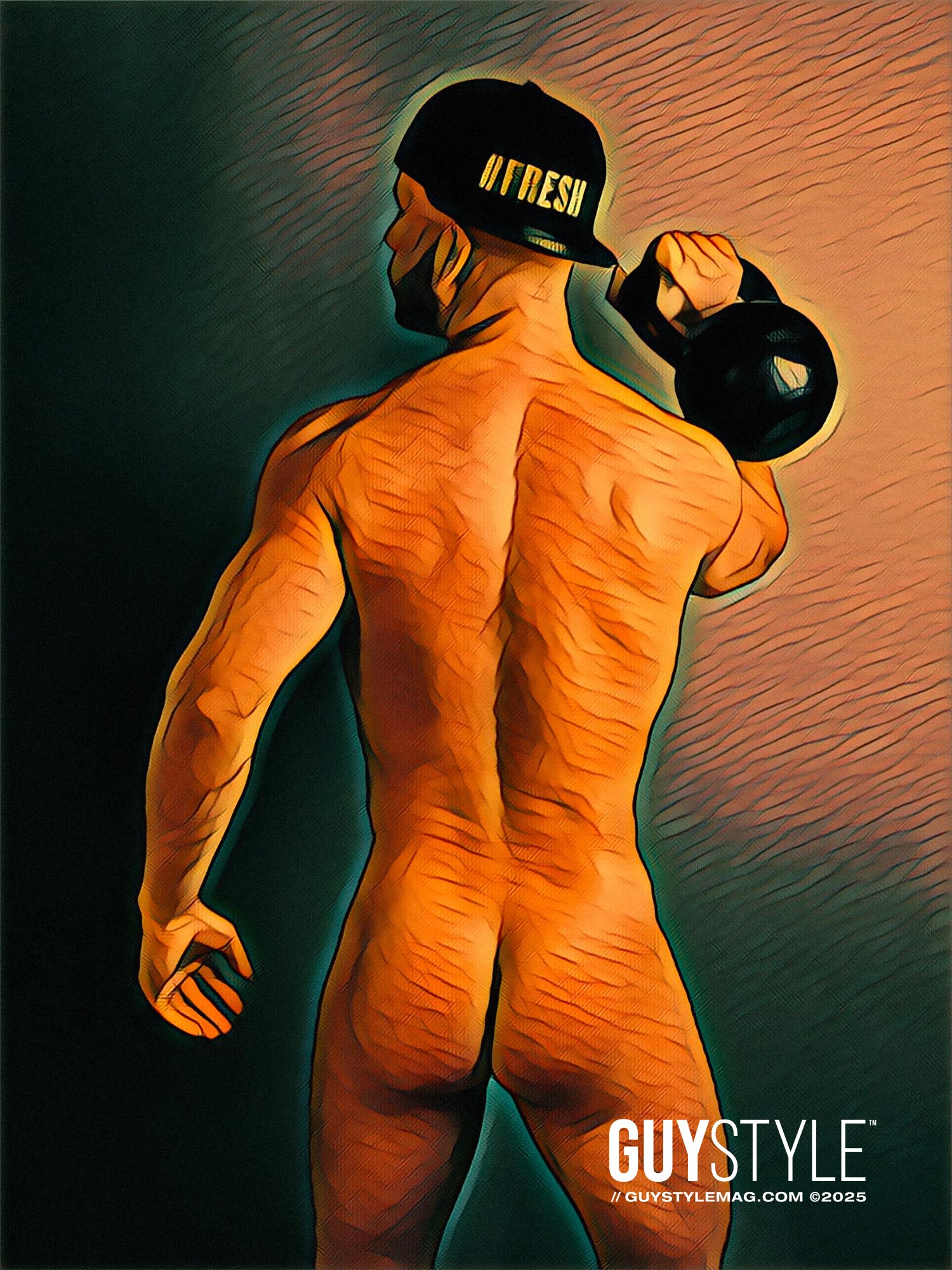
A very old story history tried to erase
Ancient Greece carved naked heroes into eternity. Kouroi stood proudly in sanctuaries and city squares; athletes competed and celebrated in the nude; the erotic body signaled strength, beauty, and virtue. Rome copied and broadcast that aesthetic across an empire. Phallic symbols protected doorways, wine shops, and kitchens in Pompeii; amulets shaped like the fascinum promised luck and warded envy. The body was not a scandal. It was culture.
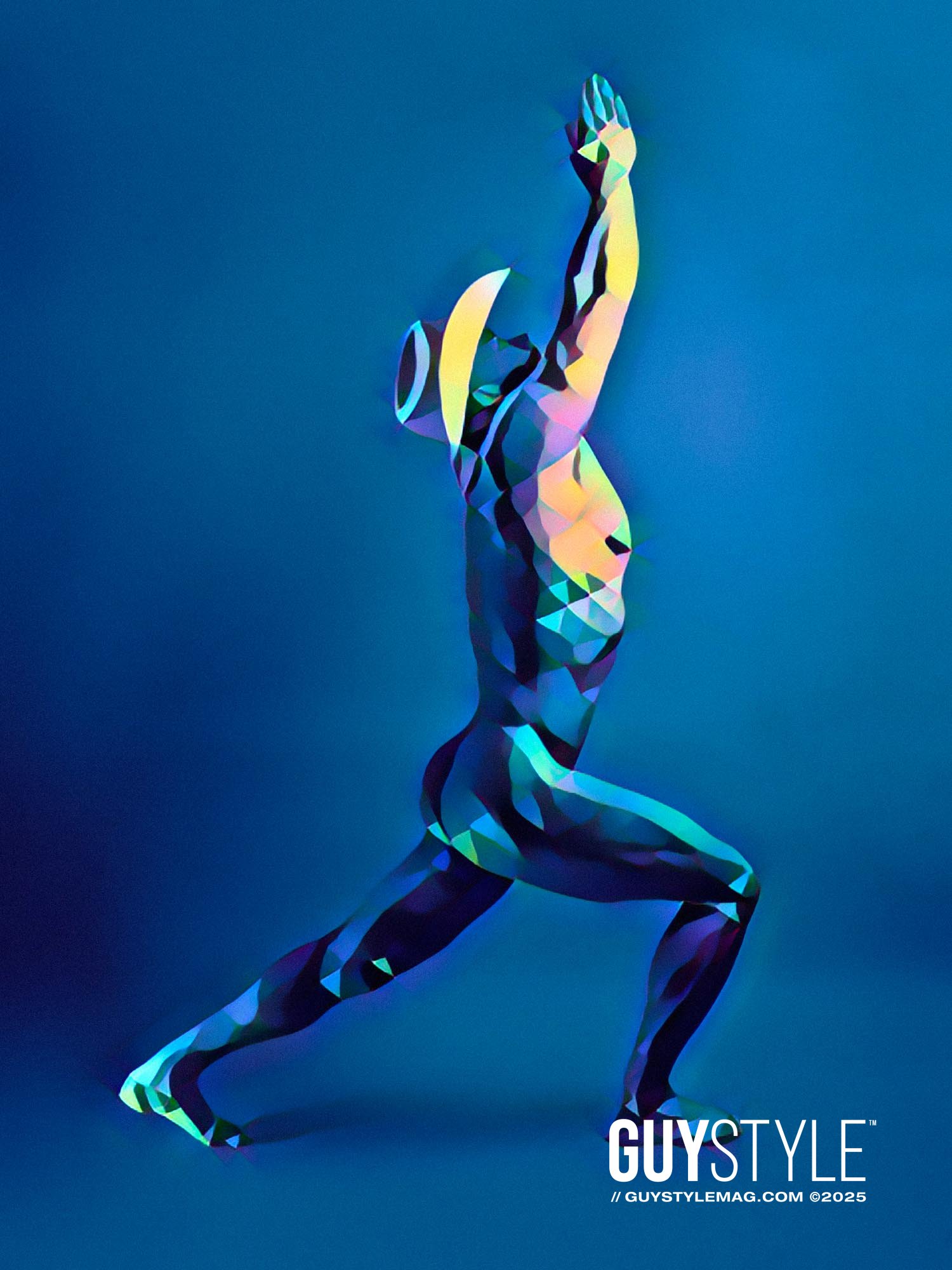
Later, power changed hands and shame became policy. Medieval and Counter-Reformation authorities draped fig leaves over frescoes and marble alike. Centuries rolled on and new gatekeepers arrived: the Comstock laws of the 19th century criminalized “obscenity,” collapsing art, sex education, and queer expression into one punishable category. In the 20th century, censors policed movie screens and museum walls while queer artists smuggled truth through coded images and underground publications. Think of Touko Laaksonen—Tom of Finland—who drew a gleaming world of masculine desire and handed generations a new visual vocabulary for pride.
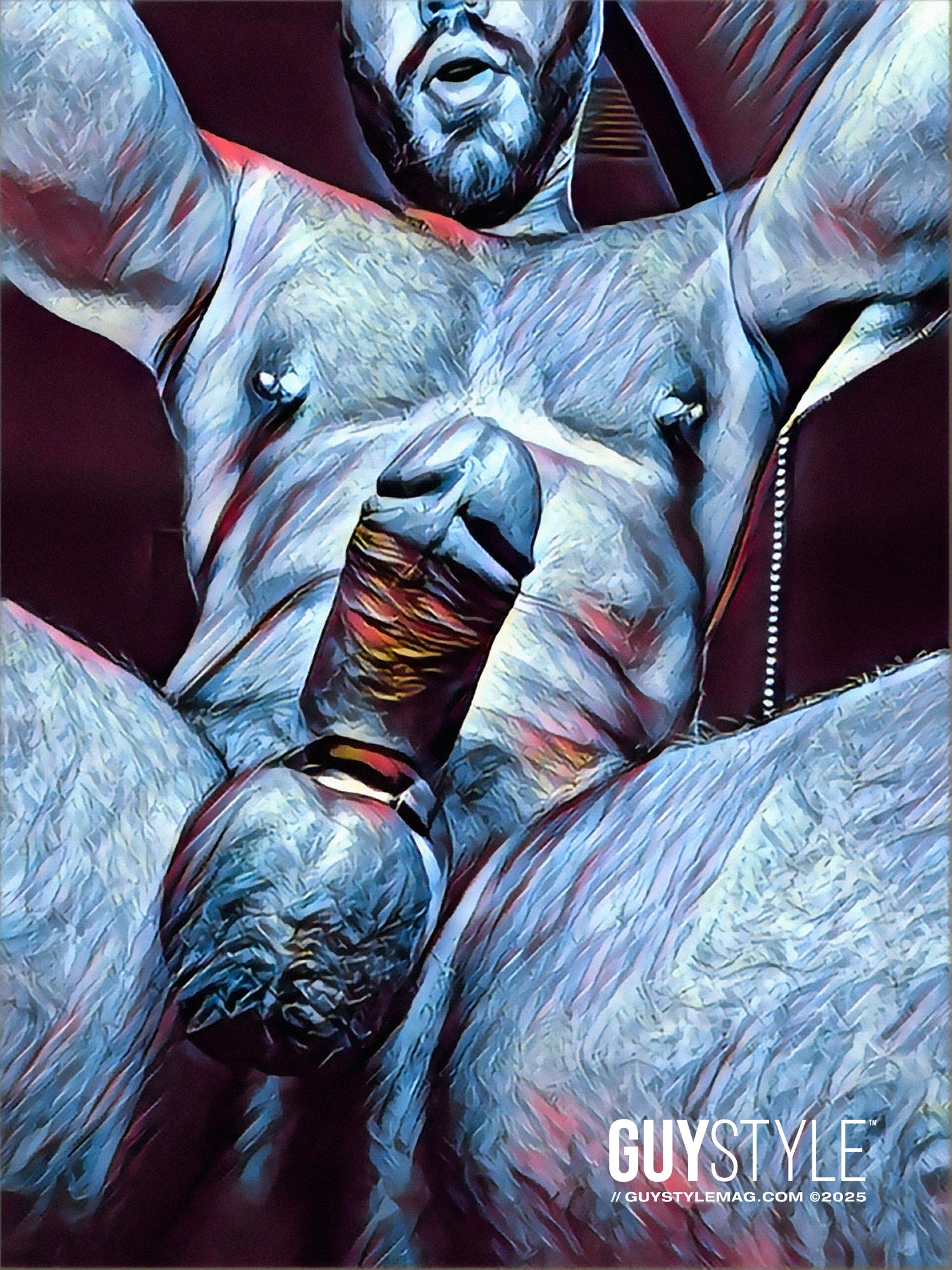
By the late 1980s, Robert Mapplethorpe’s photographs forced the country to stare directly at the line between art and “indecency.” Courtrooms filled, a museum stood trial, and a jury acquitted. Around the same moment, ACT UP and other coalitions were plastering cities with graphic design that made grief and rage legible. Art kept saying what law and politics tried to muffle.
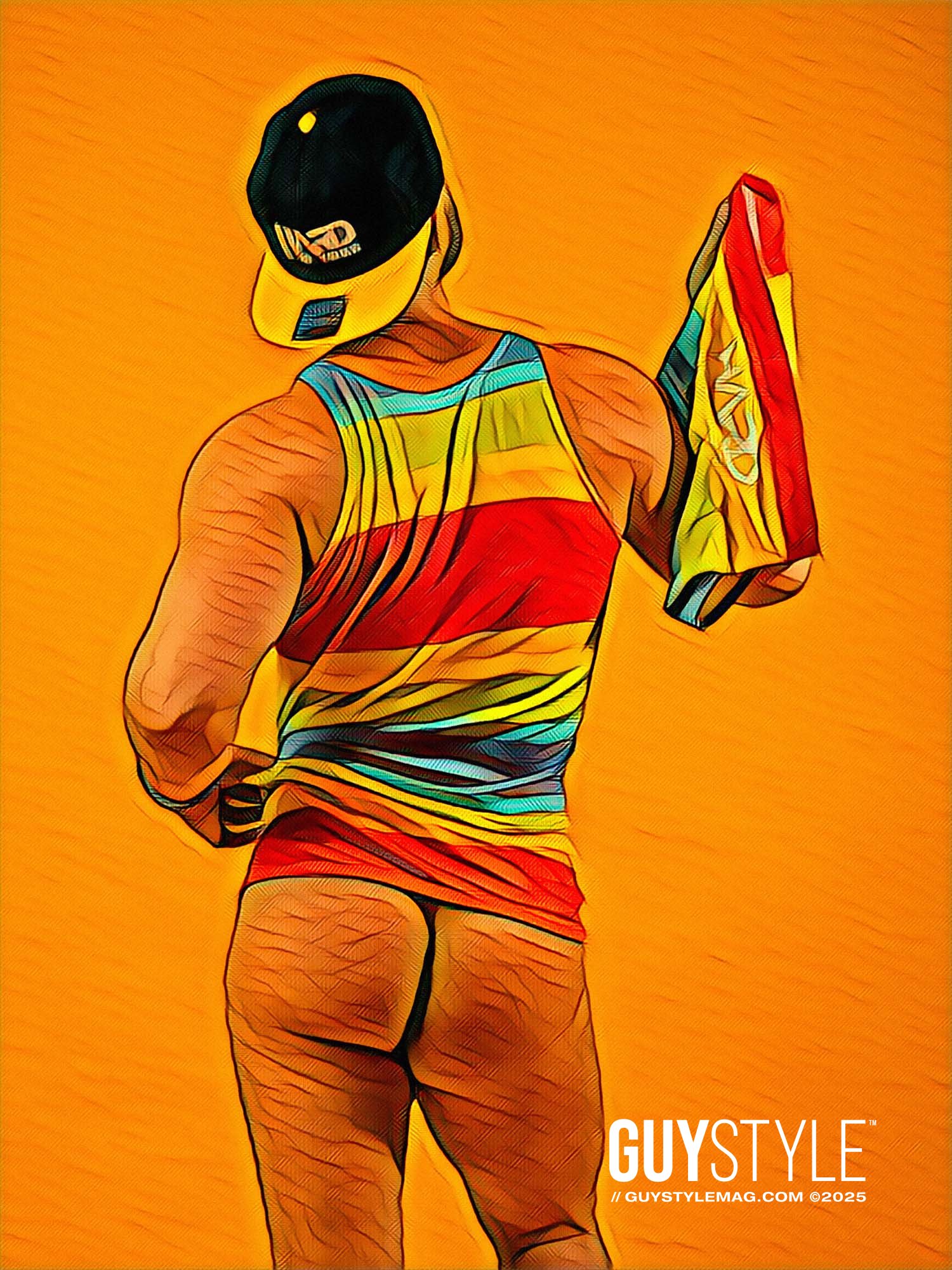
Stonewall made a spark in 1969; Lawrence v. Texas in 2003 knocked down sodomy bans; Obergefell in 2015 affirmed marriage equality. Progress moved, then backlash snapped at its heels. Book bans, drag bans, platform crackdowns, and payment-processor puritanism try to rebrand shame as public safety. My prints answer with a grin: the human body still tells the truth, and truth travels well on cardstock.
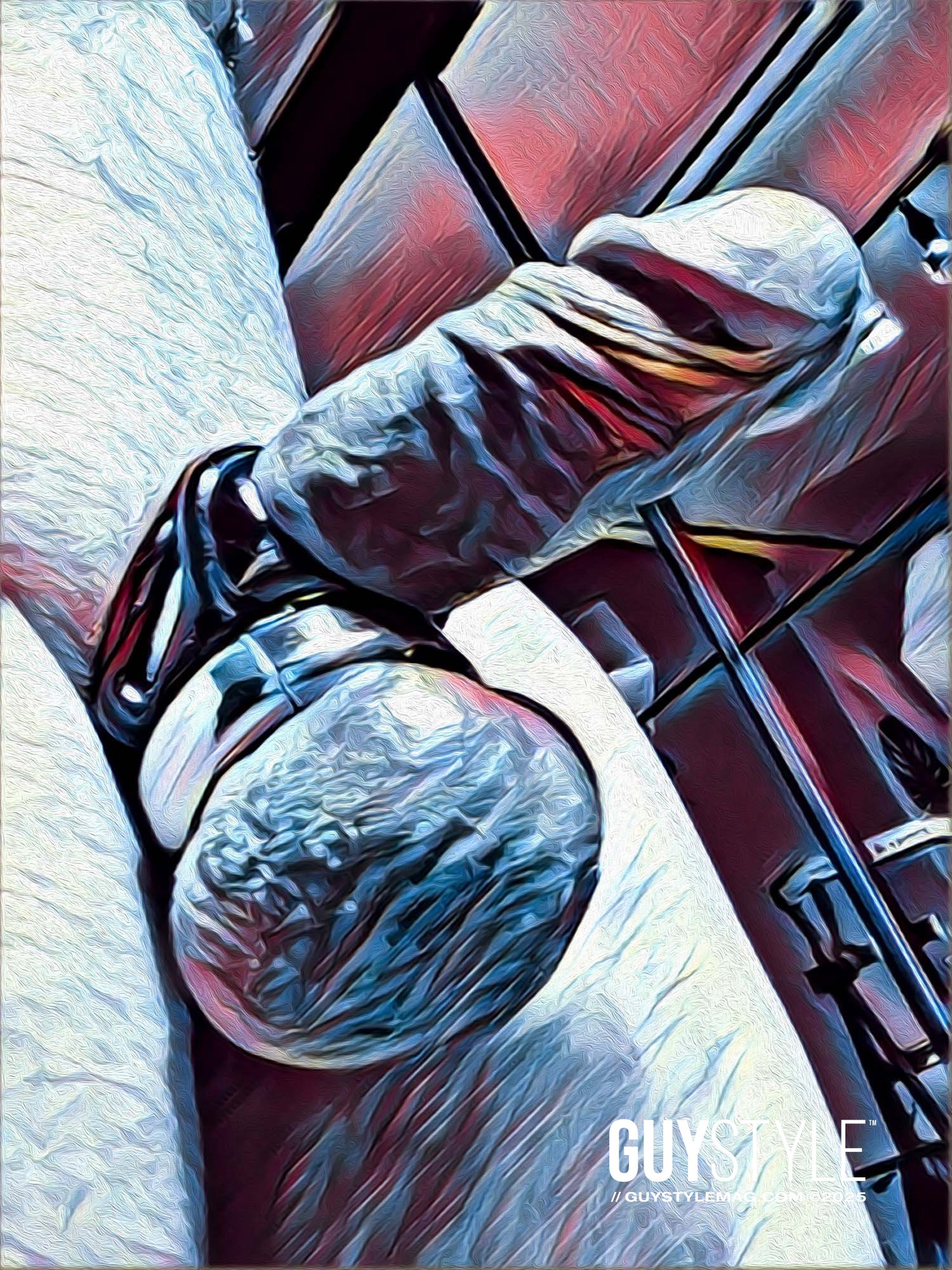
Why I work small and loud
Postcards are democratic. Museums can gatekeep; a 4x6 can hang anywhere. I paint, photograph, and stylize the erotic body with techniques cribbed from Old Masters—chiaroscuro, drapery illusions, compositional triangles—so the image reads like culture rather than contraband. The subject matter nods to contemporary pleasure culture—phalli, rings, stretchers, plugs—while the finish whispers “gallery.” The tension is the point. These aren’t shock pieces; they’re civic messages wrapped in classical aesthetics.
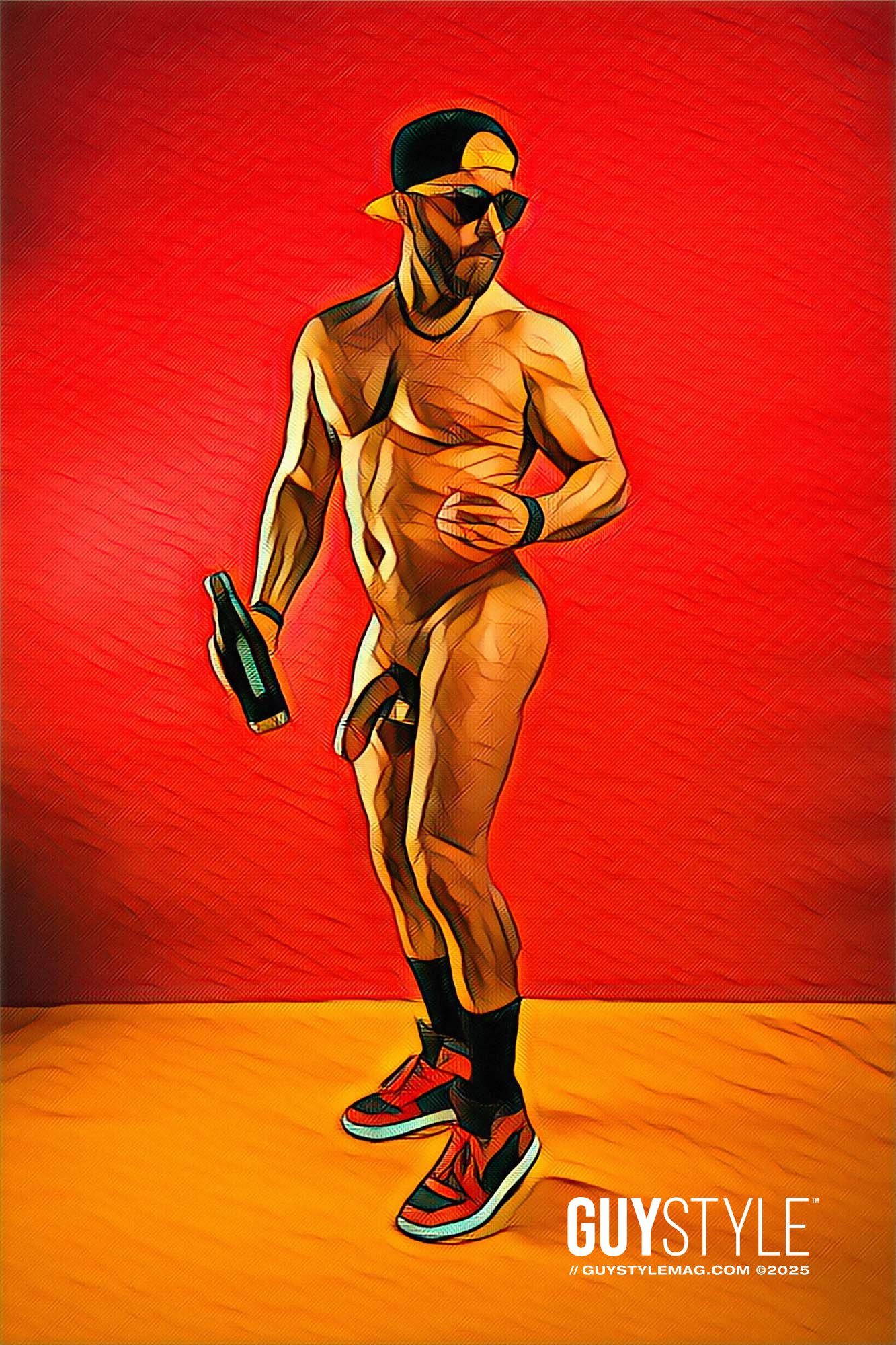
The law, the loophole, the living body
First Amendment protections cover both art and political speech. Yet obscenity law—copy-pasted from religious dogma—still staggers around under the Miller test, trying to measure “prurient interest,” “patently offensive” content, and “serious value.” My practice speaks to that third prong: historical, artistic, and political value. I stage the erotic body within a classical frame to prove continuity with the oldest tradition there is—the human form as knowledge, ritual, and beauty. That continuity is the loophole: truth presented as art, because it is art.
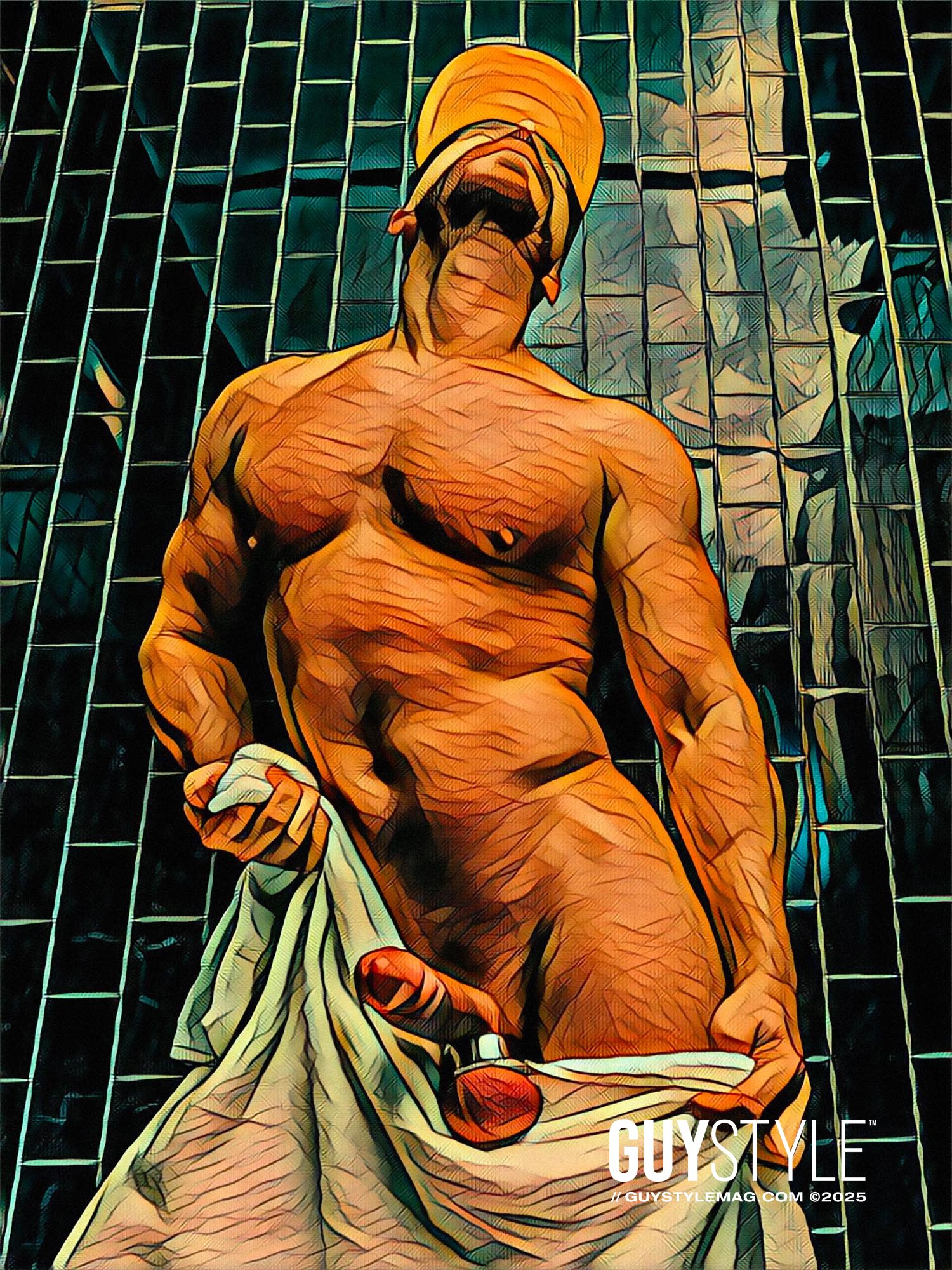
And yes, payment should follow suit. Use Apple Pay, Google Pay, Visa, MasterCard, American Express, Discover—lawful art deserves lawful rails. Every clean transaction exposes the hypocrisy of systems that preach freedom while quietly throttling queer commerce.
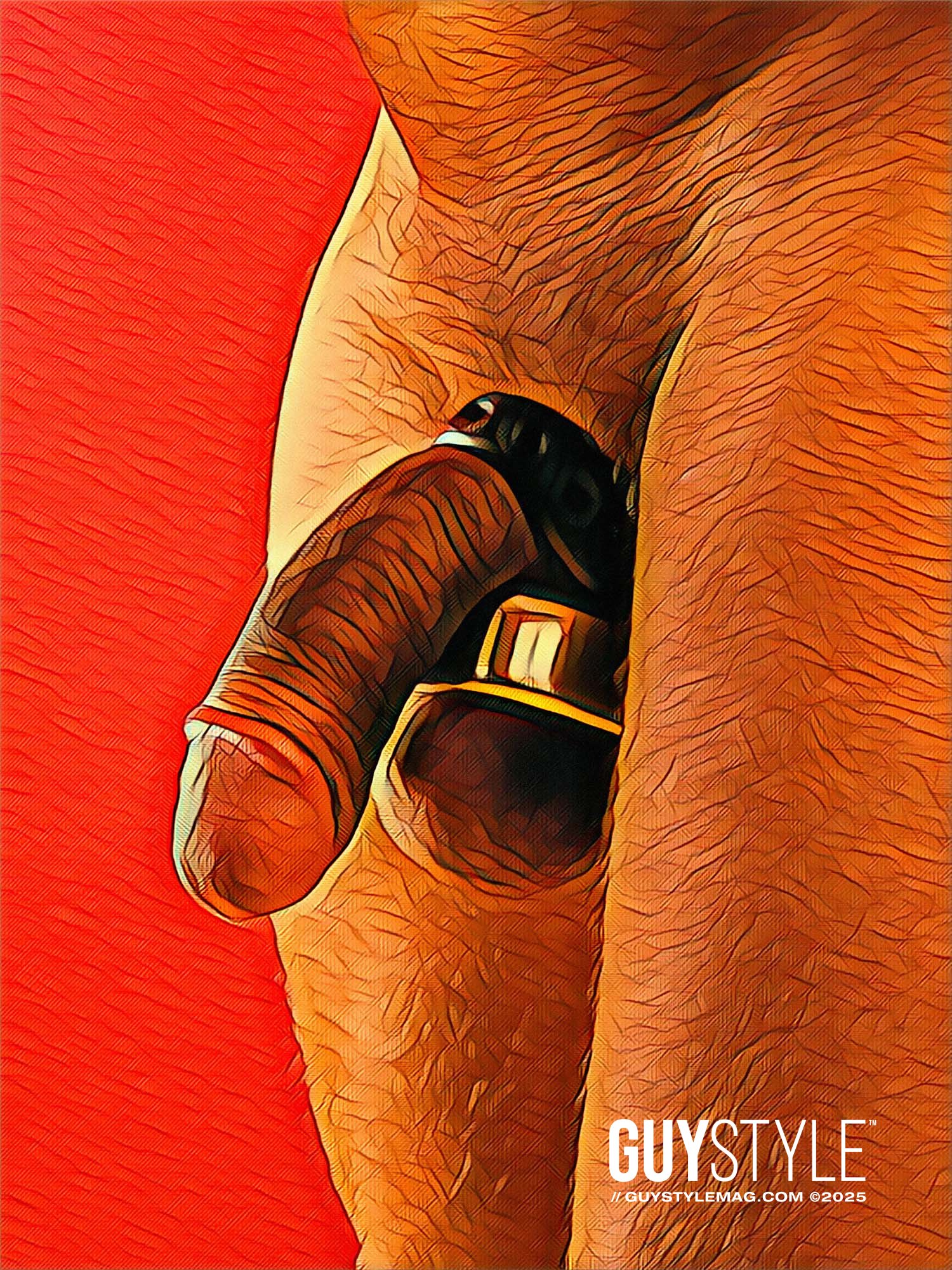
Liberation is public health
I make this work as a mental-health advocate because visibility saves lives. Shame breeds isolation; isolation breeds despair. Art breaks the seal. When a young gay man sees a beautiful, unapologetic phallic image on a postcard—handled with care, rooted in history—he learns that desire can be intelligent, joyful, and worthy. When a trans or non-binary viewer recognizes their body’s possibilities honored rather than pathologized, the nervous system exhales. Queer art nourishes because it validates experience. That validation reduces stigma, and reduced stigma supports health.
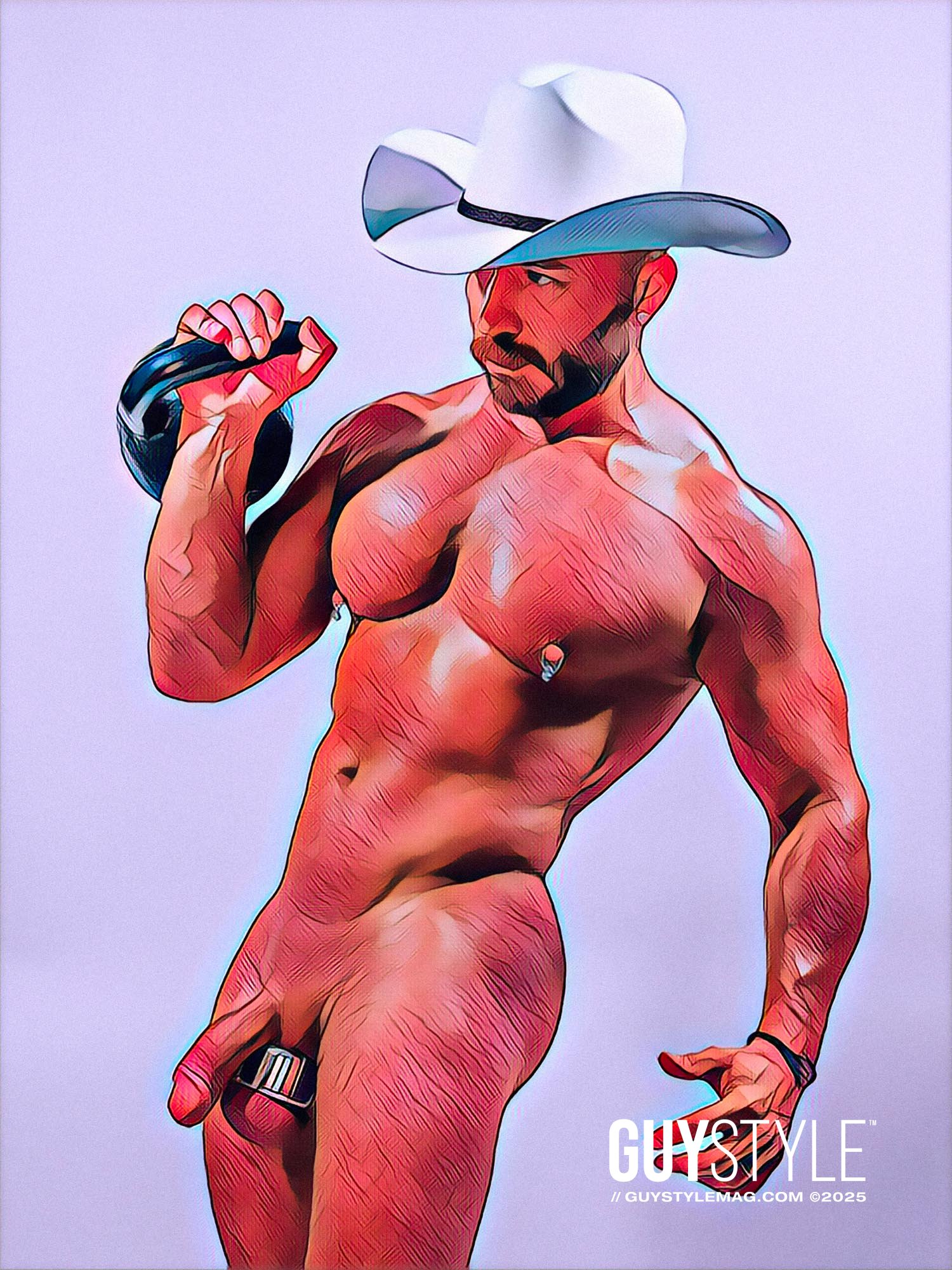
From temple courtyards to your fridge door
The journey runs like this: marble courtyards in Athens, frescoed taverns in Pompeii, veiled Renaissance chapels, outlaw zines in the 70s, courtrooms in the 90s, and now a postcard on your fridge. Same body, same spark, new address. These tiny pieces carry a big demand: let adults live free, love free, work free—artists, sex workers, and everyone whose livelihood intersects with pleasure and performance. Decriminalization and labor protections protect safety, consent, and dignity. Culture grows healthier when consent and expression grow safer.
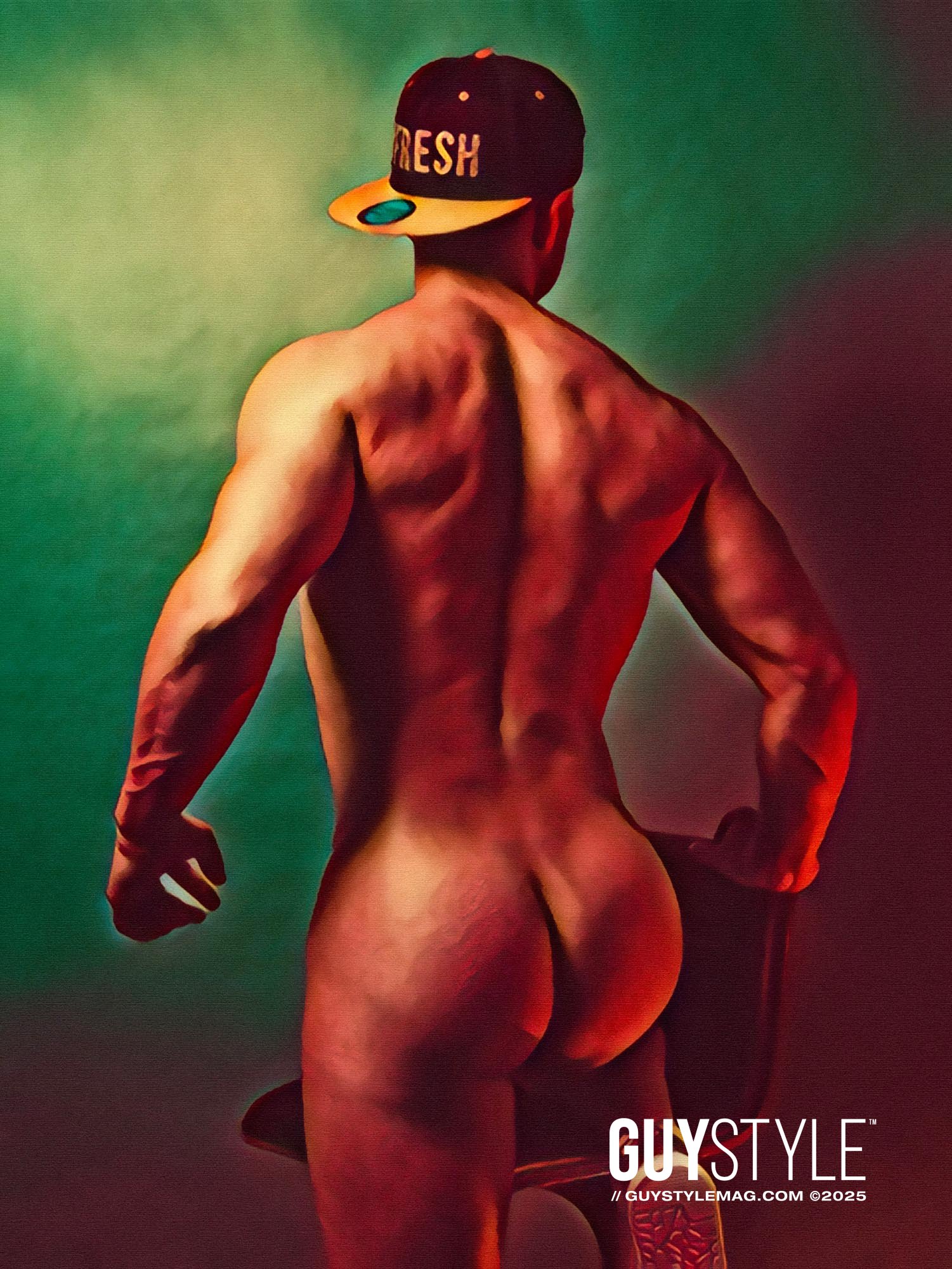
A note to the gatekeepers
Censorship always dresses as concern. Concern for children, concern for decency, concern for order. The real project is control. My project is the opposite: I am concerned about mental health of millions of people, emotional wellbeing of the unhappiest nation in the developed world. I make small art to move through large systems and detonate quietly on contact. Each print re-educates the eye: classical form, modern desire, zero apology.
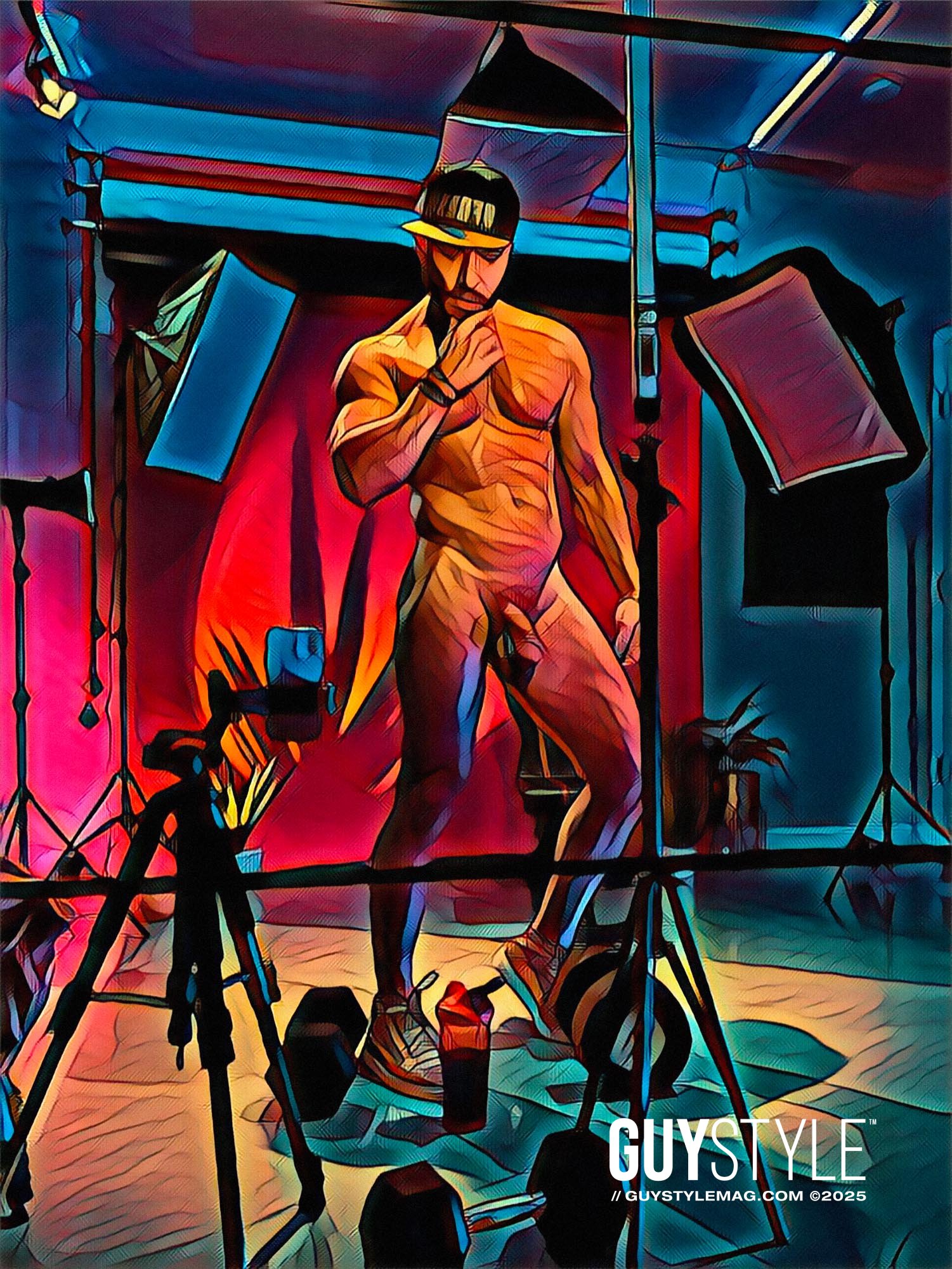
How to collect (and conspire)
Pick a card, scan the texture, watch the light sit on the curves, clock the painterly edges. Start with one, grow a salon wall, trade with friends, mail them across borders. You are participating in a lineage older than empire and newer than tomorrow’s feed. Every card says: the body belongs to the person who lives in it, and culture belongs to all of us.
Sex is work. Art is work. Liberation is work. I do my part with light, and paper. You can do yours by giving these images a home—and letting them speak where silence used to live.
